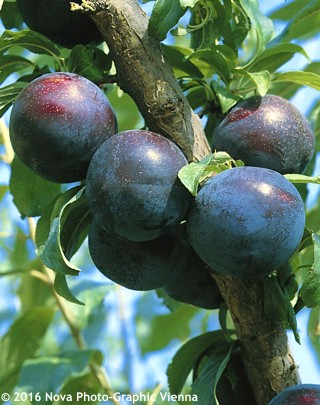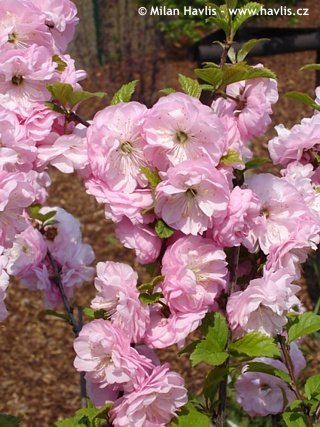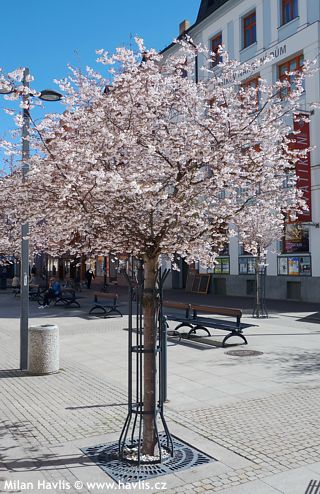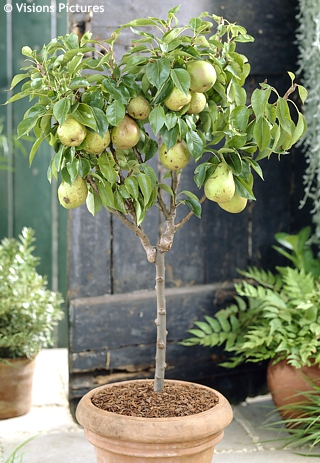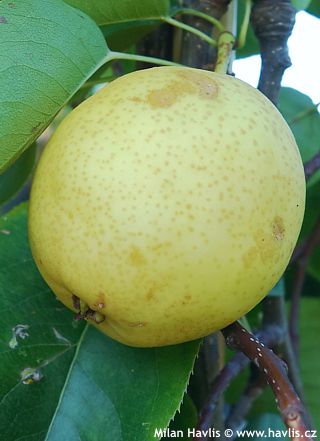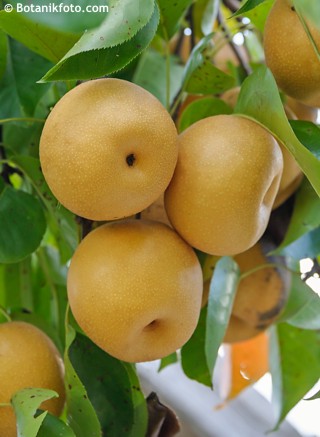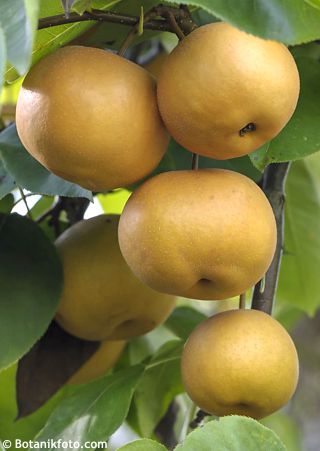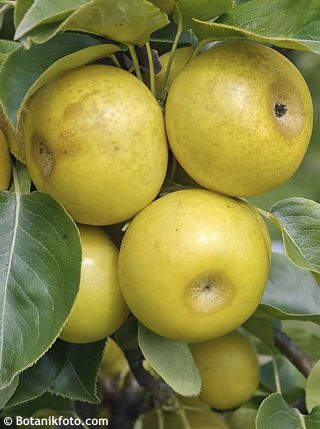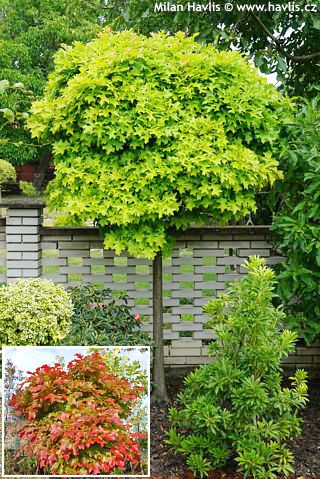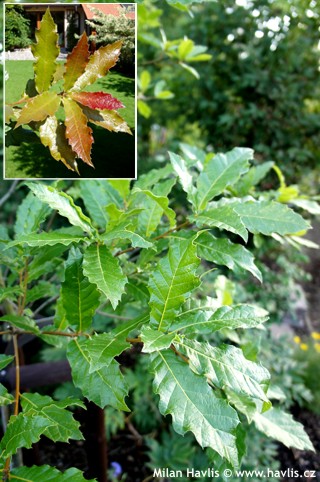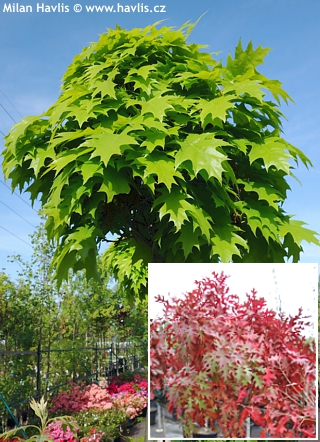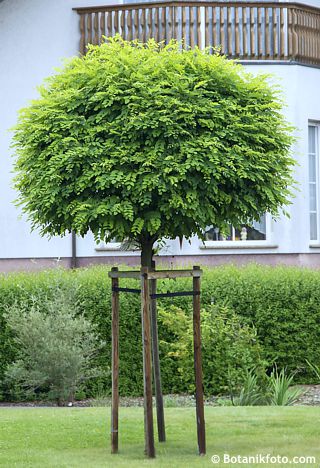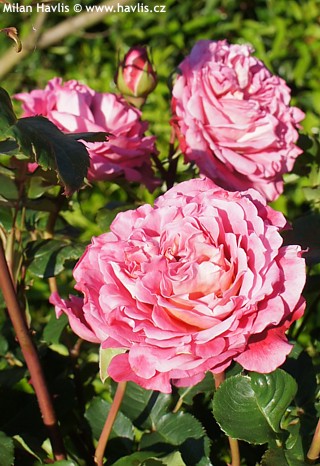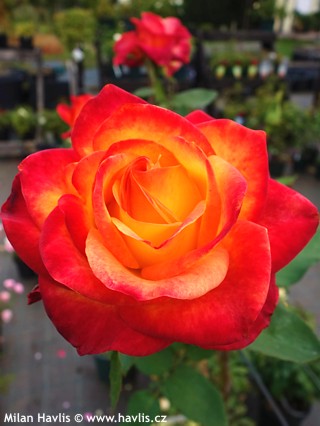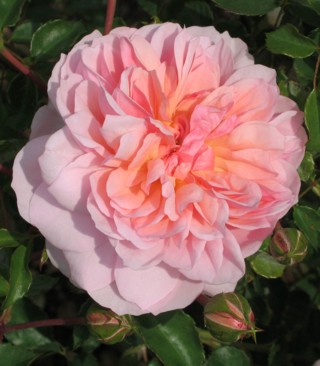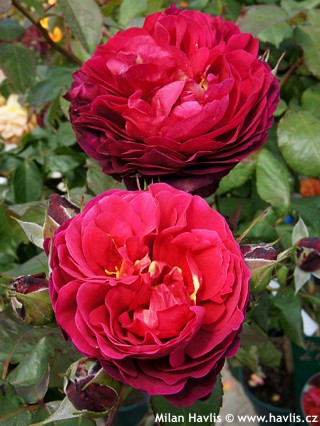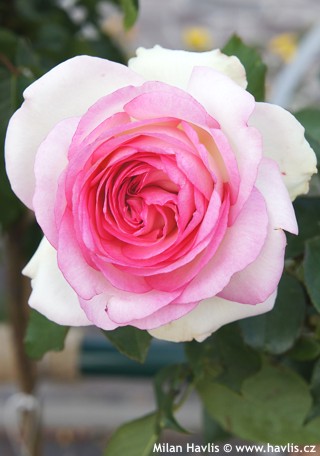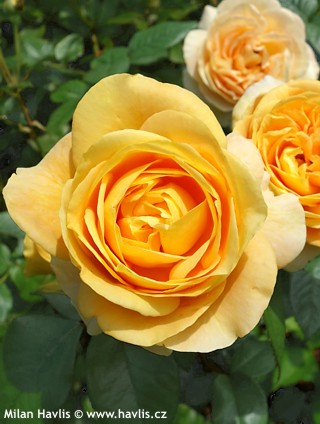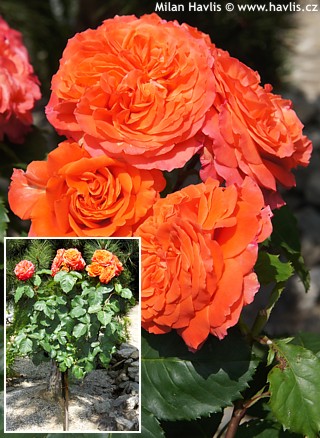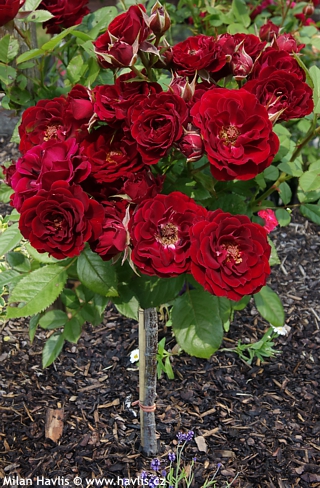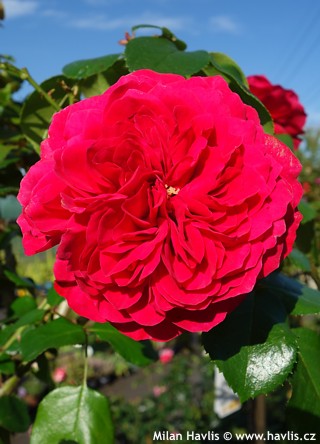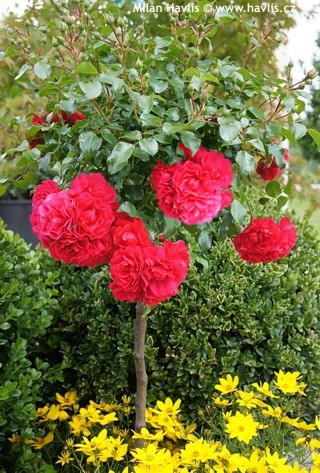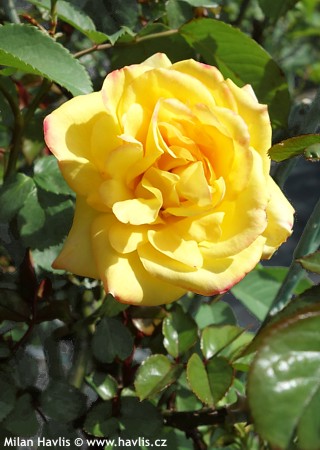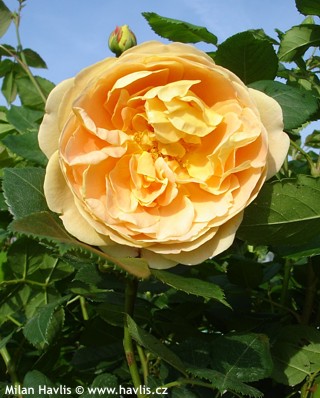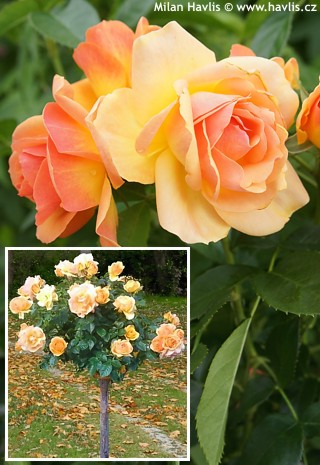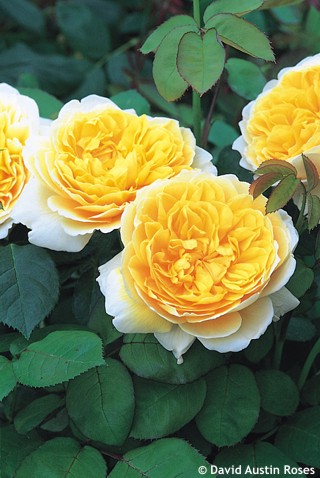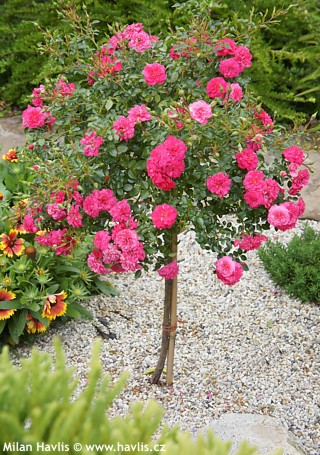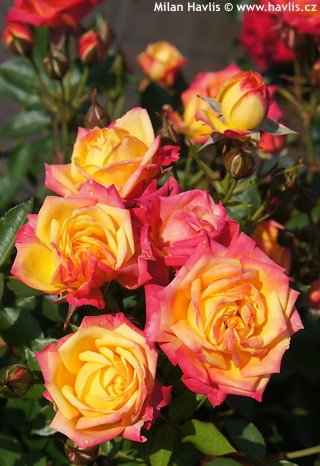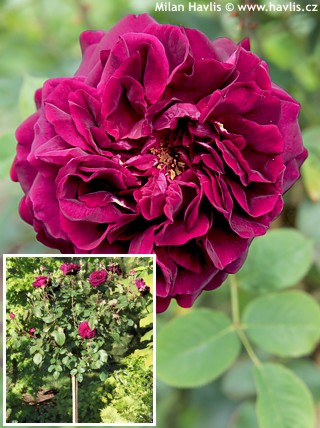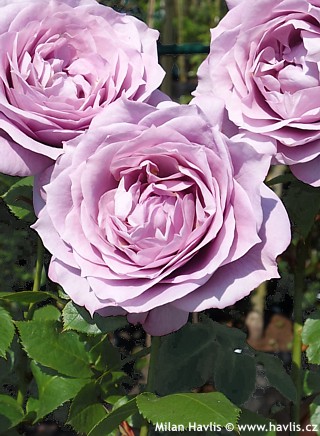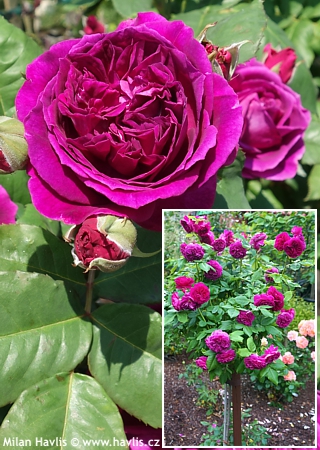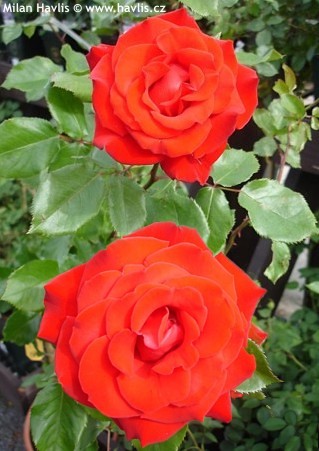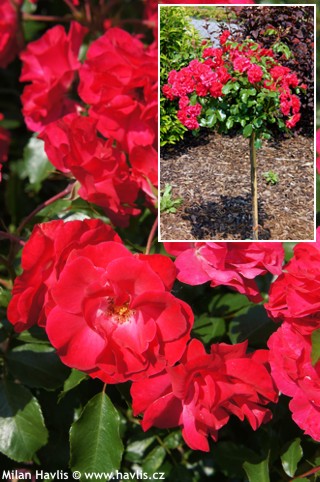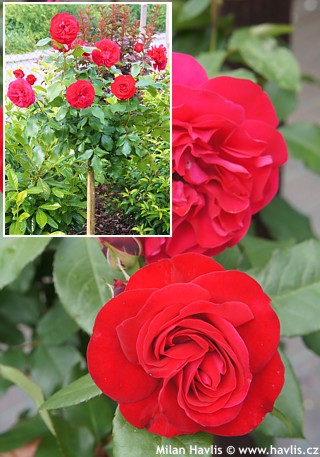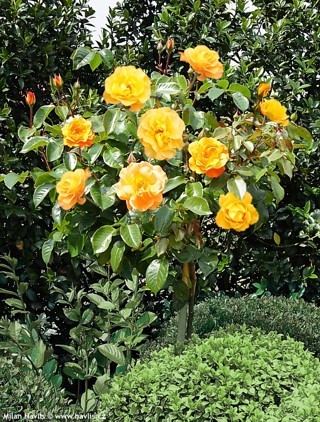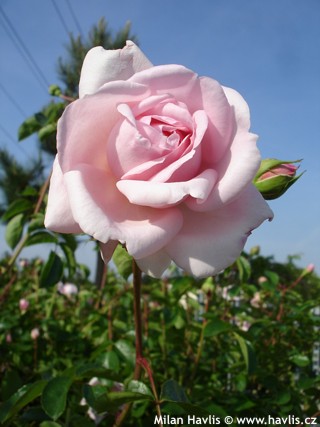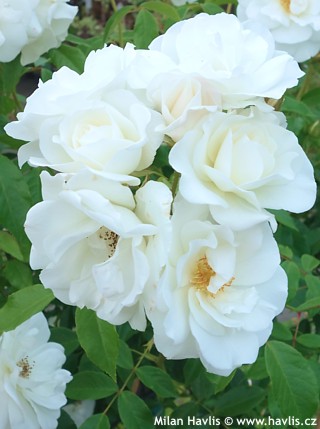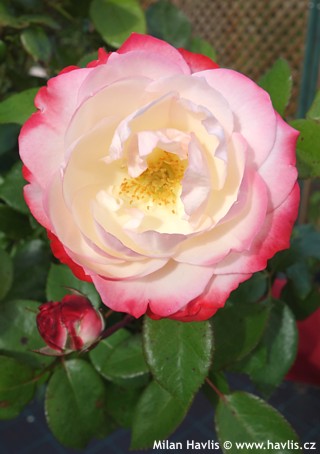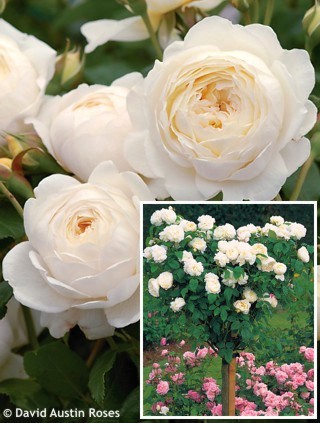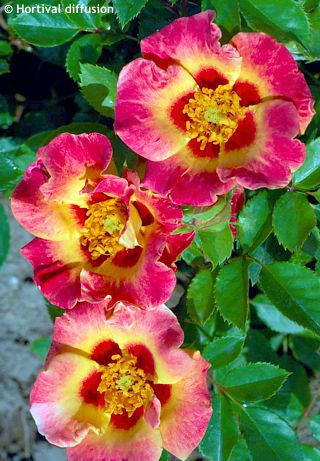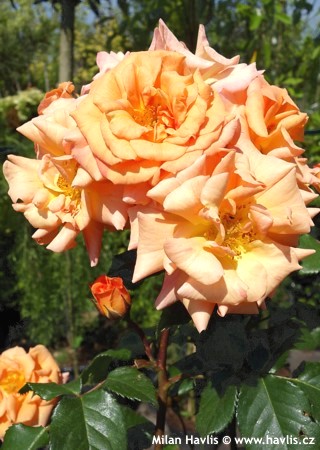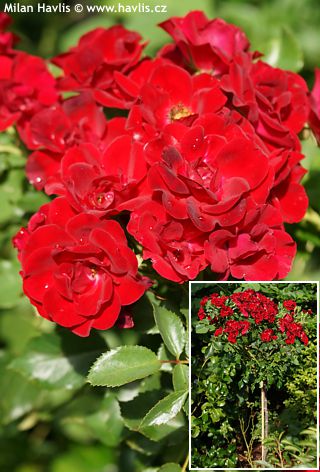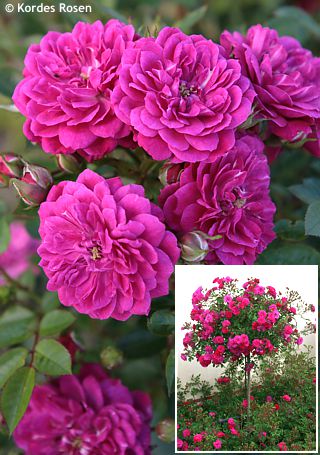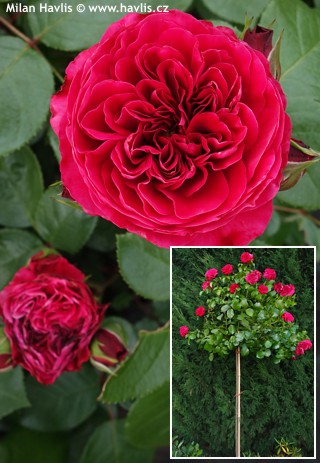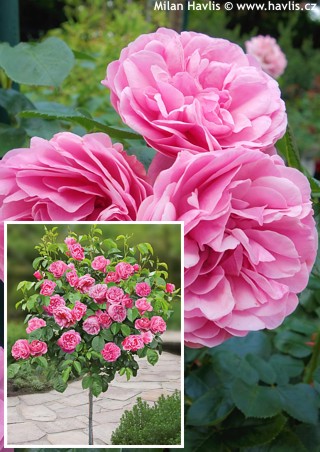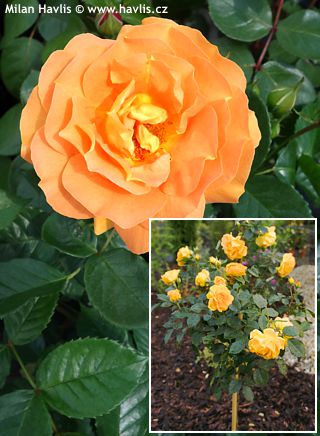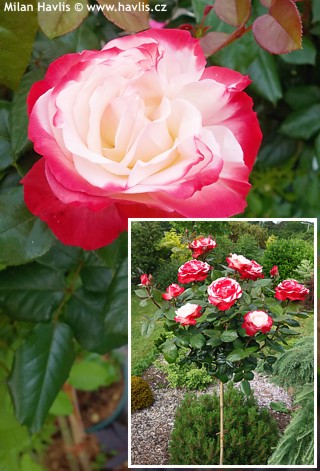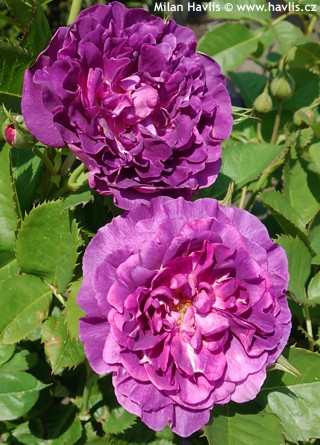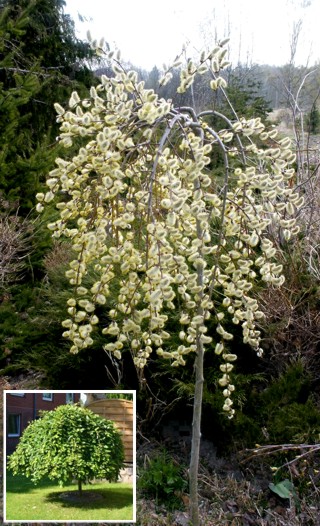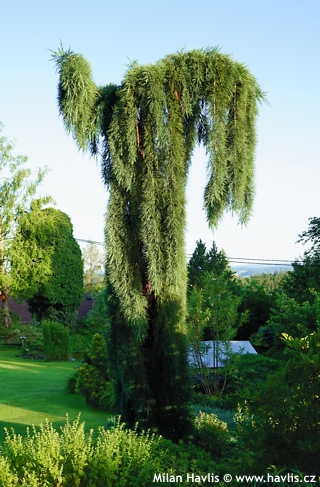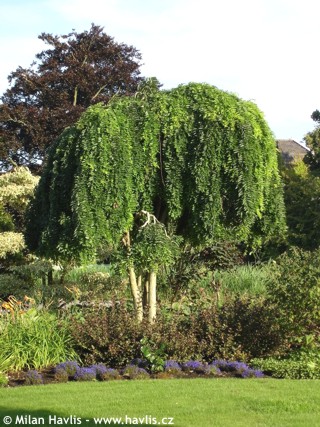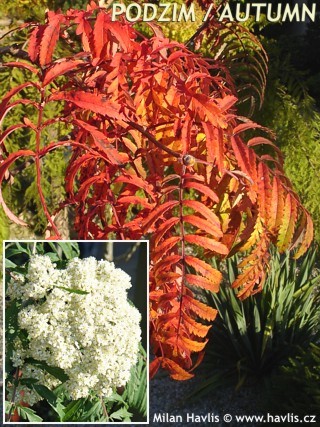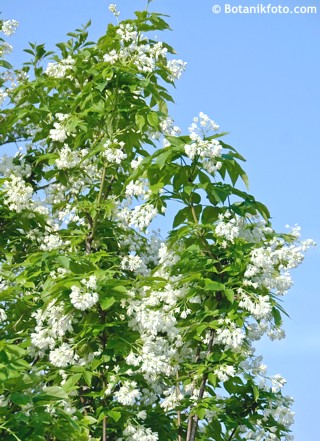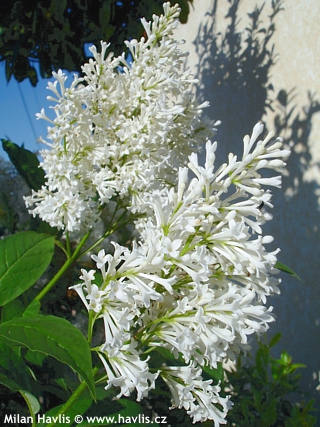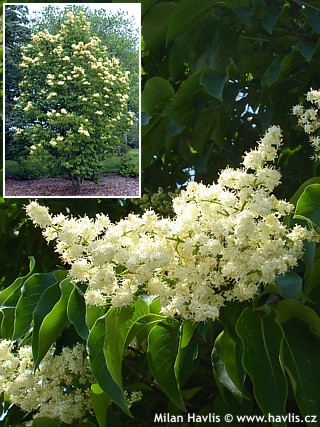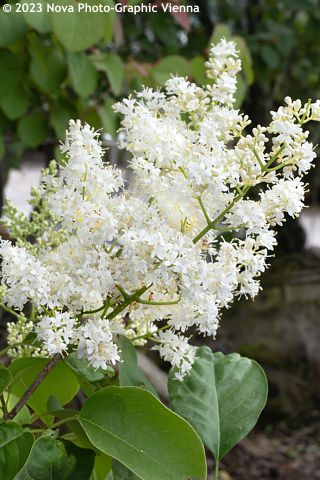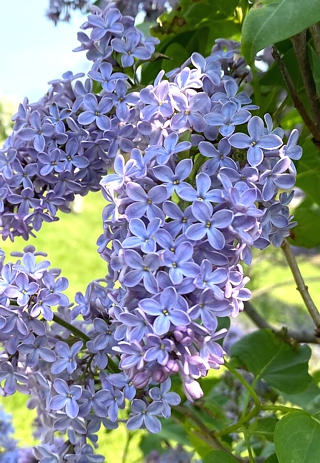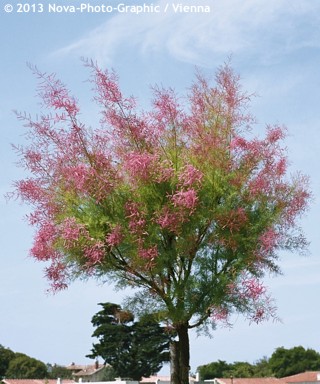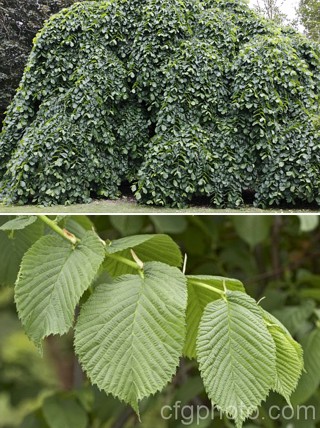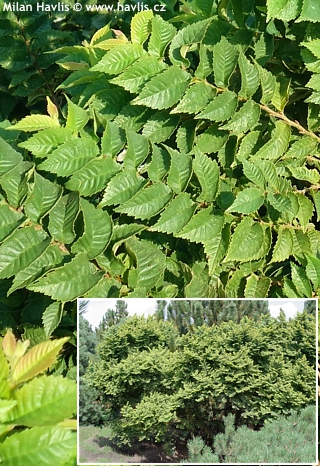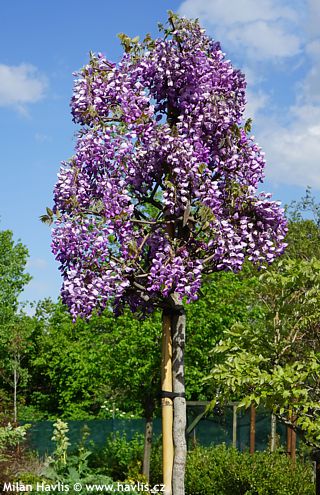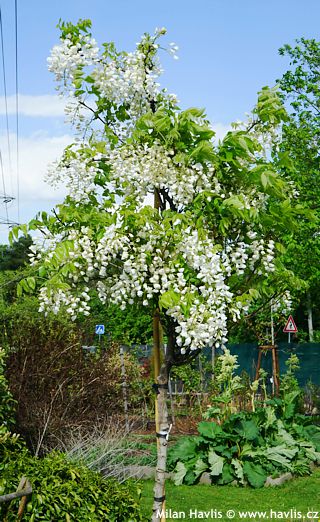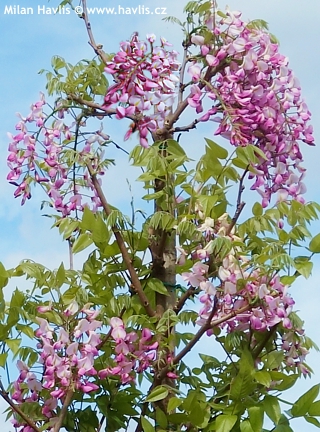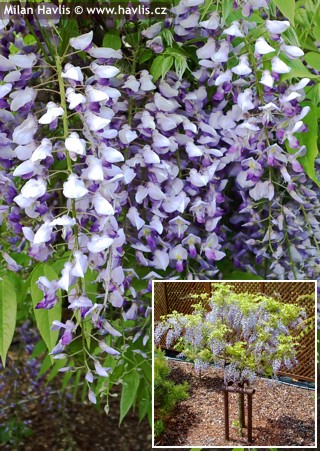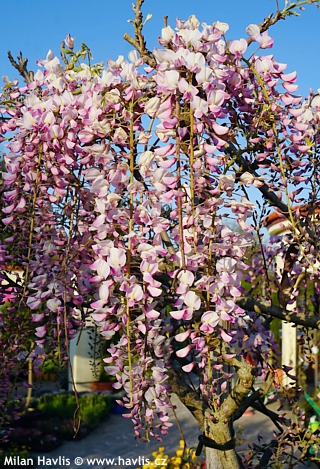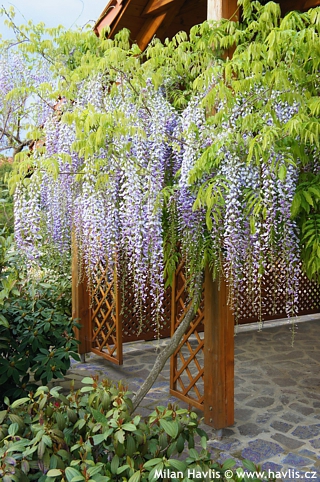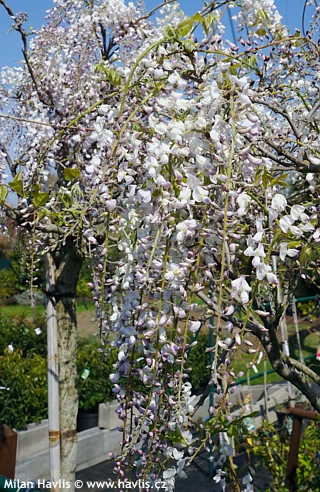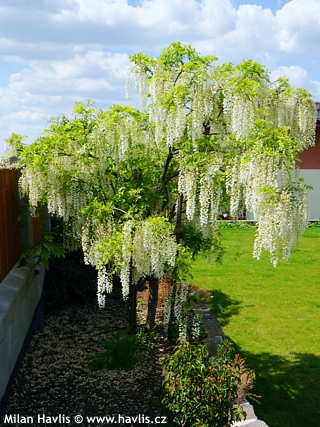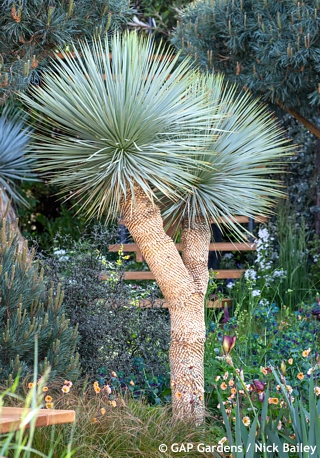CURRENTLY IN STOCK:
At first glance, Adam's laburnum looks like an ordinary laburnum – an upright shrub or small tree with an open crown and smooth grey-green bark. But a closer look at the branches reveals that something is amiss. Some shoots bear the typical trifoliate leaves of laburnum, others have the smaller, ov ...

V - VI

3 - 5m

2 - 3m

full sun

5 (down to -29°C)

for zone 5+6

for zone 7
Nanum is a dwarf variety of Field maple, suitable for small gardens and avenues with limited space. It grows slowly into a small tree some 2.5m tall and wide. The leaves are deciduous, deep green, with 3-5 rounded lobes, turning yellow in autumn. It naturally forms dense and many branched, rounded c ...

1,5 - 3m

1,5 - 3m

full to partial sun

4 (down to -34°C)

for zone 5+6

for zone 7
Montpellier maple is a typical Mediterranean tree commonly found in dry, coastal or mountainous landscapes of Portugal, France, and Italy. It makes small, three-lobed, leathery but deciduous leaves, which are medium green in summer, and turn yellow, amber orange or scarlet red in autumn. Its flowers ...

4 - 6m

4 - 6m

full sun

5 (down to -29°C)

for zone 5+6

for zone 7
Atropurpureum is a famous and commonly used variety with deeply lobed, red-purple leaves that turn bright red and orange in autumn. They have 5 tips. It forms a multi-stemmed shrub with widely spread branches. It grows slowly and is suitable as a specimen in any garden, not just a Japanese style gar ...

3 - 6m

3 - 4m

full to partial sun

5 (down to -29°C)

for zone 5+6

for zone 7
Red Emperor is another red-leaved Japanese maple, this time from the USA, where it was introduced in 1976 by Dick Wolff from Red Maple Nursery in Pennsylvania. He was an enthusiastic lover of the vibrant shades of red and maroon leaves on Japanese maples, and he was especially proud of his Red Emper ...

4 - 6m

2 - 4m

full to partial sun

5 (down to -29°C)

for zone 5+6

for zone 7
Another website I came across calls this Norway maple a meat-ball-on-a-stick. Quite funny, actually, but in fat it truthfully describes the shape of this small tree. Well, that only in case the author meant a good housewife who made proper, perfectly spherical meat balls.
Globosum is a variety with ...

IV - V

2 - 4m

2 - 4m

full sun

4 (down to -34°C)

for zone 5+6

for zone 7
Golden Globe is a dwarf Norway maple i.e. one of those with large leaves as opposed to Japanese maples with small and dissected foliage. One of the big advantage of Norway maple is its resistance against majority of common tree diseases and pests. And it will grow almost anywhere.
Golden Globe vari ...

IV - V

2 - 4m

3 - 4m

full sun

4 (down to -34°C)

for zone 5+6

for zone 7
Men usually get mad when women describe colours with expressions like salmon pink, peachy red etc. Well, men, get ready for another hit below the belt: we have a tree whose leaves are SHRIMP pink. Not familiar with that colour? Go to the nearest restaurant and have a prawn-cocktail to see what the f ...

IV - V

2 - 3m

full sun

4 (down to -34°C)

for zone 5+6

for zone 7
Simon-Louis Frères is a beautiful sycamore maple variety from France introduced in 1881. Its leaves emerge bright pink and as they unroll and mature, each leaf becomes uniquely marbled white and green in various portions. They are deciduous, coarsely-serrate, 5-lobed, and have red stalks. In au ...

3 - 6m

1,5 - 3m

full sun

4 (down to -34°C)

for zone 5+6

for zone 7
Amur maple is a subspecies of a less cultivated species called Tatar maple. This one comes from NE Asia, precisely Mongolia, Korea, Japan, and mainly the Amur River valley between Russia and China. It can be variable in habit but usually forms a vase-shaped, multi-stemmed shrub or small tree with do ...

3 - 6m

3 - 6m

full sun

4 (down to -34°C)

for zone 5+6

for zone 7
Even among a hundred trees you will notice Red Flamingo hybrid snake-bark maple first. Such a colourful small tree must have been brought directly from Mars where red is constantly in vogue. It is a stunning variety making a breathtaking display wherever you put it. Its key features are the leaves a ...

2 - 4m

1,5 - 3m

full to partial sun

7 (down to -23°C)

for zone 5+6

for zone 7
Mimosaceae plants are common and popular mainly in southern Europe for their high tolerance to drought as well as attractive and long lasting flowering. Even though they come from subtropical parts of the world there is one species hardy enough to be grown in our climate - silk tree.
Silk tree come ...

VII - IX

3 - 5m

3 - 6m

full sun

7 (down to -23°C)

for zone 5+6

for zone 7
Rouge Selection is a French silk tree introduction of similar characteristics to Ombrella® variety. It grows faster and a little taller and exhibits a purple tint on young leaves. Its flowers are sweetly scented, rich pink, 3-5 cm wide, hairy spheres with white centres. They bloom from early Ju ...

VII - VIII

3 - 6m

3 - 6m

full sun

7 (down to -23°C)

for zone 5+6

for zone 7
A spectacular new variety of silk tree comes from Japan and is called Summer Chocolate®. It was discovered in 1990 as a seedling in a controlled planting of Albizia julibrissin in 1990. It was patented in the USA under PP 13,822 in 2003. It is considered a rarity for lovers of exotic-looking pl ...

VII - VIII

2 - 5m

2 - 5m

full sun

6b (down to -21°C)

for zone 5+6

for zone 7
Ombrella® belongs to the hardy group. It was a chance selection from France which was observed and cultivated, and later on patented under the name Boubri. It differs from the species by darker leaves and deeply coloured flowers.
Exotic looking flowers are pinky-red, hairy spheres with yellowi ...

VII - IX

2 - 6m

1 - 3m

full sun

7 (down to -23°C)

for zone 5+6

for zone 7
TROPICAL DREAM is a silk tree variety from Belgium where it was selected by Johan Possemiers around 1984. It was selected among many seedlings raised from seeds collected around Seoul in South Korea. Though, it took many years to reach the trade as only in 2015 it was first introduced at Plantarium ...

VII - VIII

3 - 5m

3 - 6m

full sun

7 (down to -23°C)

for zone 5+6

for zone 7
Purpurea is a red-leaved variety of European silver birch found in France in 1872. The species is named pendula which might make us believe it should be weeping but it is not. It refers to thin young branches which are so lightweight that they weep but only until the following year when they harden ...

4 - 5m

2 - 4m

full to partial sun

2 (down to -45°C)

for zone 5+6

for zone 7
European white birch is an attractive tree which, however, in its basic form is not suitable for small-sized gardens. However, this selection is excellent for every garden or even a tiny spot at your doorway. It is a weeping white birch, called Youngii.
It is commonly 2-3m tall, and in our climate ...

2 - 3m

1 - 3m

full to partial sun

2 (down to -45°C)

for zone 5+6

for zone 7
This is the species of north-american trumpet creeper trained into a tree with a real stem. It bears terminal cymes of rich red, trumpet-shaped flowers from early summer until the first frosts. Pinnate
leaves are deep green and enhance its tropical appearance.
Being originally a climbing plant it ...

VI - IX

2 - 3m

1 - 2m

full sun

4 (down to -34°C)

for zone 5+6

for zone 7
Pendula is a weeping form of hornbeam. Mature plants make gracious looking specimens with irregularly weeping or cascading branches. Their crowns are usually not too symmetrical providing a unique appearance for every plant. Naturally the crown grows slowly into a large, umbrella-shaped head with br ...

2 - 4m

2 - 6m

full sun

4 (down to -34°C)

for zone 5+6

for zone 7
Nana variety is a lot different to the species. It can be found under its second Latin name catalpa bungei. It is a small tree that can be considered dwarf as opposed to its parent. It was bred to achieve an attractive tree with exceptional foliage but of reduced size to fit even a small garden or a ...

2 - 3,5m

2 - 4m

full sun

5 (down to -29°C)

for zone 5+6

for zone 7
This variety is a weeping form of blue Atlas cedar. It has distinct silvery-blue persistent larch-like needles born in whorls of 30-45. Their striking colour makes the tree a gorgeous lawn specimen same as an ideal feature when combined with other, dark green conifers. Just remember that this one is ...

2 - 4m

full sun

5b (down to -27°C)

for zone 5+6

for zone 7
Merlot redbud, just the French grapevine variety of the same name, has leaves of the deepest wine red colour. They are deciduous, heart-shaped, and glossy. Compared to Forest Pansy they are a little smaller (abt. 10x13 cm), the plant is not as vigorous, and exhibits a more compact and denser habit. ...

IV - V

2 - 3m

2 - 2,3m

full sun

for zone 5+6

for zone 7
Alley Cat, a variety of Eastern redbud, is a gem, or perhaps even a work of art. Imagine a vibrant green coat worn by an eccentric painter who paints exclusively in white, while listening to the Toreador Song and Habanera from Carmen, splashing white paint all around in ecstasy, including on his own ...

IV - V

3 - 5m

3 - 5m

full to partial sun

5 (down to -29°C)

for zone 5+6

for zone 7
Lavender Twist® is a fantastic variety of eastern redbud with weeping, slightly twisted branches. With age the crown makes a unique shape comparable to some Japanese maples. Leaves are large, mid green, typically heart-shaped. Small, purple-pink to lavender-pink flowers are produced in abundanc ...

IV - V

1 - 2m

1 - 3m

full to partial sun

5 (down to -29°C)

for zone 5+6

for zone 7
Judas tree is a rather special plant with profusion of beautiful, bright pink flowers in mid spring. They are small, pea-like, and so special due to their appearance on bare wood and even the main stems, however large and old they are. For prolific flowering the plant needs a hot and sunny summer in ...

IV - V

4 - 7m

3 - 5m

full sun

7 (down to -23°C)

for zone 5+6

for zone 7
Filbert is a hazelnut species from S.E. Europe and S.W. Asia and exhibits a vigorously growing many-stemmed shrub with deciduous leaves. Purpurea is an old variety with deep maroon to near black leaves. They are 5-12 cm long, 4-10 cm wide, and during summer the colour of maturing leaves changes to d ...

II - III

3 - 6m

3 - 6m

full sun

4 (down to -34°C)

for zone 5+6

for zone 7
Granatnaja is a Russian cultivar of crataegosorbus - a medium-sized tree with edible fruit. Its leaves are odd-pinnate, with lanceolate to elliptical, finely serrated leaflets that resemble hawthorn more than rowan, reflecting its hybrid origin. In autumn, the foliage turns vibrant shades of red-ora ...

IV - V

3 - 6m

3 - 4m

full to partial sun

4 (down to -34°C)

for zone 5+6

for zone 7
Carrièrei hawthorn differs from the original hybrid by a much more profuse blooming and therefore a magnificent display of fruit in autumn. It is a small to mid-sized tree whose leaves, though deciduous, remain on the tree much longer than on other deciduous trees. So no wonder that many garden ...

V - VI

3 - 5m

2 - 4m

full to partial sun

4 (down to -34°C)

for zone 5+6

for zone 7
This evergreen silverthorn is a hybrid of e.macrophylla and e.pungens. Its leathery leaves emerge beige-grey and mature to glossy dark green with lots of grey dots making it look like stardusted. Thanks to the foliage it is sometimes called Russian olive which is not correct as this name is already ...

VIII - X

2 - 4m

2 - 3m

full to partial sun

7 (down to -23°C)

for zone 5+6

for zone 7
Compacta is a recent selection of Ebbing's silverthorn, very probably of Italian origin (not confirmed). Unlike its mother plant - the species of Ebbing's silverthorn - it makes a compact and well-behaved shrub without overgrown twigs in one season. In fact, this sport makes quite a handsome shrub. ...

IX - X

2 - 5m

1,5 - 2m

full to partial sun

7 (down to -23°C)

for zone 5+6

for zone 7
MARYLINE® is a trade name for a striking selection of evergreen silverthorn, found by Albert Brenelière in France. It is a very bushy, upright growing, evergreen shrub with irregularly variegated leaves. They are leathery, oval to ovate, partially undulated, and glossy. The centres are pal ...

IX - X

2 - 4m

1 - 2m

full to partial sun

7 (down to -23°C)

for zone 5+6

for zone 7
Viveleg silverthorn is a bushy, upright growing, evergreen shrub or small tree with irregularly variegated leaves. They are leathery, oval to ovate, partially undulated, and glossy. The centres are dark green, the margins are rich yellow, and the borderline between these two colours is light green b ...

IX - X

2 - 4m

1 - 2m

full to partial sun

7 (down to -23°C)

for zone 5+6

for zone 7
AZURA is undoubtedly the first reliably hardy cider gum variety of European origin. It has typically steel blue-green, rounded, highly aromatic, evergreen foliage along silvery blue stems. It grows moderately to fast and its ultimate height is expected to reach about 4-5m without pruning but it can ...

2 - 4m

1,5 - 2m

full to partial sun

7 (down to -23°C)

for zone 5+6

for zone 7
Purpurea Pendula is a perfect example of a beautiful garden-origin eech. It is a slow growing small tree with a mushroom head of pendent branches, usually grafted from 1.5 to 2m tall. The deciduous leaves are rich purple-black (if grown in full sun) that create a fascinating waterfall of striking co ...

1,5 - 2,5m

1,5 - 2m

full sun

4 (down to -34°C)

for zone 5+6

for zone 7
Mariken is a new variety from 1999. It is a dwarf form with short branches, densely covered with foliage. It is usually available as a small shrub suitable for rockeries, or a half-standard for gardens with less space, or a standard tree. Thanks to its dense growth and attractive foliage mainly tree ...

0,5 - 2,5m

0,5 - 1,3m

full sun

3 (down to -40°C)

for zone 5+6

for zone 7
Some of you, gleditsia lovers, may have read about this quite rare and unique version of honey locust. Its charm consists in the unusual colour of leaves. They are bright purple as they emerge, turning chocolate brown later and light bronze in summer. They are pinnate or bi-pinnate and look like fer ...

3 - 8m

2 - 5m

full sun

5 (down to -29°C)

for zone 5+6

for zone 7
Resi is a Dutch variety of hybrid hibiscus (h. syriacus x h. paramutabilis) bred by Piere Theunissen and introduced by the nursery Piet Vergeldt Boomkwekerijen in 2008. In the US it is sold under the brand name FULL BLAST™. European Patent No. 33825 was granted in 2013 (expired in 2021). It be ...

VII - IX

3 - 5m

2 - 3m

full sun

5 (down to -29°C)

for zone 5+6

for zone 7
Burgundy is a beautiful variety of desert willow of untraceable origin, possibly a selection of Rio Salado with slightly paler flowers. Burgundy desert willow makes deep maroon, velvety flowers with white and yellow stripes in the throat. They are slightly fragrant and formed in narrow, terminal, up ...

VI - IX

2 - 5m

2 - 4m

full sun

7 (down to -23°C)

for zone 5+6

for zone 7
Argentea Marginata is an eye-catching cultivar of variegated English holly. Its sharply serrated, evergreen leaves are almost identical to those of the species but moreover are decorated with a wide brim of creamy white colour at margins. Young leaves show prominent purple red to dark pink hues as t ...

3 - 6m

2 - 3m

full to partial sun

5b (down to -27°C)

for zone 5+6

for zone 7
Chestnut Leaf is probably the most common variety when you happen to come across a Koehne holly in Europe early 21st century. I am giving this date deliberately in case you are reading this article in 2050 or later, laughing how come that we used to be so deprived having just one Koehne holly then. ...

2 - 6m

1,5 - 3m

full to partial sun

7 (down to -23°C)

for zone 5+6

for zone 7
Golden rain comes from mountainous parts of southern Europe. The natural habitat of this one is even closer to our border: central- and south-European Alps.
The flowers are slender racemes, composed of pea-like, bright yellow flowers with a deep red blotch in the centre. They are 15-40 cm long and ...

V - VI

1 - 3m

1 - 2m

full sun

5 (down to -29°C)

for zone 5+6

for zone 7
ENDURING SUMMER® is an American crepe myrtle series bred by Joshua H.Kardos. The plants boast compact, rounded habit and excellent resistance to diseases. ENDURING SUMMER® RED produces vibrant red purple flowers composed in large racemes, like those on lilacs hence its other name summer li ...

VIII - IX

2 - 3m

1 - 1,5m

full sun

6b (down to -21°C)

for zone 5+6

for zone 7
Weeping form of deciduous larch Stiff Weeper is one of the most sought-after conifers in our country. It has strictly pendent branches with no horizontal growth. The crown looks like a head of a long-haired girl. The needles are about 4 cm long, bright green with a silvery blue shade, turning yellow ...

0,5 - 2m

0,5 - 1m

full sun

4 (down to -34°C)

for zone 5+6

for zone 7
Excelsum Superbum is a highly attractive, variegated form of glossy privet. It makes large, up to 15 cm long and 6 cm wide, ovate to oval, pale dark green leaves abundantly variegated butter yellow, often extended to the midribs. Directly contradicting its botanical name they are NOT glossy, they ar ...

IX - X

2 - 5m

1 - 3m

full sun

8 (down to -18°C)

for zone 5+6

for zone 7
A collectors’ item not only for collectors is this sweetgum. An interesting novelty called Golden Sun has quite a unique feature never found on any other sweetgum before: golden yellow branches. The colour is present on new twigs as well as up to about 3 year-old branches. Leaves are usual, 5- ...

4 - 6m

2 - 3m

full sun

5 (down to -29°C)

for zone 5+6

for zone 7
Slender Silhouette is a beautiful sweetgum which could be your perfect choice for a small garden or a miniature front yard. A 5m tall plant seldom exceeds 1m wide. It is a slow growing version of sweetgum with strictly upright and columnar habit. The leaves are quite large, conspicuously lobed with ...

5 - 7m

1 - 1,5m

full sun

5b (down to -27°C)

for zone 5+6

for zone 7
Edward Gursztyn is a compact or almost dwarf variety of yellow poplar. It makes a uniform, rounded canopy and very hadsome, typical saddle-shaped leaves. They are deciduous, green in summer and yellow in autumn. No flowers have been observed so far. It needs no pruning for a nice shape but ou can tr ...

2 - 4m

1,5 - 2m

full sun

5b (down to -27°C)

for zone 5+6

for zone 7
Another unique jewel among magnolias is this yellow flowering hybrid. It is a cross between m.denudata and m.acuminata (cucumber magnolia). It was raised by Phil Savage in Michigan, USA, in 1988 and patented three years later.
Medium-sized flowers are unusual and truly gorgeous. The colour is clea ...

IV - V

3 - 5m

3 - 5m

full to partial sun

5 (down to -29°C)

for zone 5+6

for zone 7
Coral Lake is a chameleon magnolia changing colours during flowering. It is a cross between Legend (m. acuminata x m. acuminata ssp. subcordata, 1985) and Butterflies (m. acuminata x m. denudata ‚Sawada’s Cream‘, 1988). The most interesting fact about it breeding is that neither of ...

IV - V

3 - 5m

3 - 4m

full sun

4 (down to -34°C)

for zone 5+6

for zone 7
Livingstone magnolia is a cross between m. sprengeri ‘Diva’ and m. ‘Vulcan’. Sprenger’s magnolia is often used in hybridization for flower size and fragrance, and Vulcan was surely chosen for the colour. The result is splendid. A large flower of a vibrant purple red col ...

IV - V

4 - 6m

1,5 - 3m

full to partial sun

5b (down to -27°C)

for zone 5+6

for zone 7
Maxine Merrill is a magnolia cross between m.acuminata ssp. subcordata ‚Miss Honeybee‘ and m. x loebneri ‚Merrill‘. It was bred by one of the greatest magnolia breeders Phil Savage from the USA. It produces medium-sized, cup-shaped flowers with 6 sturdy petals of soft banana ...

IV - V

4 - 5m

2 - 3m

full to partial sun

5 (down to -29°C)

for zone 5+6

for zone 7
Olivia magnolia was developed by August Kehr as a hybrid between the varieties Miss Honeybee and Gold Crown, and in 2003, two years after his death, it was selected and named by Koen Camelbeke and Philippe de Spoelberch from the Belgian Arboretum Wespelaar. It bears medium-sized flowers with a span ...

IV - V

3 - 5m

2 - 3m

full to partial sun

5 (down to -29°C)

for zone 5+6

for zone 7
Pink Charm is a pink-flowered and highly attractive magnolia variety that, along with Rose Marie, emerged from the crossing of Pink Surprise and Daybreak. It was bred and introduced by Dennis Ledvina in 2013. The flowers are bright pink on the outside, pale pink to almost white on the inside, and ha ...

IV - V

3 - 6m

2 - 3m

full to partial sun

5 (down to -29°C)

for zone 5+6

for zone 7
Purple Star magnolia is a modern variety from 2015 from the renowned Belgian breeder Phillippe de Spoleberch, whose perhaps the greatest success, with which he gained fame around the world, is Daphne magnolia, so far considered the best deep yellow available. Purple Star is a cross between m. cylind ...

IV - V

3 - 6m

2 - 3m

full to partial sun

7 (down to -23°C)

for zone 5+6

for zone 7
Red As magnolia (sometimes referred to as Red As Red) by Ian Baldick is a hybrid between the varieties Pickard’s Ruby and Vulcan and has been on the market since 2004. It produces stunning, chalice-shaped flowers of a deep purple-red colour especially on the outside, and a tone paler inside, a ...

IV - V

3 - 4m

2 - 3m

full to partial sun

7 (down to -23°C)

for zone 5+6

for zone 7
Golden Gift is a magnolia crossing between m. acuminata ‘Miss Honeybee’ and (m. acuminata x m. denudate) which makes it obvious that thanks to a lot of genes of cucumber magnolia (m. acuminata) the flowers should be yellow. And they are! They are 6-petalled, mid-sized, tulip-shaped, soft ...

IV - V

3 - 4m

2 - 3m

full to partial sun

5 (down to -29°C)

for zone 5+6

for zone 7
Evergreen magnolias are the queens of flowering trees. We choose the most beautiful and at the same time the hardiest varieties. Goliath is a cultivar found by American botanist Albert Charles Smith (1906-1999) in former Caledonian Nurseries on British island Guernsey in 1910. The nursery no longer ...

VI - IX

3 - 8m

3 - 5m

full sun

5a (down to -29°C)

for zone 5+6

for zone 7
Discovering magnolia STARBURST was a thrill. Not only has it gorgeous flowers, but it also has something very practical for small gardens – narrower, almost fastigiate habit. Its fragrant flowers are 15-20 cm across, purple red on the outside and much paler inside with pink stars airbrushed on ...

IV - V

2 - 4m

1 - 2m

full to partial sun

7 (down to -23°C)

for zone 5+6

for zone 7
Sweet bay is a unique magnolia species that was first described by Carl Linnaeus, founder of modern taxonomy, already in 1753. Magnolia virginiana, that was the Latin name it received, was the very first magnolia species ever listed under this name. Interestingly, the plant had already been sent fro ...

VII - VIII

3 - 6m

2 - 3m

full to partial sun

5 (down to -29°C)

for zone 5+6

for zone 7
Hattie Carthan magnolia was bred by Doris Stone from the Brooklyn Botanic Garden by cross-pollinating several unnamed m. x brooklynensis hybrids (m.acuminata x magnolia x liliiflora) and ‘Evamaria’ variety. The result was a stunning magnolia with firm flowers of elongated tepals. They ar ...

IV - V

4 - 7m

1,5 - 3m

full to partial sun

5 (down to -29°C)

for zone 5+6

for zone 7
Woodsman is more than a lumberjack. In a broader sense, he's also someone who takes care of the forest and its trees, not seeing them as a commodity. He loves and appreciates them. People connected with occupations such as woodsman or lumberjack are often described in a manly manner which nowadays ...

V

2 - 4m

1,5 - 2,5m

full to partial sun

5 (down to -29°C)

for zone 5+6

for zone 7
Thompson magnolia boasts large, creamy white, very fragrant flowers which come out from June until July on a fully leafed out plant. The flowers are up to 15 cm across and the fragrance is deep and sweet. Deciduous leaves are broadly ovate to obovate, 15-25 cm long, fresh green above and glaucous be ...

VI - VII

3 - 5m

2 - 3m

full sun

7 (down to -23°C)

for zone 5+6

for zone 7
Some crab apples can easily compete with Japanese ornamental cherries as far as the beauty and colours of their flowers. This is the case of ´Royal Beauty´. It is a small tree growing about 2.5m tall, with weeping, somewhat narrow crown. In the spring it brings a profusion of deep pink to light purp ...

IV - IV

2 - 3m

full sun

4 (down to -34°C)

for zone 5+6

for zone 7
The fruits of Elstar are medium‑sized, round to slightly flattened apples, with a yellow‑green skin largely covered by a bright red blush and fine striping. The flesh is creamy yellow, tender, crisp, and very juicy, with a distinctly aromatic sweet‑tart flavor reminiscent of t ...

IV - V

3 - 8m

2 - 4m

full sun

5 (down to -29°C)

for zone 5+6

for zone 7
In 2003, Fuji apples ranked among the four most popular apples in the United States – alongside ‘Red Delicious’, ‘Golden Delicious’, and ‘Gala’. The fruits of this cultivar are large, round to slightly cylindrical, with a firm skin that is yellow‑green and largely overlaid with a crimson blush ...

IV

4 - 6m

3 - 5m

full sun

5b (down to -27°C)

for zone 5+6

for zone 7
The fruits of Gloster apple are large, conical to bell‑shaped, often reminiscent of ‘Starking Delicious’. The skin is green, almost entirely covered with a deep red coloration and a strong bloom, giving the apples a striking and attractive appearance. The flesh is pale greenish, crisp, juicy, ...

3 - 4m

2 - 3m

full sun

4 (down to -34°C)

for zone 5+6

for zone 7
Golden Delicious ranks among the most important apple cultivars of the 20th century and became the foundation for breeding dozens of other varieties worldwide. The fruits are medium to large, conical to round‑conical, with a smooth skin that is greenish‑yellow at harvest and turns golden ...

IV - V

3 - 6m

3 - 4m

full sun

4 (down to -34°C)

for zone 5+6

for zone 7
Melrose is an attractive and tasty late apple. It is a result of crossing Jonathan and Red Delicious. The apples are sweet and crunchy. Their colour is red. Ideal snack apple or for cooking. Tastes best about one month from picking. It can be stored until end February.
Apple trees should be pruned ...

IV - V

3 - 6m

2 - 4m

full sun

for zone 5+6

for zone 7
Panenské èeské (Virgin Czech) is an old Czech apple tree variety dated before 1800. It produces small to mid-sized fruit with immensely beautiful skin – deep maroon with ruby red highlights (or the other way round). The flesh perfectly contrasts with the skin colour as it is almost white. The ...

3 - 4m

3 - 4m

full sun

4 (down to -34°C)

for zone 5+6

for zone 7
This is probably the earliest apple in our climate, of Russian origin from around 1800. Its name is different in every country, the English name is White Transparent. It produces good crops of medium-large to large fruit with greenish-yellow, soft skin and very juicy flesh that can be quite sharp fo ...

IV - V

2 - 4m

1,5 - 3m

full sun

5 (down to -29°C)

for zone 5+6

for zone 7
Summerred is an early apple tree variety from 1964 which originated in Canada as a self-pollination of McIntosh Red and Golden Delicious. Though both the parents are midseason apples, Summer Red produces its fruit as early as from late August in a good season. The apples are medium large, beautiful, ...

3 - 4m

2 - 3m

full sun

4 (down to -34°C)

for zone 5+6

for zone 7
Rode Boskoop (Boskoop Red) is a red version of an old and popular Dutch variety of Belle de Boskoop late apple. It produces incredibly large fruit that can weigh up to 250g. It is often irregular or rounded with ribs. The skin is tough, rich red on most parts, and the flesh is pale yellow-green matu ...

IV - V

2,5 - 3,5m

2 - 3m

full sun

7 (down to -23°C)

for zone 5+6

for zone 7
Scarlet crabapple is a fantastic addition to the collection of spring flowering apples and cherries. This one, however, has more than one feature to look at (just like Scarlett Johansson who may have been a reason for giving this tree its name …)
Scarlet is a flowering crabapple tree with pro ...

IV - V

4 - 6m

2 - 5m

full sun

5 (down to -29°C)

for zone 5+6

for zone 7
APPLETINI is a French crabapple variety which is not only ornamental, but it also makes edible fruit of a great taste. The fruit is not large but compared to the size of the fruits of other crabapple varieties these apples are giants – like a ping pong ball, which is probably why its breeders ...

IV - V

2 - 3m

2 - 3m

full to partial sun

5 (down to -29°C)

for zone 5+6

for zone 7
Nottingham is an English medlar variety renowned for its rusty brown fruit of apple and pear flavour. The fruit is a little flattened at the end and about the same size as those on the species. It is edible only after the first frosts, or if picked early it should be bletted in room temperature in o ...

V - VI

3 - 4m

2 - 4m

full to partial sun

5 (down to -29°C)

for zone 5+6

for zone 7
White mulberry and its Pendula variety is one of the top popular weeping trees. No wonder – apart from its beauty it offers tasty fruit. Moreover its small size makes it an ideal specimen tree even for small gardens. Its deciduous leaves are heart-shaped, toothed at margins, up to 15 cm long, ...

2 - 3m

1 - 2m

full sun

4 (down to -34°C)

for zone 5+6

for zone 7
Plane-leaved mulberry has many admirers thanks to its almost exotic large leaves. Fruitless is a follow-up variety from Italy eliminating the only set back this tree may have when it comes to cleanliness: it is sterile (male) and does not produce fruit that would cause coloured waste under its canop ...

3 - 5m

3 - 5m

full sun

4 (down to -34°C)

for zone 5+6

for zone 7
Media mock privet bears evergreen, opposite, 3-4 cm long, broadly elliptic, very dark green, leathery, and glossy leaves. In mid or late spring appear profusion if tiny, insignificant, creamy white flowers followed by small, blue-black, spherical fruit which recalls tiny balls of black pepper when f ...

3 - 4m

2 - 4m

full sun

7 (down to -23°C)

for zone 5+6

for zone 7
Red Robin is a New Zealand selection of Fraser's photinia which is considered the first and also possibly the most successful Fraser's photinia variety of 20th century. After 20 years from its introduction it received the Award of Garden Merit (AGM) by the English Royal Horticultural Society (RHS) f ...

V

2 - 4m

1,5 - 3m

full to partial sun

7 (down to -23°C)

for zone 5+6

for zone 7
If you like Mediterranean umbrella pines but feel sorry that it is too tender for our climate try to have a look at this selection of dwarf Japanese red pine. It is called Alice Verkade and has bright green, soft needles. It is a slow growing plant making only about 7-10 cm per year, forming a beaut ...

1 - 2m

0,5 - 1,5m

full sun

5 (down to -29°C)

for zone 5+6

for zone 7
Watereri is a small, slow-growing pine which is also commercially known under the name “Nana” – a typical name for many dwarf plants. Its needles are borne in pairs, dark green with only a hint of blue-green in summer, and more bluish in cold months of autumn and winter. It is very ...

2 - 4m

1 - 4m

full sun

2 (down to -45°C)

for zone 5+6

for zone 7
Alphen’s Globe has been a sought after small tree in the last decade or so since it offers beauty of its parent – plane tree - but much smaller dimensions which make it suitable even for small gardens.
Its deciduous leaves are large – 20 cm wide, glossy green, with 5 lobes. Fruits ...

3 - 5m

2 - 3m

full sun

5 (down to -29°C)

for zone 5+6

for zone 7
Originally named Snofozam after it was put to trade this hybrid weeping cherry received a nicer name Snow Fountains® which tells everything. In the spring it produces masses of lightly scented pure white flowers along plentiful of weeping branches that may run almost to the ground unless pruned ...

IV - V

1,5 - 3m

1 - 3m

full sun

4 (down to -34°C)

for zone 5+6

for zone 7
Aprikose von Nancy, De Nancy, Gros Peche or simply Nancy Peach is an old and proven variety of apricots from 1709. It originated in France and is valued for production of large fruit of excellent taste and good garden performance. The fruit is almost rounded, deep orange, red flushed, the flesh is a ...

IV

3 - 4m

2 - 4m

full sun

5 (down to -29°C)

for zone 5+6

for zone 7
Harcot is a Canadian breeding of apricots made by Richard Layne from Harrow in Ontario. It is a very hardy and tasty apricot variety from 1978. The fruit is medium-sized with orange and red skin, ripening from late July. The flesh is sweet and juicy, freestone, and the stones have sweet kernels. Fru ...

IV - IV

3 - 5m

2 - 4m

full sun

5 (down to -29°C)

for zone 5+6

for zone 7
Harlayne is a Canadian breeding of apricots made by Richard Layne from Harrow in Ontario. It is a very hardy late apricot variety producing fruit from about mid August in CE climate. The fruit is deep orange red flushed, almost rounded, sweet, aromatic, and freestone. Fruit is great for fresh consum ...

3 - 5m

2 - 4m

full sun

4 (down to -34°C)

for zone 5+6

for zone 7
Polonais is a late apricot tree variety from Provence in France. It produces rounded to oval fruit of golden yellow skin with orange cheeks and some red freckles. The flesh is sweet and juicy, mildly aromatic and medium firm which makes it ideal for making preserves apart from eating fresh. Maturity ...

3 - 5m

2 - 4m

full sun

5b (down to -27°C)

for zone 5+6

for zone 7
Stella is one the best modern self-fertile varieties of sweet cherries. It comes from Canada and produces reliable crop of large, sweet, very dark red, juicy fruit from end July. Self-fertile means it does not need a pollinating partner and you can have just one tree in the garden and there will alw ...

IV - IV

2 - 2,5m

1,5 - 2m

full sun

5 (down to -29°C)

for zone 5+6

for zone 7
Victoria is an exceptional sweet cherry of the bigarreau type with a naturally narrower growth, which is why it is often classified among so‑called columnar fruit trees. It produces large, round fruits with dark red to reddish‑brown skin. The flesh is firm, juicy, and sweet, with a pleas ...

IV

2 - 3m

0,8 - 1m

full sun

5 (down to -29°C)

for zone 5+6

for zone 7
Pissardii was the very first variety of purple-leaved cherry plum to reach Europe from the Orient, naturally named after its discoverer. Early in spring, before blackthorns and Japanese cherries begin to bloom, it bursts into a profusion of small, nearly white flowers with purplish calyxes, which fr ...

IV

3 - 7m

3 - 6m

full sun

3 (down to -40°C)
Hanna is a dwarf variety of European plum, seemingly made for urban gardens and terraces. It grows compactly, with a crown so neat you could plant it in a pot next to geraniums or any other handsome plant. It’s ideal for small spaces, reaching barely two meters in height. The fruits are medium- ...

1,5 - 2m

1 - 1,5m

full to partial sun

5 (down to -29°C)

for zone 5+6

for zone 7
President is an amazing moyer plum variety of excellent taste and late maturity. Unlike most moyer plums such as Stanley of Jojo which can be picked up as early as in late August, you have to be more patient for President as it ripens in roughly mid September. And as it matures over almost 4 weeks y ...

3 - 6m

2 - 3m

full sun

4 (down to -34°C)

for zone 5+6

for zone 7
Queen Victoria is probably the most popular plum with red skin. It is a heavy cropper, producing typically egg-shaped fruit with yellow skin decorated with numerous red blotches. It is very sweet and juicy, stone-free. The best way to eat them is fresh off the tree, obviously, but they can be proces ...

V - V

2 - 3,5m

2 - 3m

full sun

5 (down to -29°C)

for zone 5+6

for zone 7
Quetsche d’Alsace is one of the oldest European plum varieties that was first described in German Alsace in 1914, hence its name. Still, it is so old and of unclear origin that most producing countries gave it its own name in their own language. We call it Švestka domácí (‘house plumR ...

V - V

3 - 5m

2 - 3,5m

full sun

5 (down to -29°C)

for zone 5+6

for zone 7
Toptaste® is a modern variety of plum tree tolerant of sharka virus. It produces quite large fruit of excellent taste, possibly one of the best – hence its name TopTaste. It is an early variety ripening in September. The plums are oval to rounded, rich blue outside and yellow inside, very ...

IV - V

3 - 4m

2 - 3,5m

full to partial sun

for zone 5+6

for zone 7
The dwarf plum GOLDUST® looks like something out of a fairytale – compact, with a small crown and delicate foliage, perfectly suited to balconies or terraces. It grows to just 1.5 to 2 metres tall yet bears fruit that could rival full-sized trees. The fruits are round to slightly oval, strikingly go ...

1,5 - 2m

1 - 1,5m

full to partial sun

5 (down to -29°C)

for zone 5+6

for zone 7
Mirabelle Ruby is a nearly columnar variety of mirabelle that grows tall and slender, as if reaching for the sky. It reaches a height of about 2.5 to 3 meters while maintaining a compact width of under one meter. The tree produces few lateral branches – its fruits grow directly from the trunk and ma ...

2,5 - 3m

1 - 1,5m

full sun

5 (down to -29°C)

for zone 5+6

for zone 7
Otto Luyken is one of the best known as well the most reliable and the hardiest selection among cherry laurels. Its evergreen pointed leaves are glossy and dark green. In April and May appears a profusion of erect racemes compound of small, creamy white, fragrant flowers followed by blue-black fruit ...

IV - V

1,5 - 3m

2 - 3m

full sun to shade

5 (down to -29°C)

for zone 5+6

for zone 7
KLEOPATRA® is a Hungarian cherry laurel variety bred by Dr. Józsa Miklos and introduced in 2007. It forms a compact, graceful shrub or a small tree with spreading branches and dark green, glossy, leathery, evergreen leaves. They emerge coppery orange just like on Etna® variety and can be d ...

IV - V

2,5 - 3,5m

1 - 2m

full sun to shade

5b (down to -27°C)

for zone 5+6

for zone 7
Angustifolia is a very elegant variety of Portugal laurel. Irrespective of its origin it belongs to the hardiest evergreen plants for our climate and performs better than some large-leaved cherry laurels. It has narrower leaves than the species and brighter red stalks and new twigs. In May and June ...

V - VI

3 - 6m

2 - 3m

full to partial sun

7 (down to -23°C)

for zone 5+6

for zone 7
If you like peaches and are looking for a heavy cropper try Fayette. This freestone variety bears large fruit that can be compared to the modern varieties. It has smooth, deep red skin with some yellow-orange shades, yellow flesh, and sweet taste. It matures from end August until mid September. Frui ...

IV - IV

3 - 4m

2 - 3m

full sun

5b (down to -27°C)

for zone 5+6

for zone 7
Revita is a modern variety of a healthy peach tree not suspectible to leaf curl. It produces medium large fruit with red and yellow skin and white, sweet and juicy flesh in mid August. Revita peach is freestone and self-fertile (no other tree is needed as a pollinator).
We suggest planting peach t ...

IV - IV

3 - 4m

2 - 3m

full sun

5b (down to -27°C)

for zone 5+6

for zone 7
Suncrest is a late peach tree variety, a cross between Alamar and Gold Dust. It produces large, rounded fruit with only slightly flattened tops. The skin is yellow-green, remarkably flushed carmine red when mature. The flesh is firm, yellow, very sweet, juicy, and aromatic. Stone-free and self-ferti ...

3 - 3,5m

3 - 4m

full sun

5b (down to -27°C)

for zone 5+6

for zone 7
Platycarpa is not a peach variety but a type (form), in botany it is recognized by var. or f. in front of the name. It has many names and is most often called flat peach, donut peach, even UFO peach, and among growers commonly paraguayo peach. From a fruit tree expert I learnt that this is a wild fo ...

IV

2 - 5m

2 - 4m

full sun

5 (down to -29°C)

for zone 5+6

for zone 7
Pluot® Flavor Candy® is one of those cultivars whose name doesn’t lie – its fruits truly taste like fruity candy. It was introduced in 1988 as part of Zaiger’s targeted breeding program and remains one of the most balanced pluots for both home gardens and commercial orchards. The fruit has a sm ...

2 - 3m

1 - 2m

full sun

5 (down to -29°C)

for zone 5+6

for zone 7
Pluot® Flavor Supreme® has truly earned its name – and wears it with pride, as its flavour ranks among the most intense of all pluots. The fruit features a velvety dark red to burgundy skin with a soft bloom, resembling a plum dressed for a gala. Its flesh is deep red, exceptionally juicy, with ...

2 - 3m

1 - 2m

full sun

5 (down to -29°C)

for zone 5+6

for zone 7
Pluot® Purple Candy® looks as if in the middle of the night it secretly escaped from a tree of purple plums and caught stardust on its skin. Its fruits have a rich purple skin with a gentle sheen, reminiscent of a candy wrapped in fruit syrup. The flesh is bright carmine red, exceptionally juicy, wi ...

2 - 3m

1 - 2m

full sun

5 (down to -29°C)

for zone 5+6

for zone 7
Shiro is a Japanese plum variety producing large, round fruits with smooth, golden-yellow skin that may have a slight red blush on the sun-exposed side. The flesh is light yellow, very juicy, soft, and sweet, with a sugar content of around 16–18 °Brix. The flavour is mild and honey-li ...

2 - 3m

1,5 - 2,5m

full sun

5 (down to -29°C)

for zone 5+6

for zone 7
True pink is the colour of this beautiful Cheal´s Weeping Cherry. Either a standard or a half standard tree, this flowering cherry always has rather pendulous branches forming a wide crown.
Double flowers appear on bare branches at the end of April and continue throughout May already with new leav ...

IV - V

2,5 - 3m

1 - 3m

full to partial sun

5 (down to -29°C)

for zone 5+6

for zone 7
The prunus genus contains over 400 species which are useful and beautiful at the same time. There are cherries, plums, peaches or sloes, as well as flowering Japanese cherries, cherry laurels etc. This variety received its name for the season in which it can re-flower if the end of autumn is warm. H ...

III - IV

3 - 4m

1 - 3m

full sun

4 (down to -34°C)

for zone 5+6

for zone 7
Fukubana is another beautiful flowering Higan cherry for spring display. It produces masses of unique, almost star-shaped, semi-double, rich pink flowers in early spring. The flowers look like those on deutzias and even though they do not last over a long time they make a stunning show with its colo ...

IV - IV

3 - 5m

2 - 4m

full sun

5 (down to -29°C)

for zone 5+6

for zone 7
Weeping Higan cherry has rich pink, double flowers in early cherry season. It makes pendent branches that soon reach the ground. It is the right spring-teller as it announces warmer weather as one of the first flowering trees. It seldom grows taller than 3 m which makes it an ideal selection for eve ...

IV - IV

3 - 4m

1 - 3m

full to partial sun

4 (down to -34°C)

for zone 5+6

for zone 7
Kosui is a nashi pear of excellent taste, for me definitely the best I have had so far. It produces rounded fruit with smooth, dark sandy yellow skin covered with tiny speckles. The flesh is white, extremely juicy and sweet, and on top of that so aromatic – you find yourself wondering when som ...

IV - V

2 - 4m

1,5 - 3m

full sun

5b (down to -27°C)

for zone 5+6

for zone 7
Among quite a few English names of this species I think that silver pear is best. This deciduous tree really belongs to a pear family and has silvery blue-green, willow-like, narrow leaves. They emerge much greener in mid spring, along with the white, scented, 5-petalled flowers that are followed by ...

IV - V

3 - 5m

2 - 4m

full sun

4 (down to -34°C)

for zone 5+6

for zone 7
The bamboo-leaf oak is a small to medium-sized evergreen tree whose leaves resemble those of bamboo. They are narrow, elongated to lanceolate, with finely serrated edges or almost entire. New foliage emerges in attractive shades that vary from seedling to seedling and may be bronze, salmon, red, or ...

5 - 12m

4 - 6m

full sun

7 (down to -23°C)

for zone 5+6

for zone 7
SCHNEEWITTCHEN® (Snow White) is a pure white floribunda rose from 1958 bred by Reimer Kordes (1922-1997). In 1983 it received a prestigious award Rose of the Year 1983 which it truly deserves. It produces 5-6 cm large, semi-double, mildly scented, snow-white flowers from June until November on ...

VI - XI

0,8 - 1,5m

0,4 - 0,6m

full sun

5 (down to -29°C)

for zone 5+6

for zone 7
Burka is a unique hybrid rowan, growing to a height of around 3–5 meters, making it ideal for smaller gardens. Its habit is compact, with a naturally shaped, dense crown. Flowers appear from April to May, white and arranged in corymbs, attracting pollinators with their gentle fragrance. But the real ...

V - VI

3 - 5m

3 - 4m

full to partial sun

4 (down to -34°C)

for zone 5+6

for zone 7
Ivory Silk is a profusely blooming variety of Japanese lilac, which, due to the shape of its inflorescence, can at first glance resemble crape myrtle – Lagerstroemia. The flowers are ivory cream to slightly yellowish at full maturity, strongly and sweetly fragrant, and arranged in slightly inc ...

VI

4 - 7m

3 - 5m

full sun

3 (down to -40°C)

for zone 5+6

for zone 7
Paul Thirion is a beautiful lilac variety from France producing lilac pink, double flowers. They open from dark rose buds and are composed in 20-25 cm long panicles with an intensely sweet perfume. Blooming begins in the first half of May and lasts for 2-3 weeks. Pruning is not needed but can be don ...

V

2,5 - 3m

2 - 3m

full to partial sun

3 (down to -40°C)

for zone 5+6

for zone 7
Sarah Sands lilac is a true eye-catcher with its vivid purple red flowers. They are composed in 20-25 cm long, erect panicles with an intensely sweet perfume. They open from the first half of May for 2-3 weeks. Pruning is not needed but can be done immediately after flowering. Deadheading is recomme ...

V

3 - 4m

3 - 4m

full to partial sun

3 (down to -40°C)

for zone 5+6

for zone 7
Pendula elm is a wych elm variety with strictly weeping branches and large leaves. It is very similar to a sister variety Camperdownii which forms a more cascading framework while Pendula is truly weeping. Its leaves are dark green, deciduous, 10-15, sometimes up to 20 cm long. In early spring appea ...

3 - 6m

3 - 5m

full sun

4 (down to -34°C)

for zone 5+6

for zone 7
Sapphire Skies is a valued beaked yucca variety with a more pronounced leaf colour. It is a tree-like yucca with evergreen, rich blue-green, silver-frosted leaves with jade hues. The blades are 40-60 cm long and 1-2,5 cm wide and form a rosette that is denser and holds more leaves compared with the ...

IX - X

1,5 - 3m

0,5 - 1m

full sun

4 (down to -34°C)

for zone 5+6

for zone 7

































.jpg)
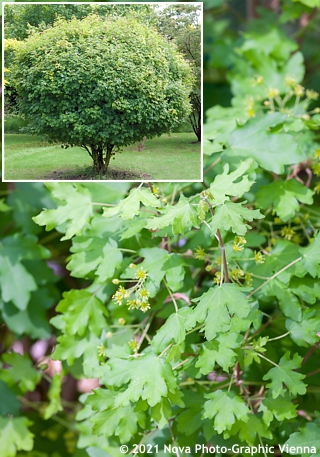
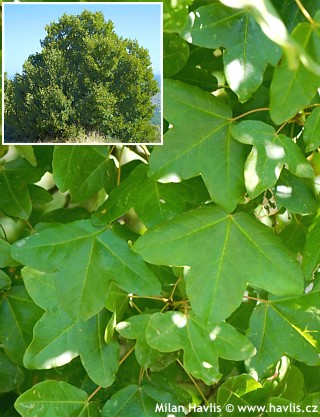
.jpg)
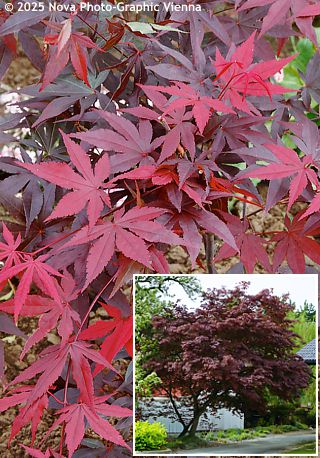
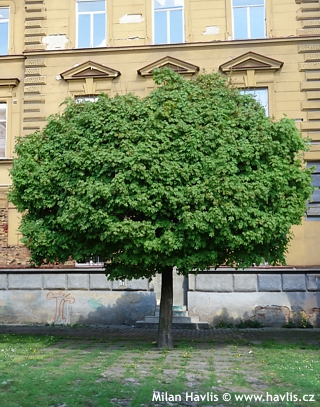
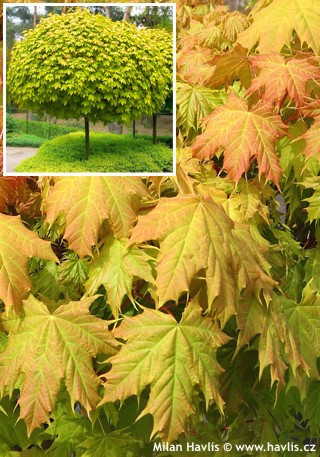
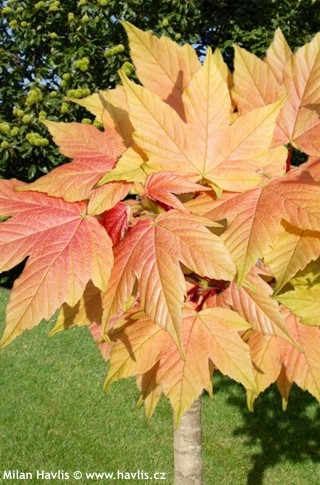
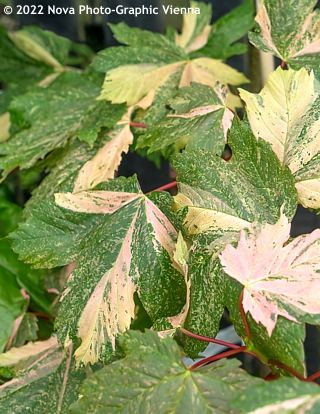
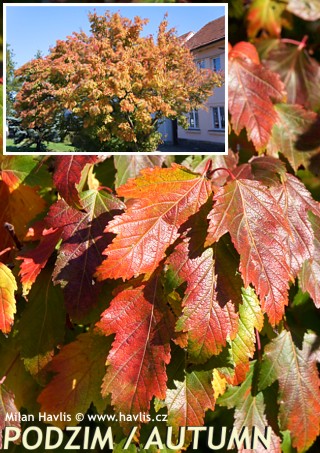
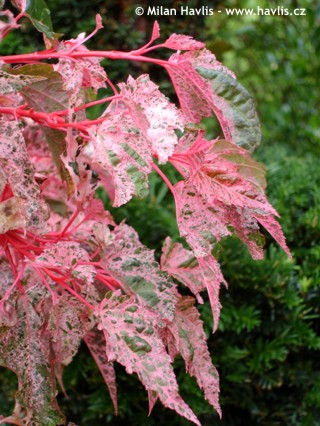
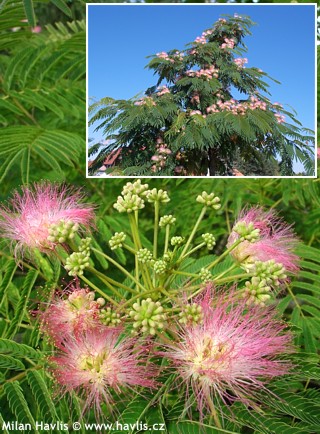
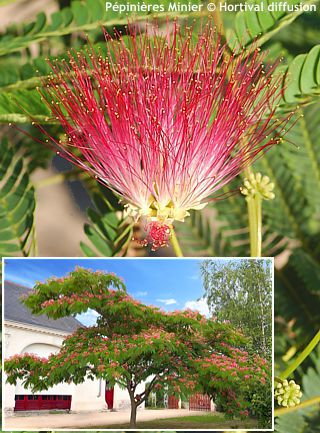
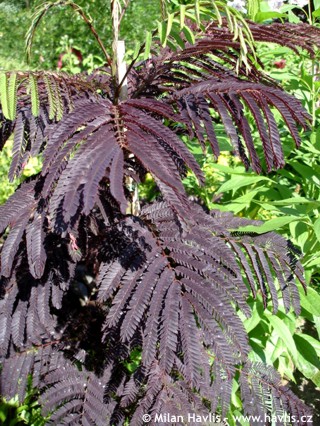
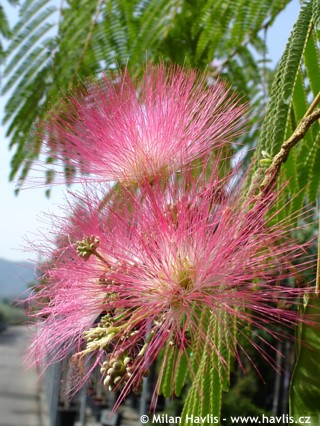
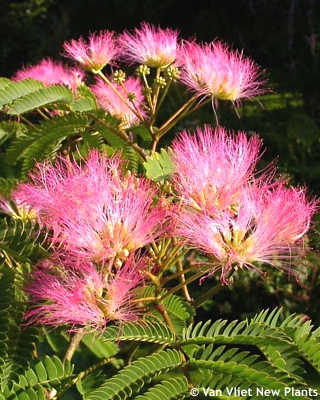
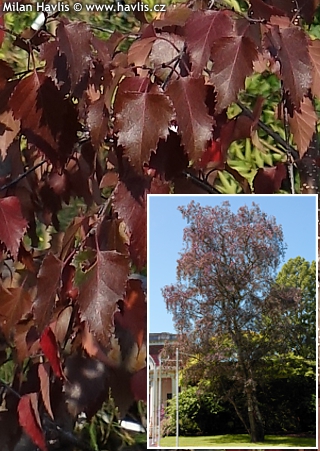
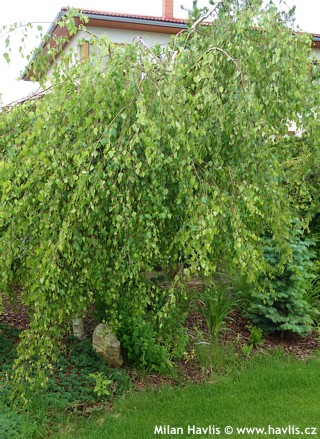
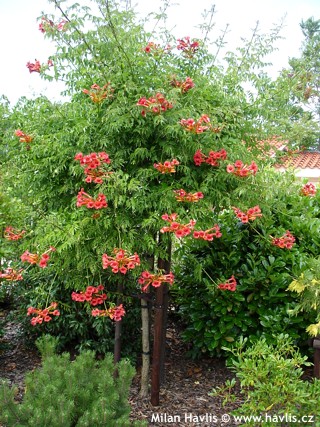
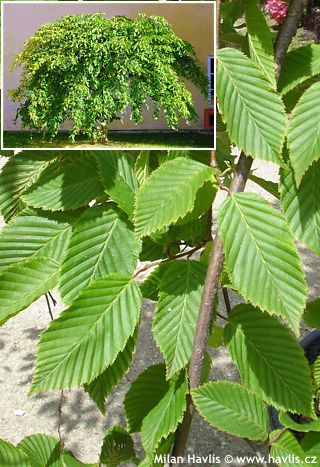
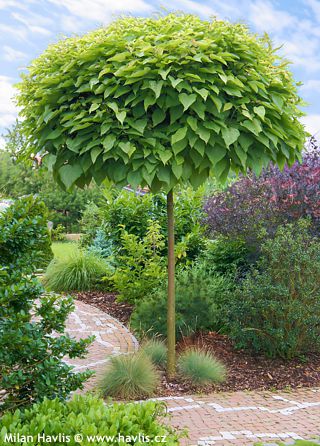
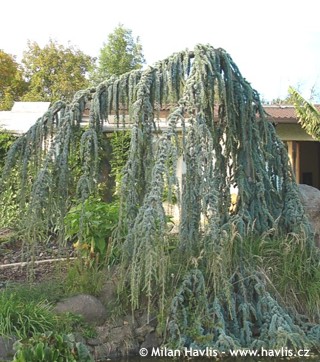
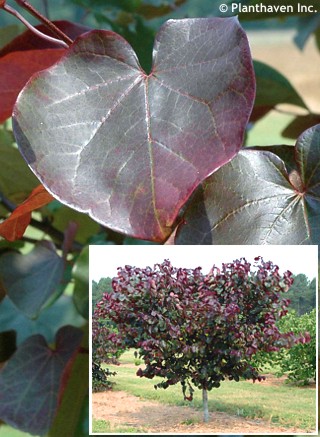
.jpg)
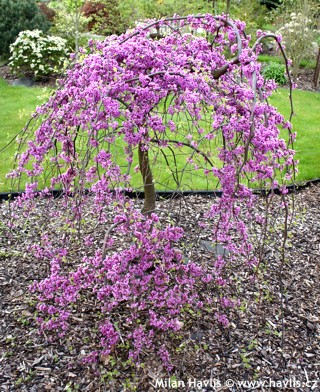
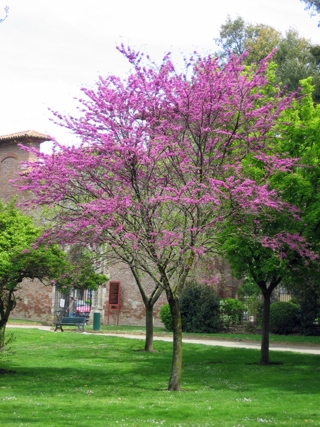
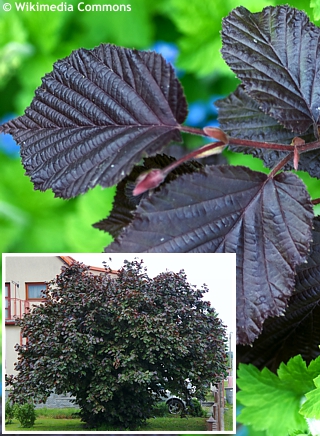
.jpg)
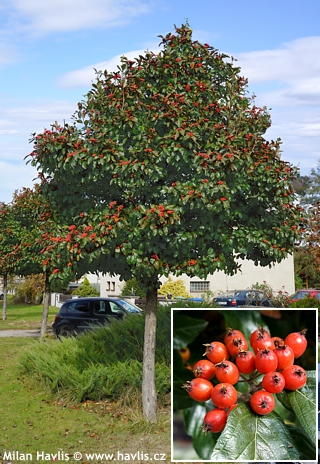
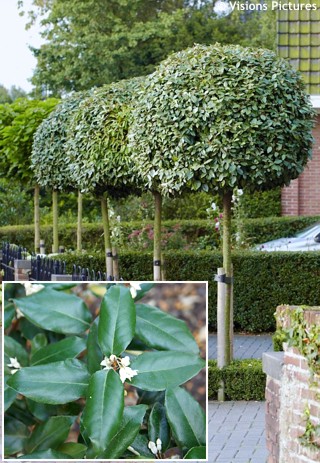
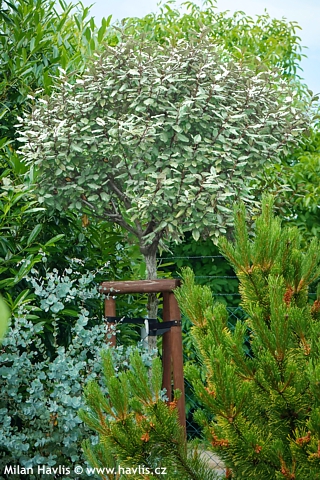
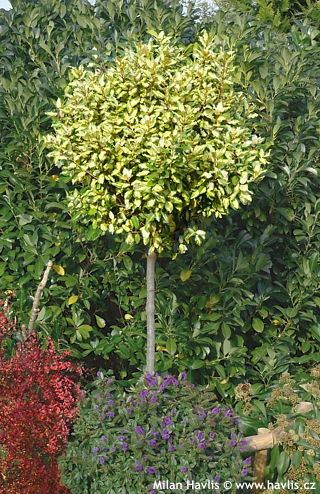
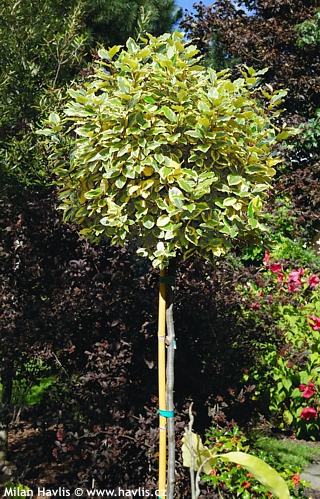
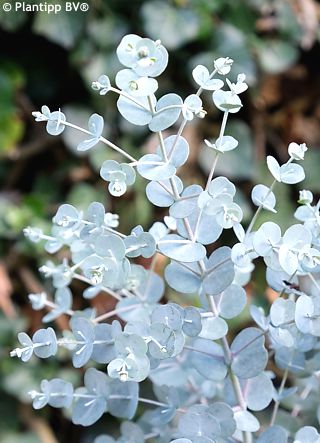
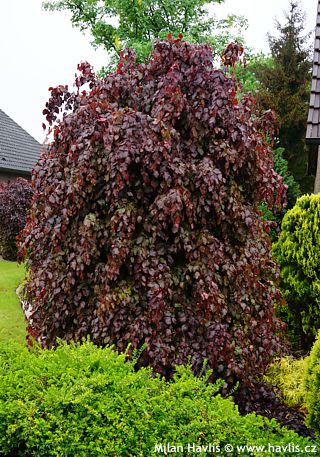
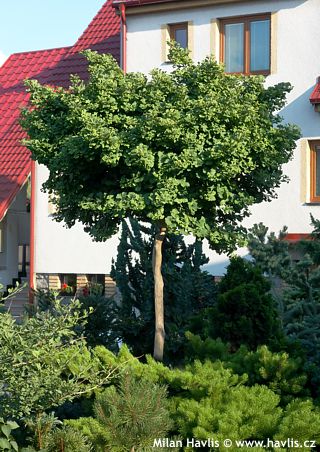
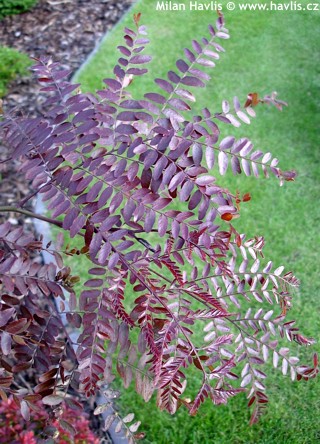
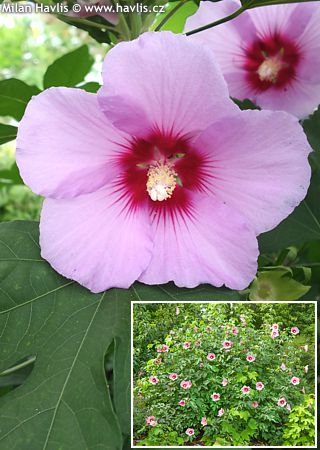
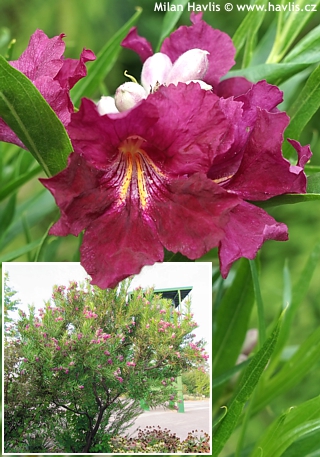
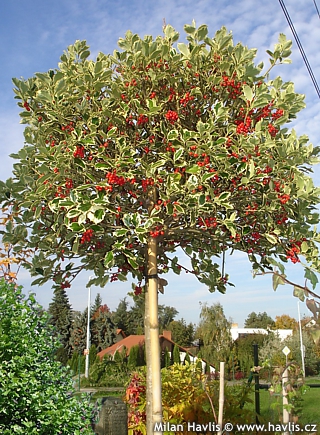
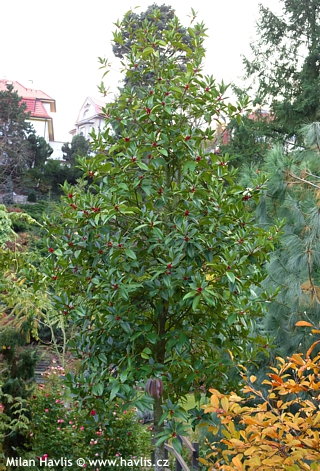
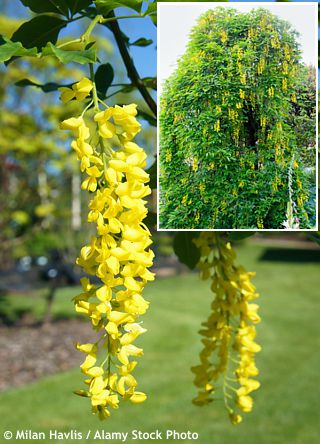
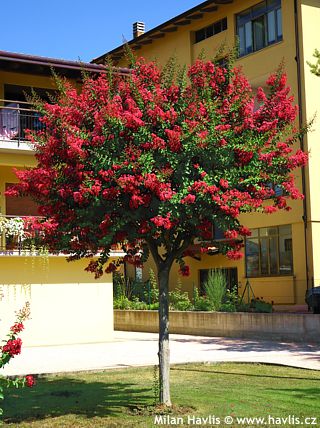
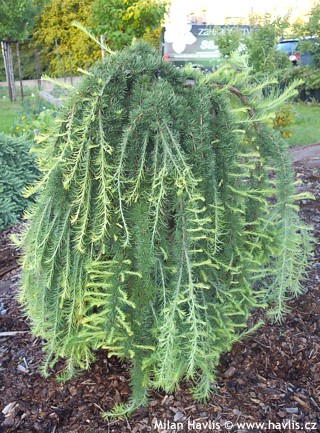
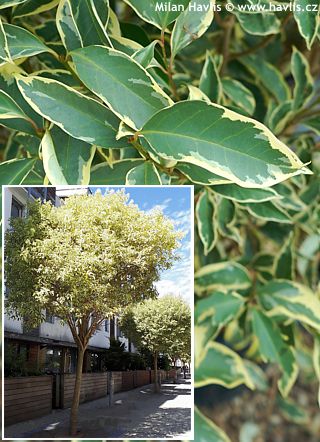
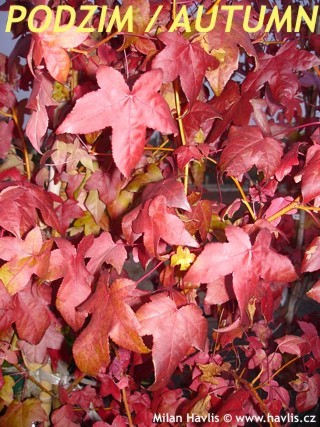
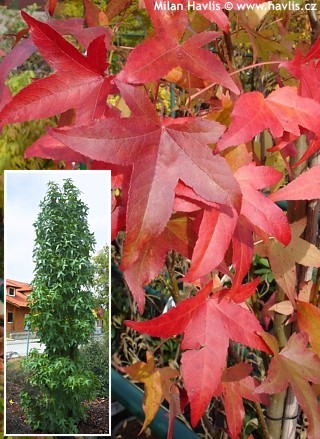
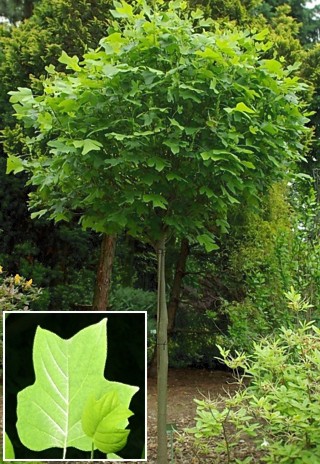
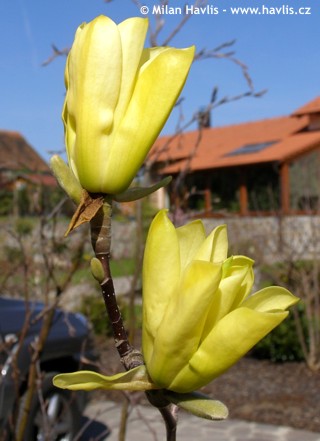
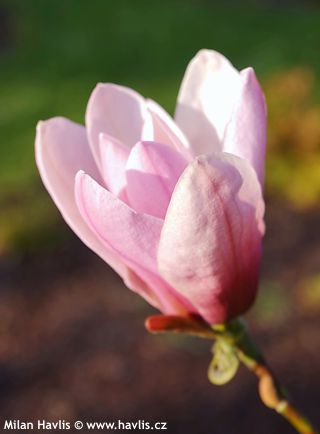
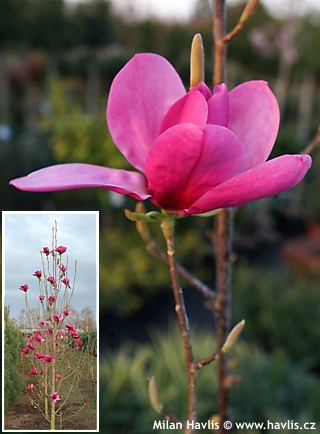
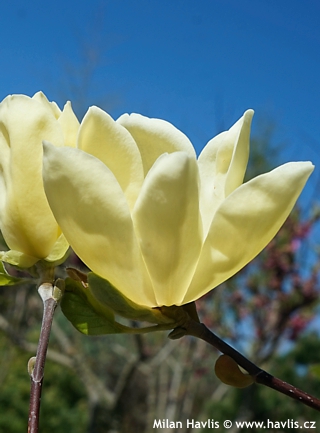
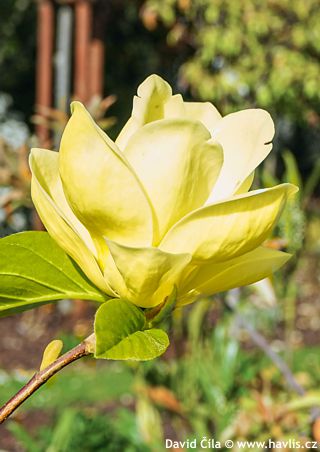
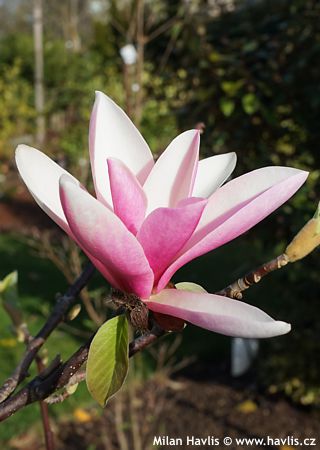
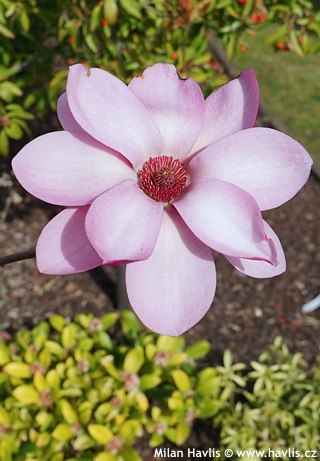
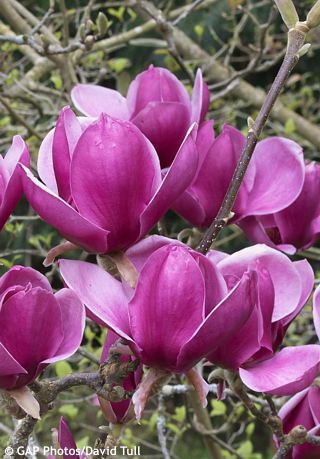
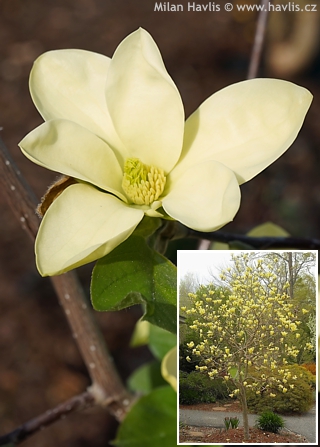
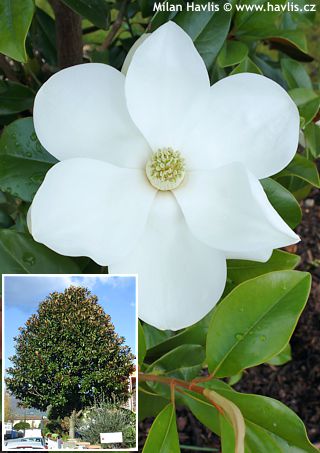
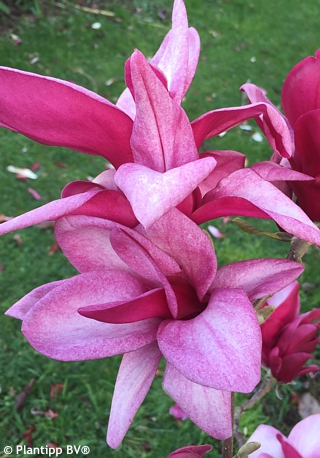
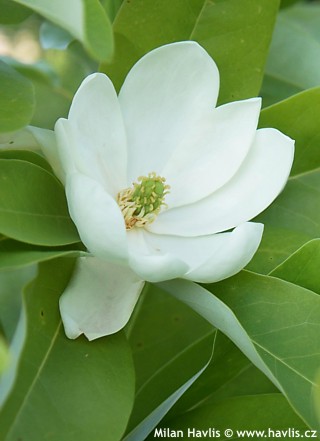
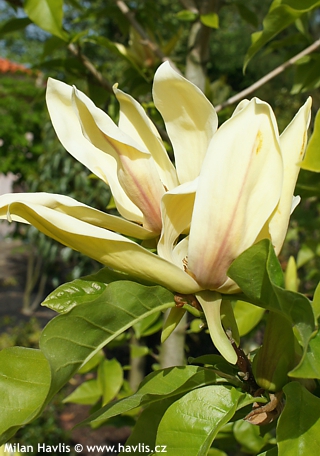
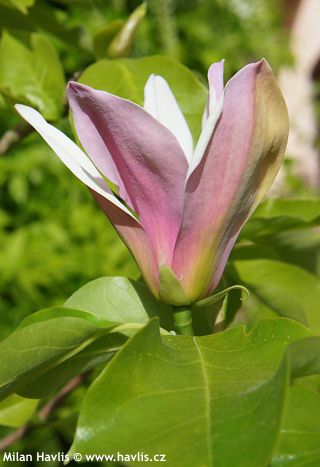
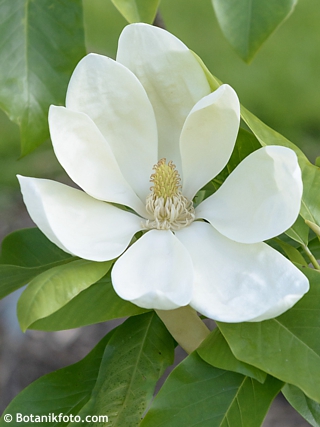
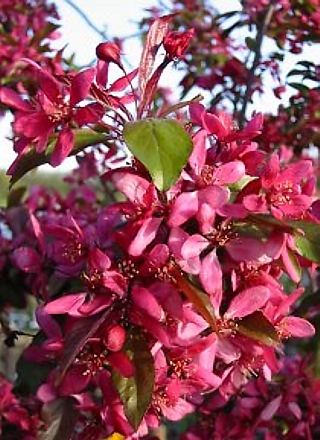
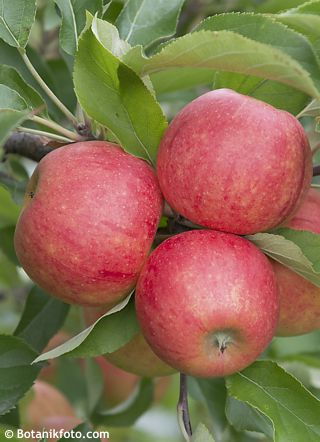
.jpg)
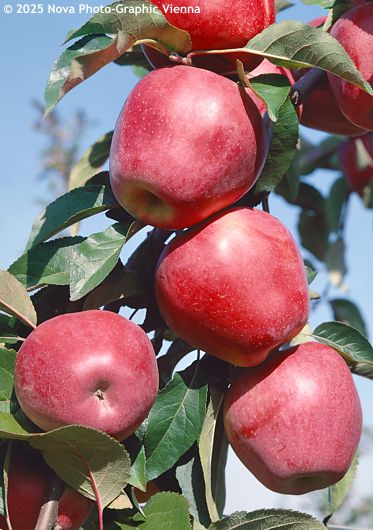
.jpg)
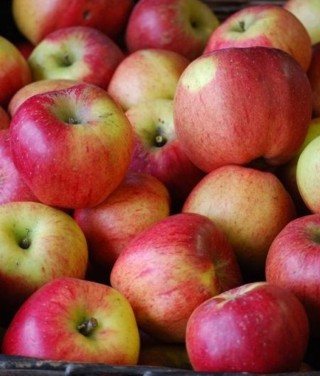
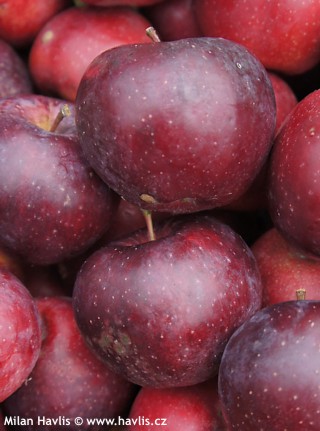
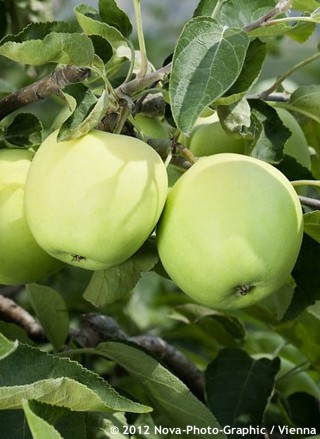
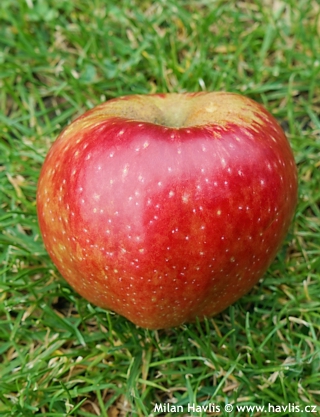
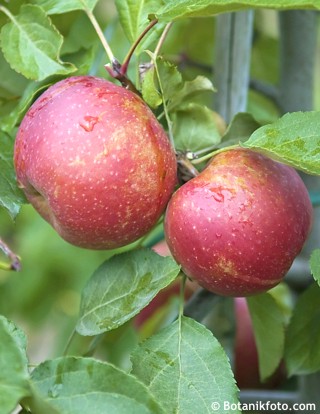
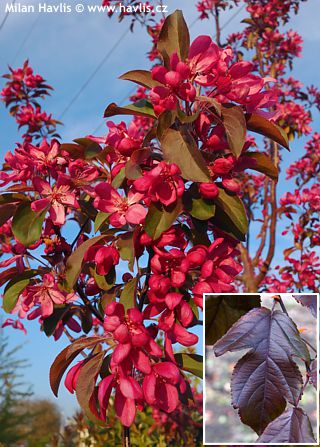
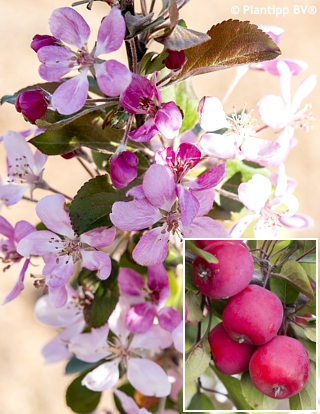
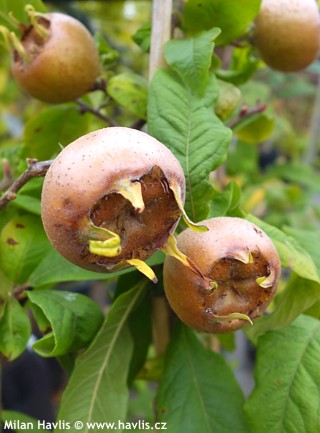
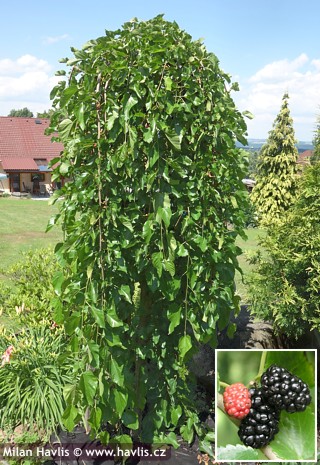
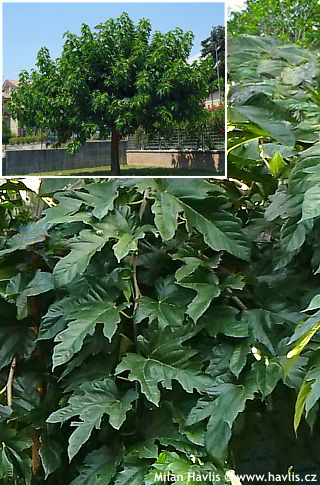
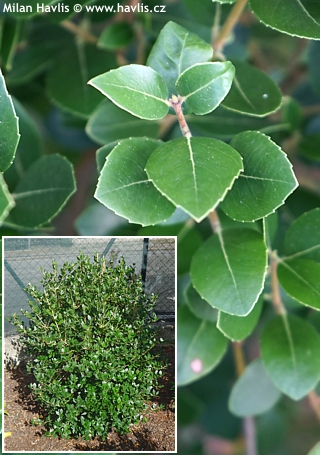
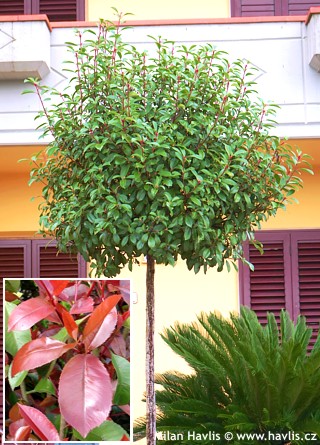
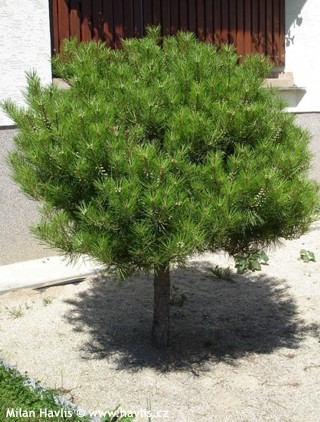
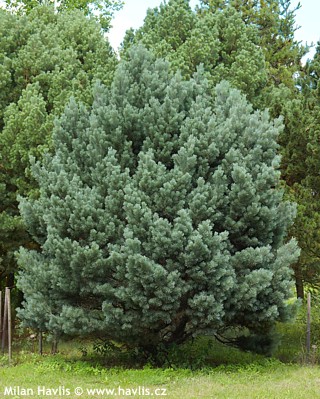
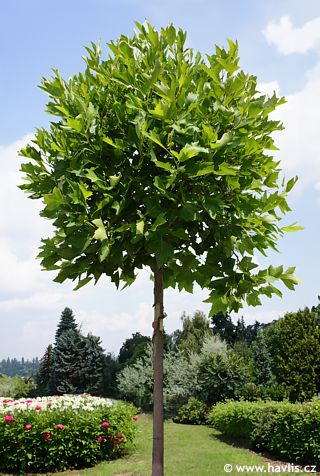
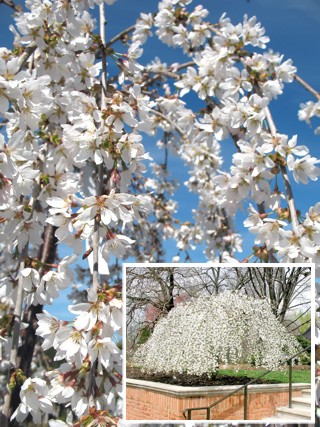
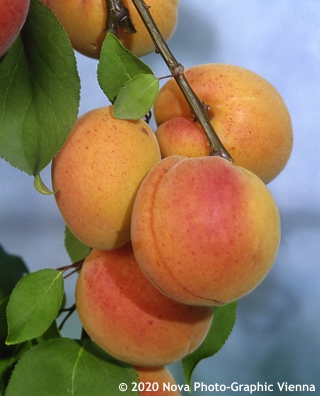
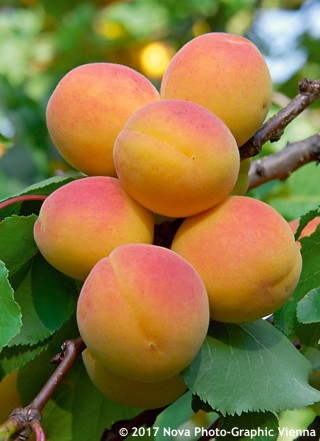
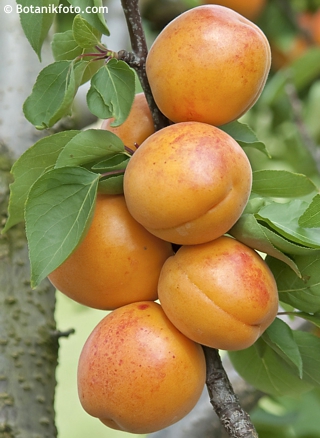
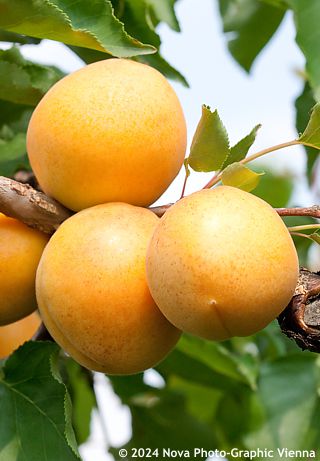
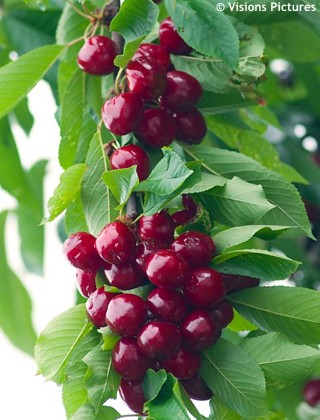
.jpg)
.jpg)
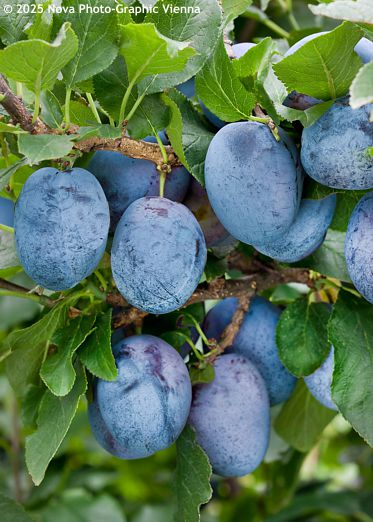
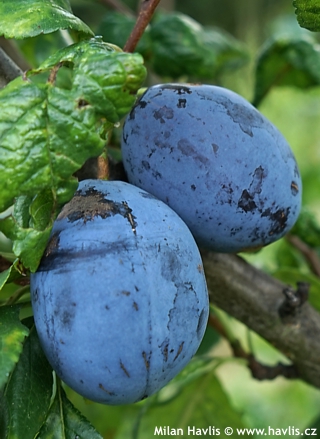
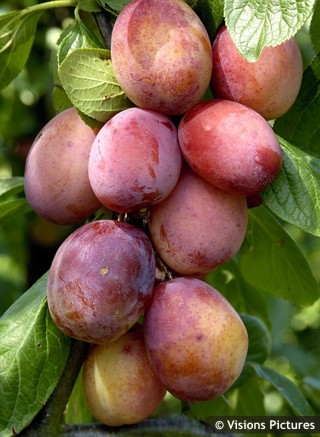
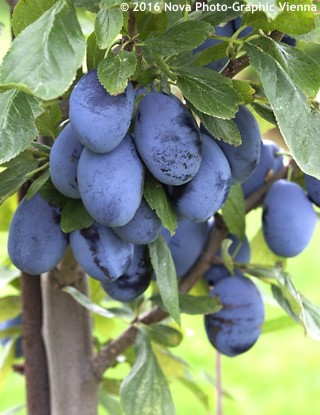
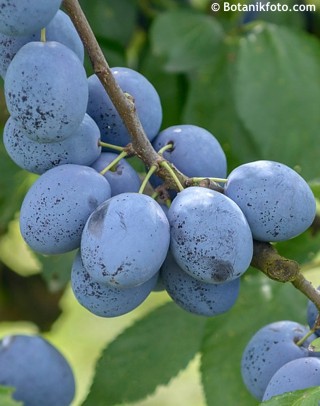
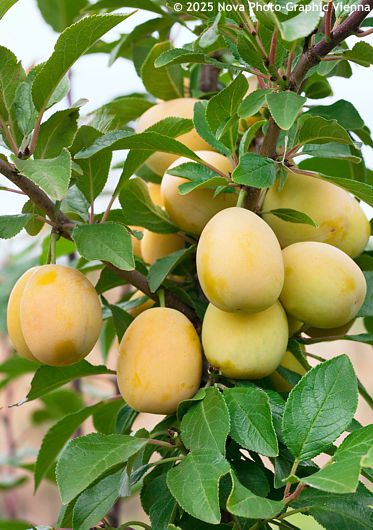
.jpg)
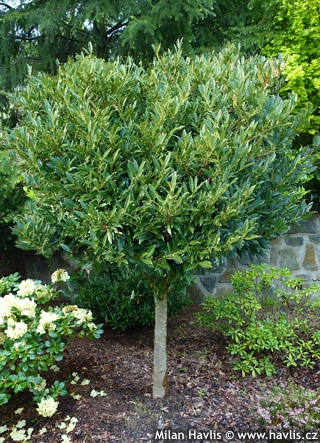
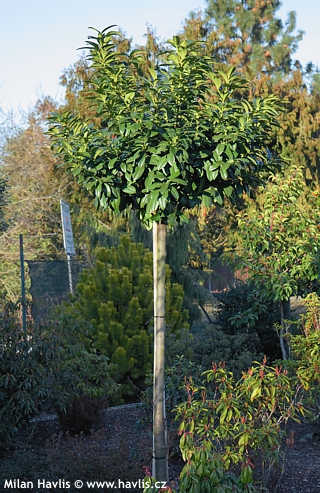
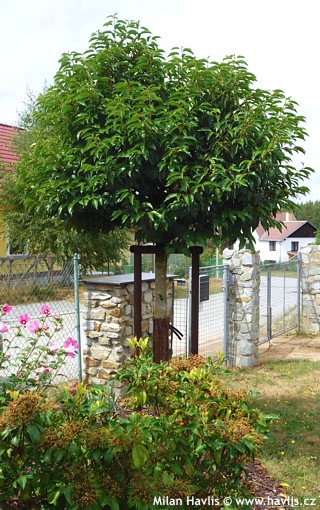
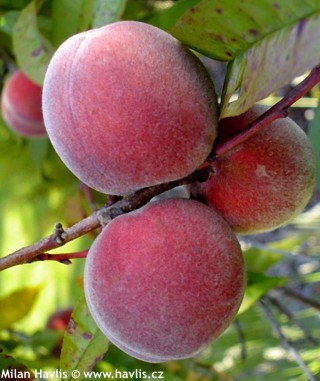
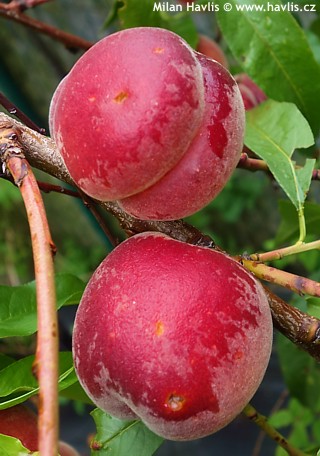
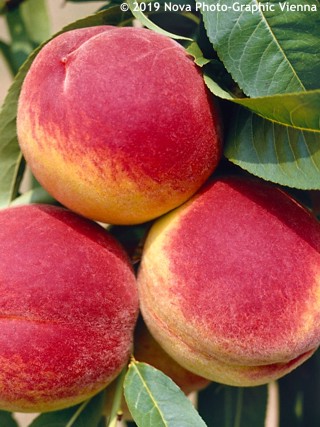
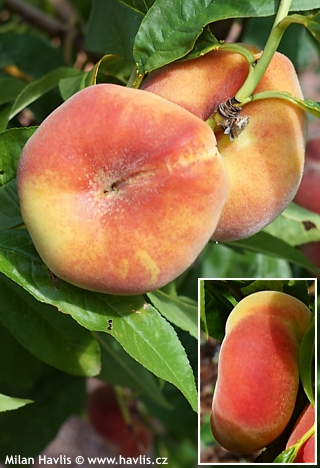
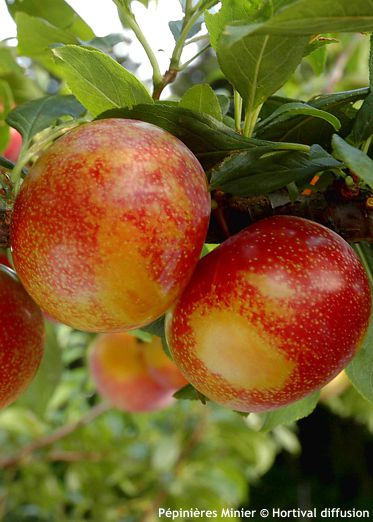
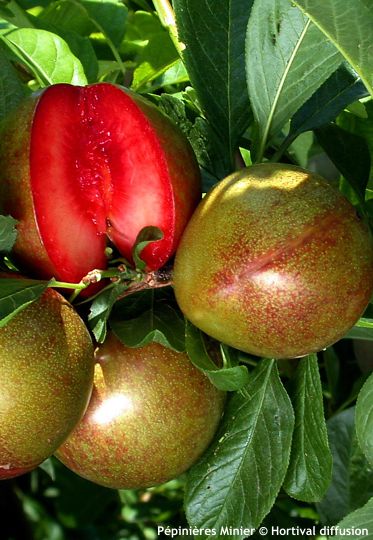
.jpg)
.jpg)
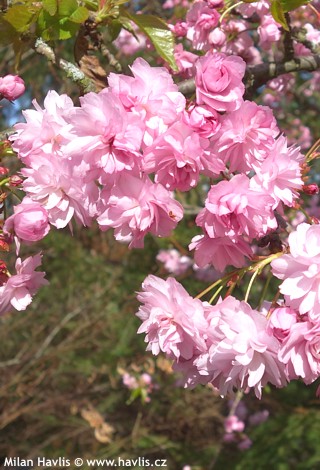
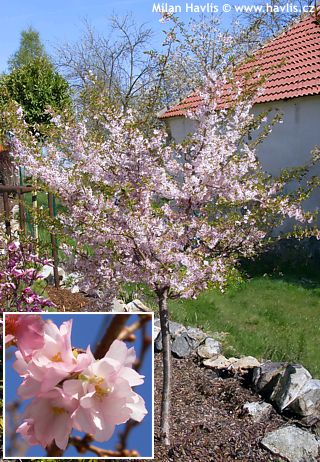
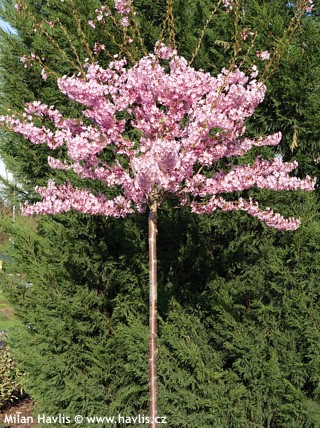
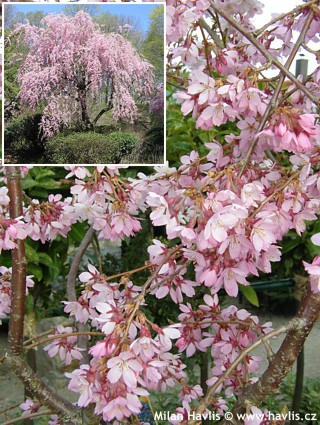
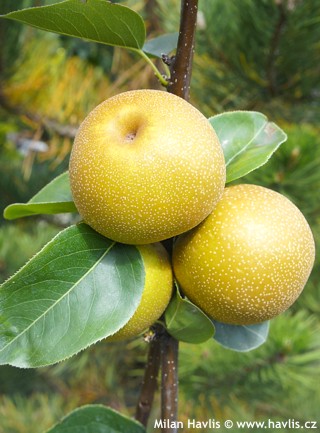
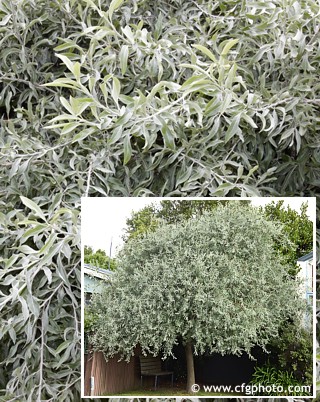
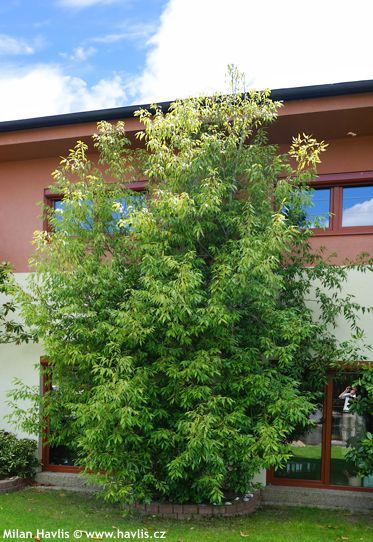
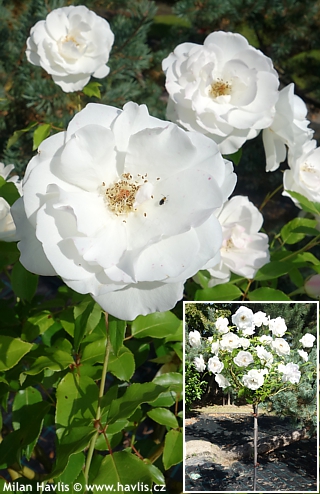
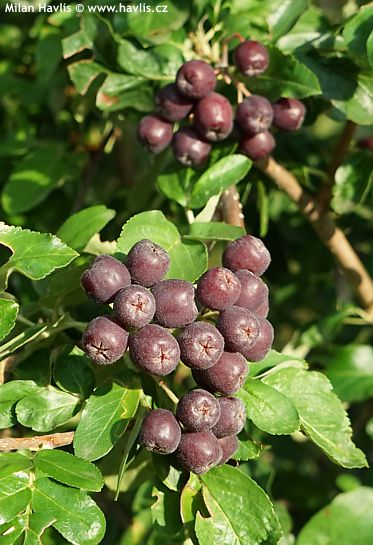
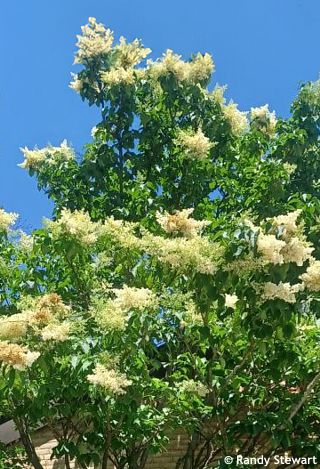
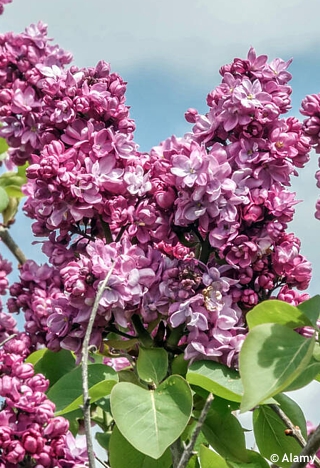
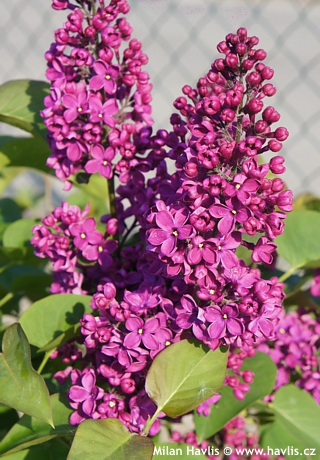
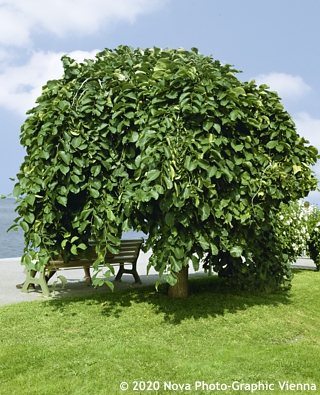
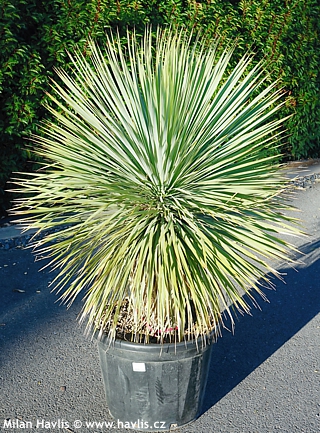
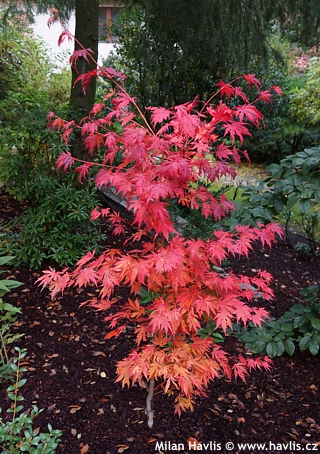
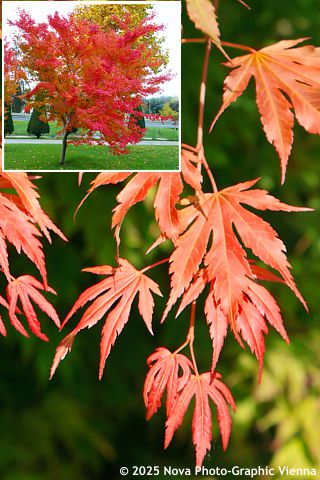
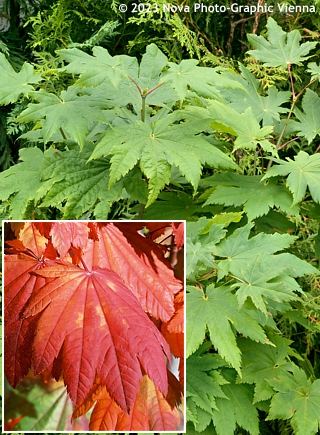
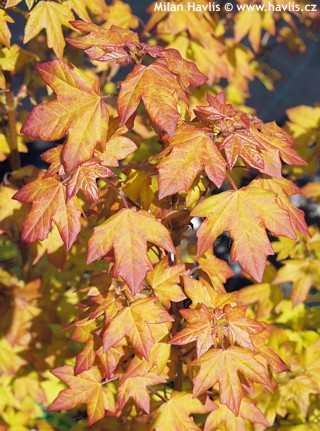
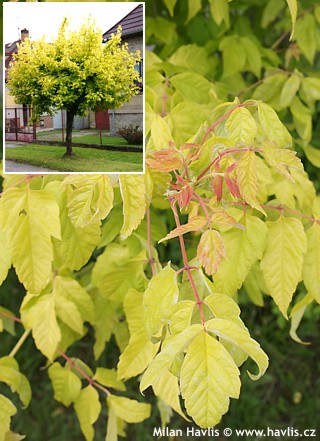
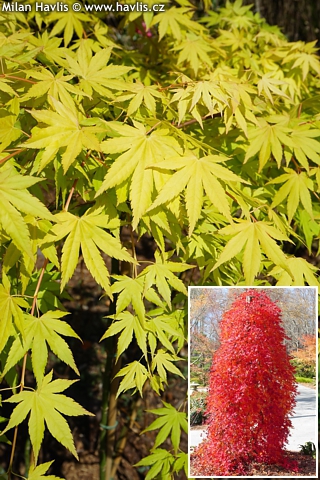
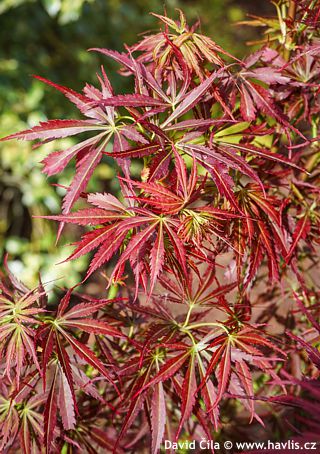
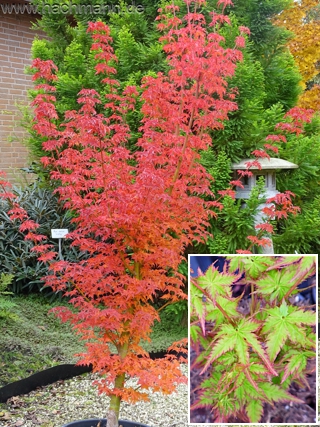
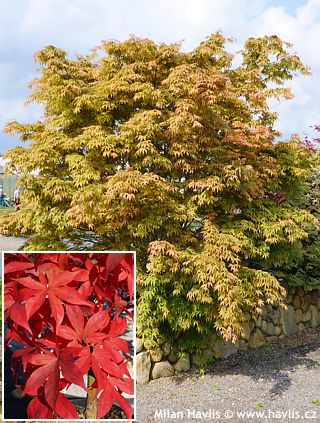
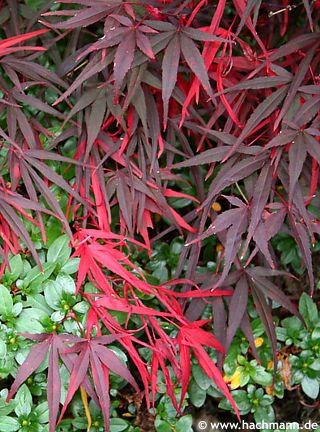
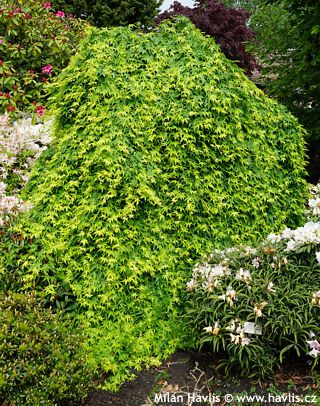
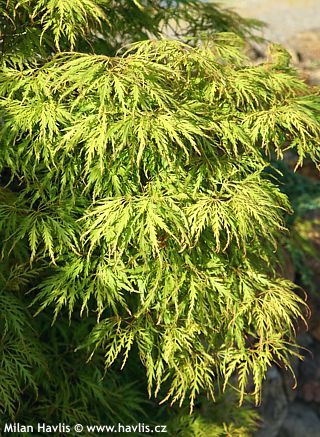
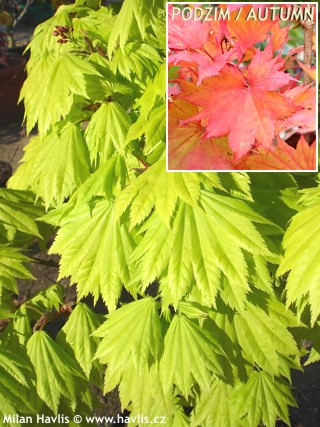
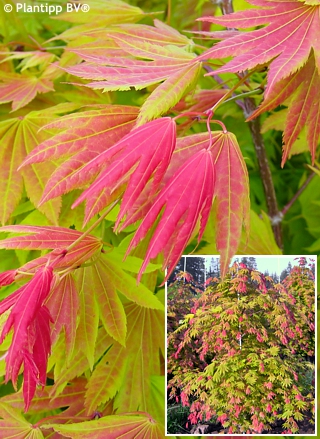
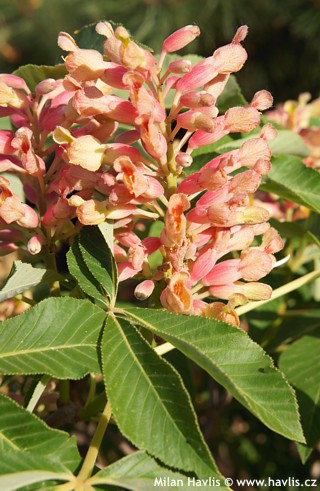
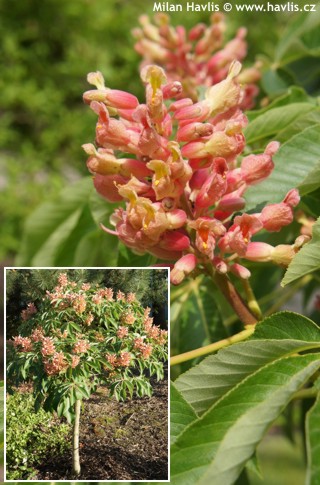
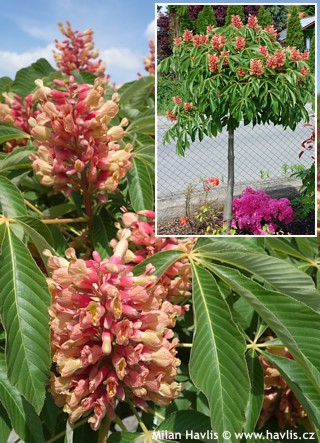
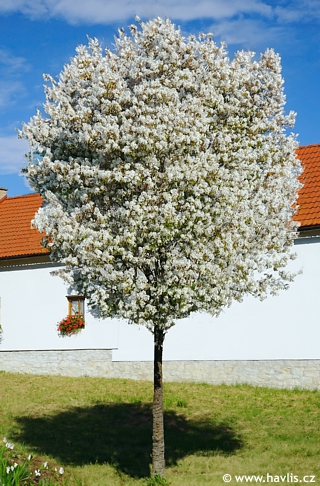
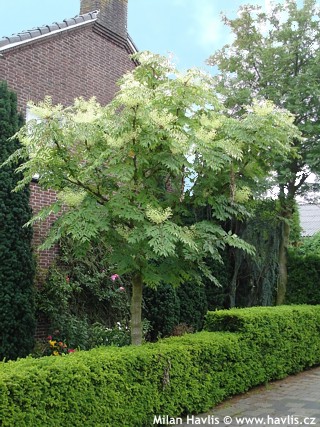
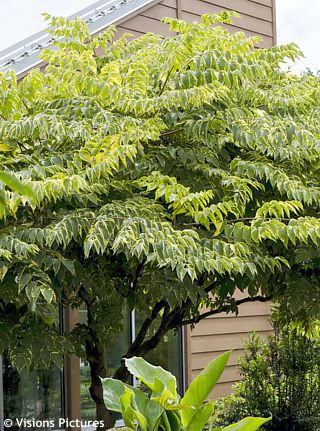
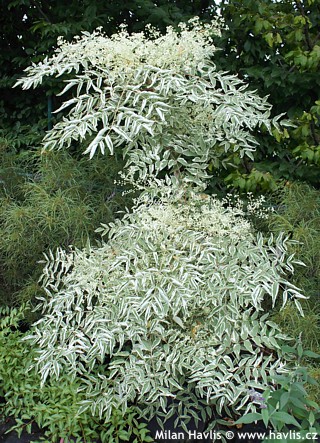
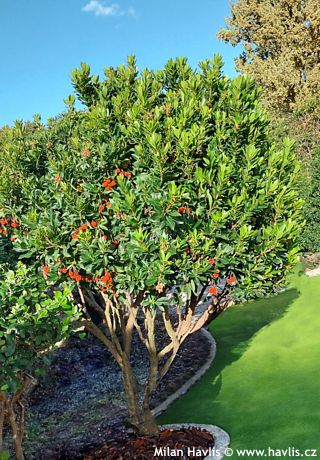
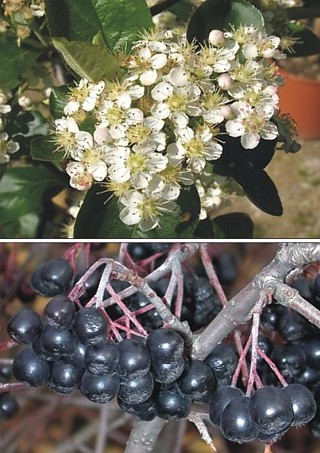
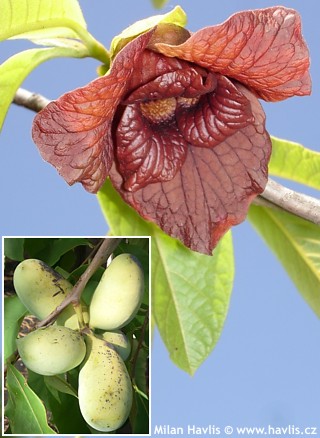
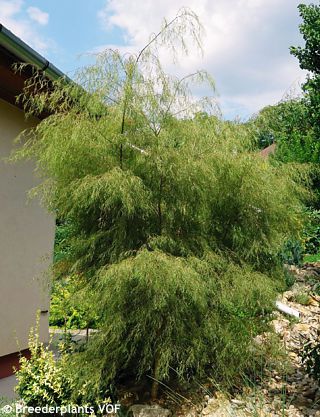
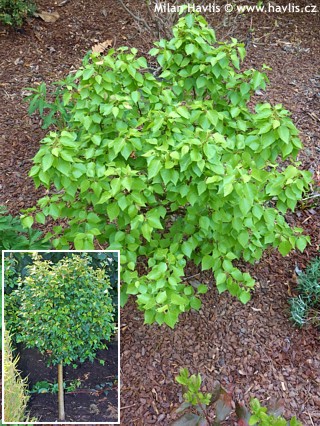
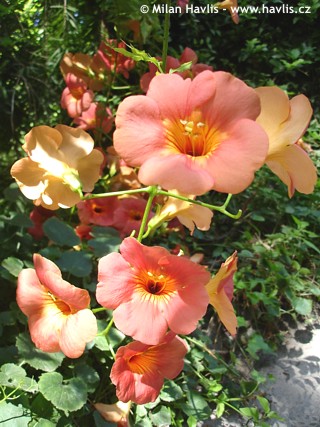
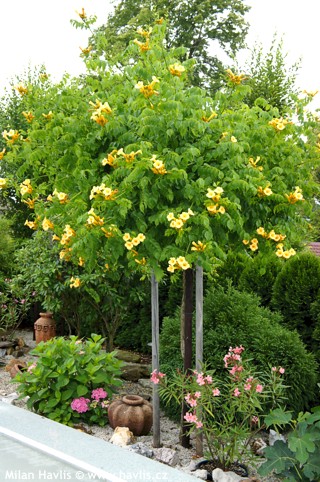
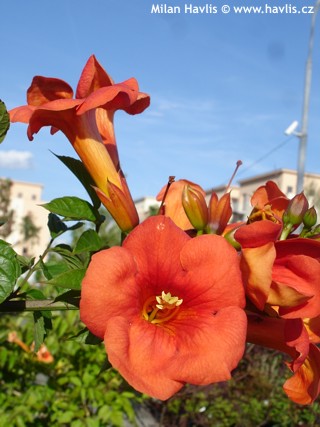
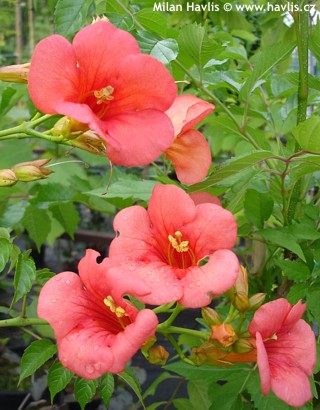
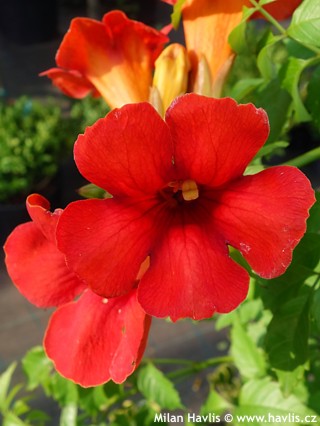
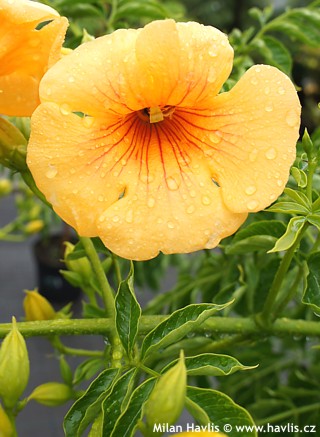
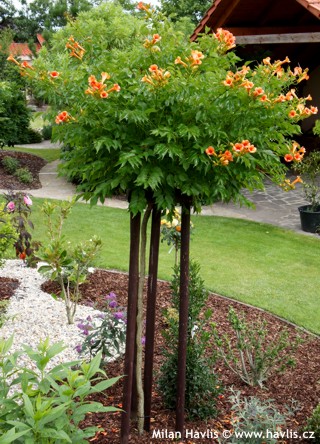
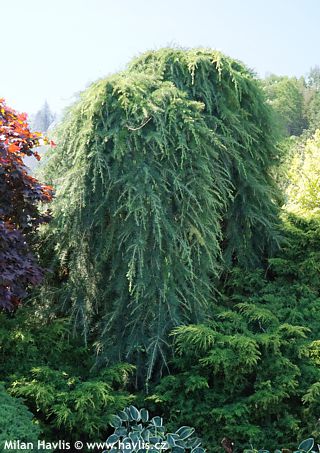
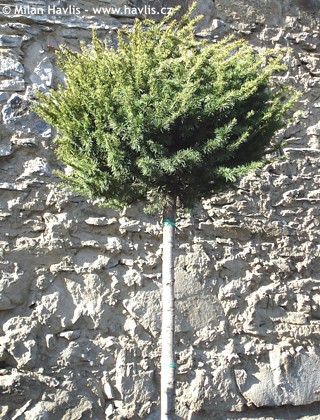
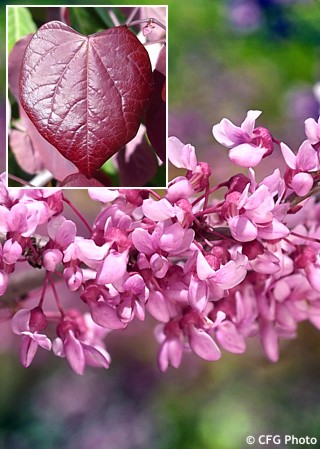
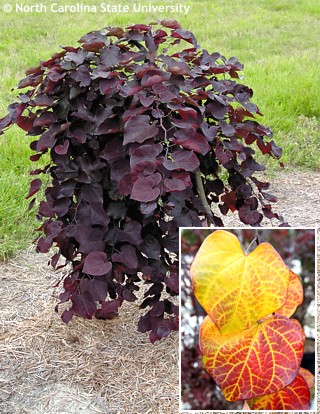
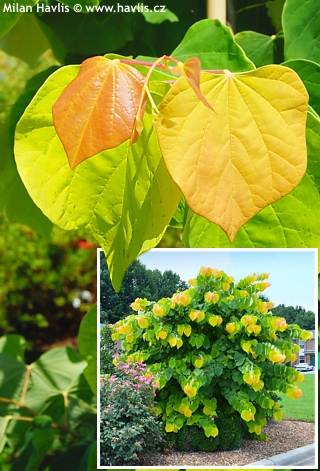
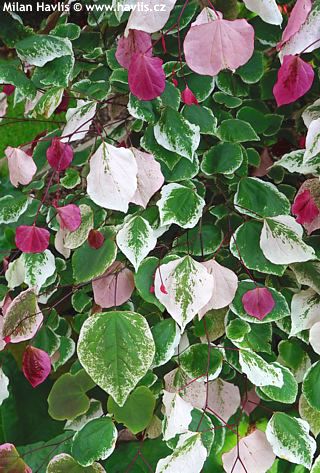
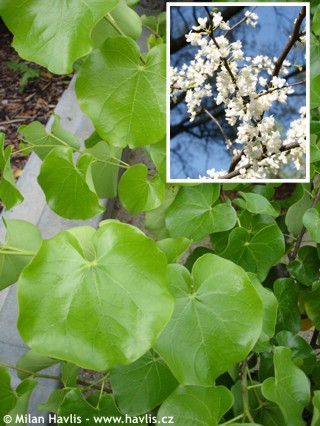
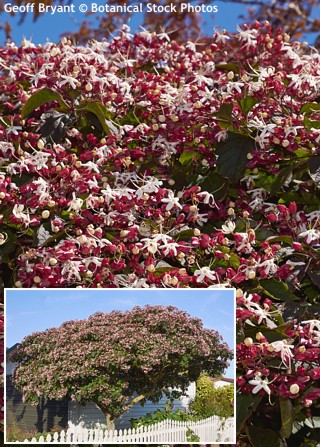
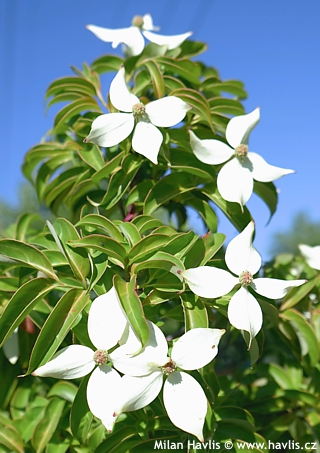
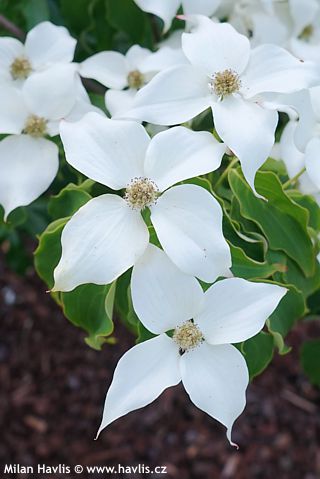
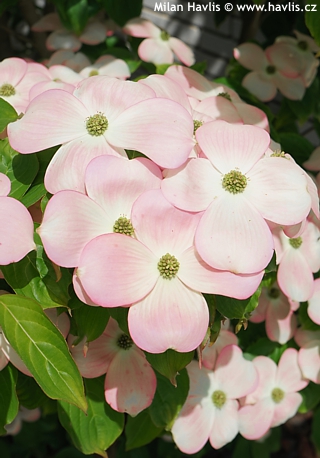
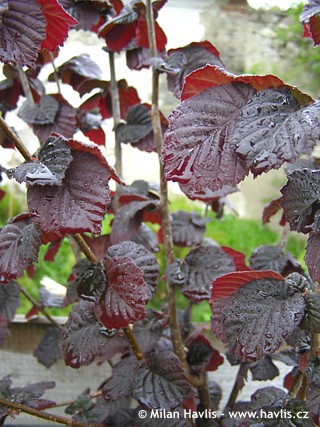
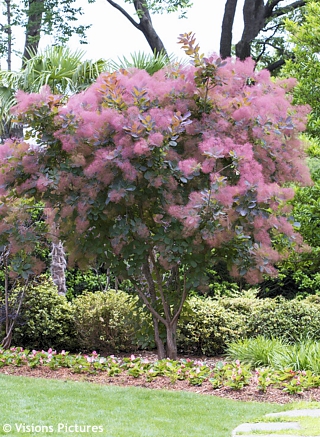
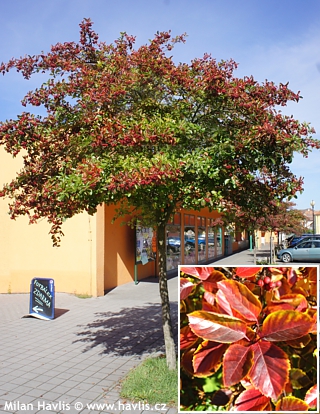
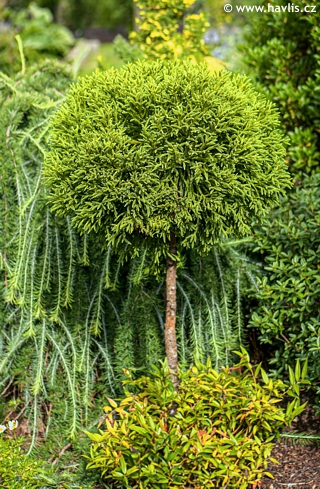
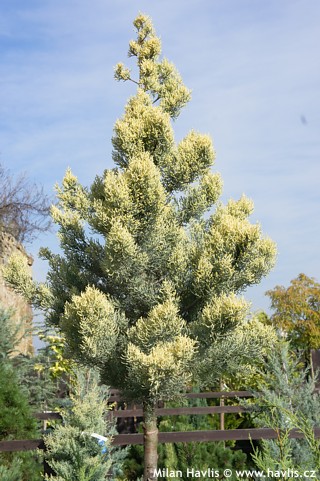
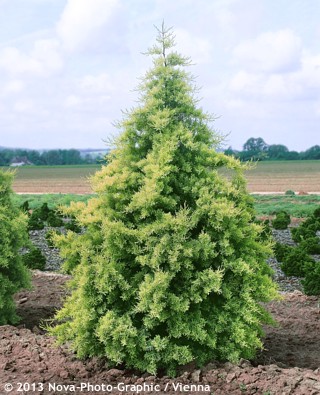
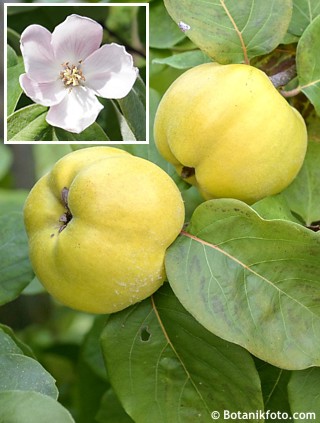
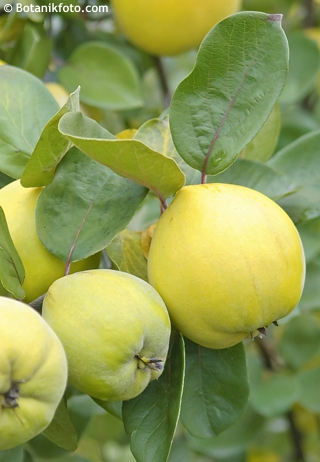
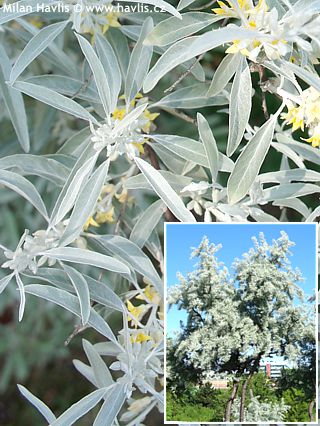
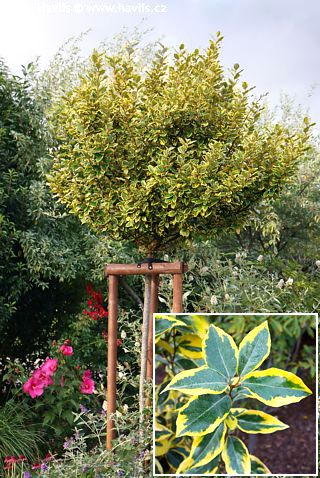
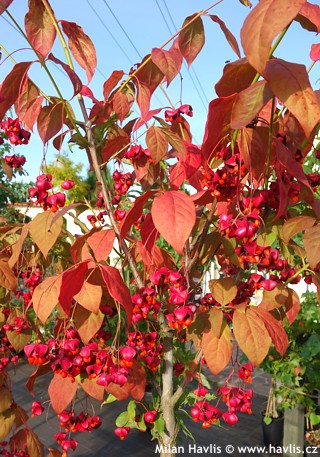
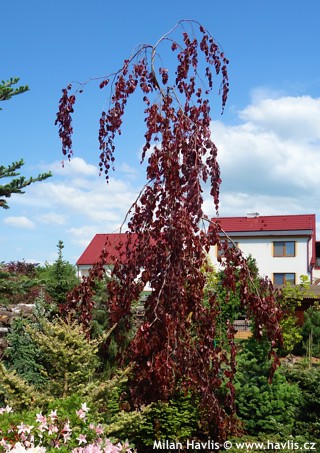
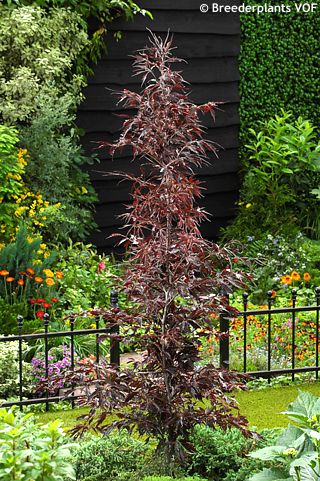
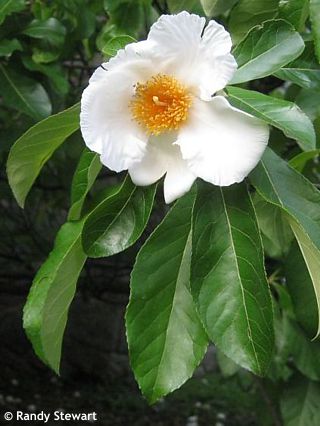

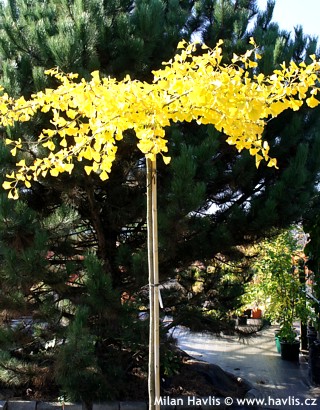
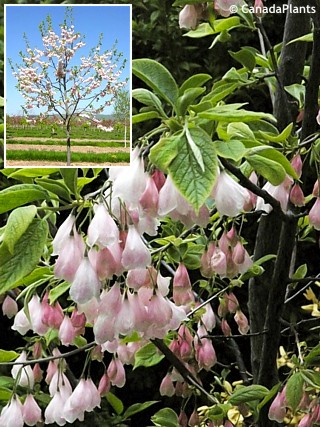
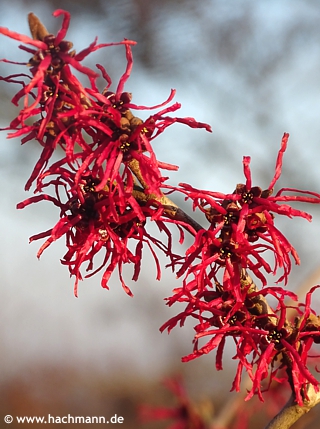
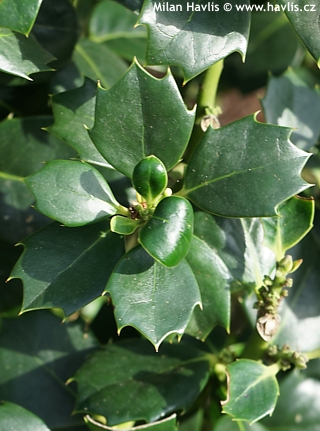
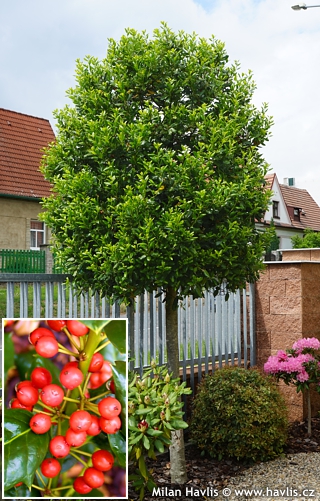
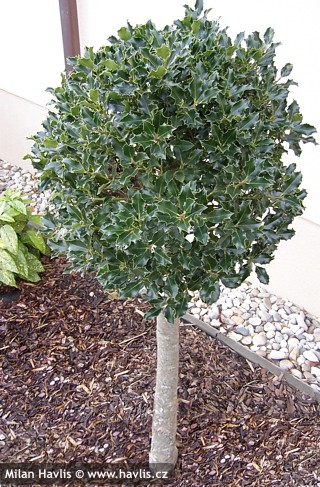
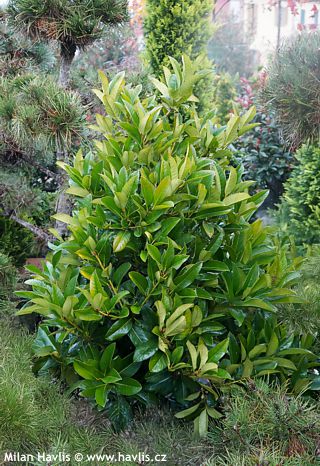
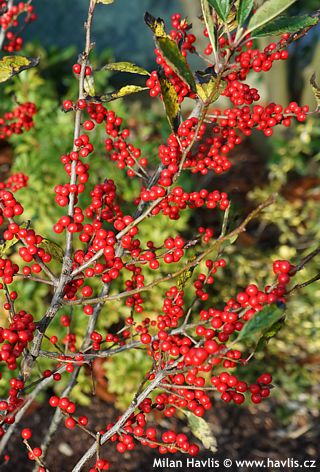
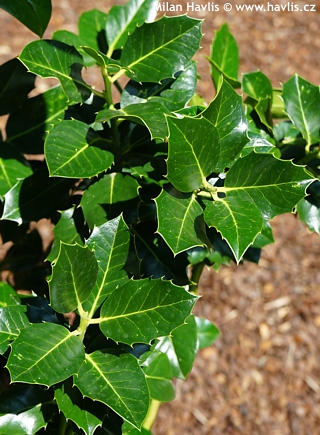
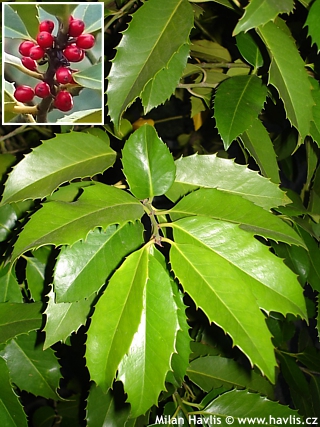
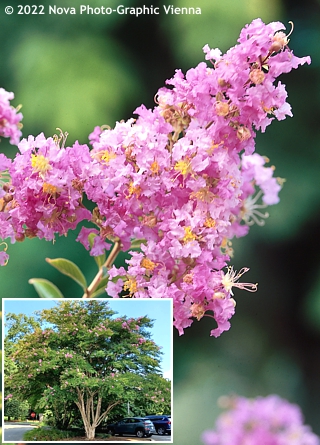
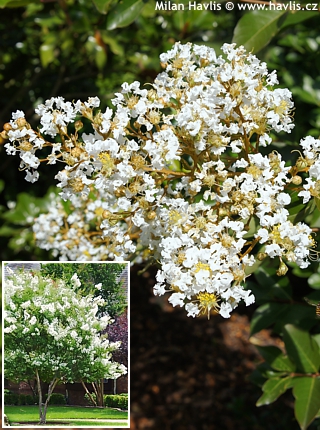
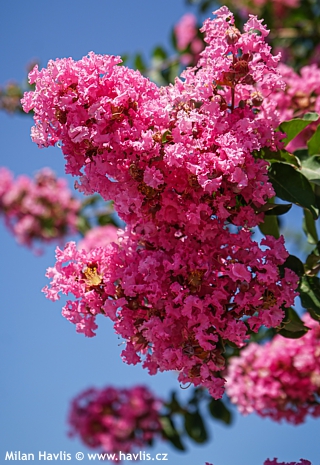
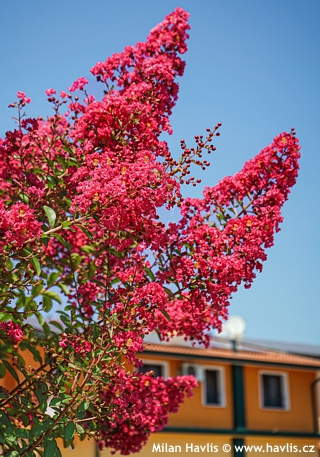
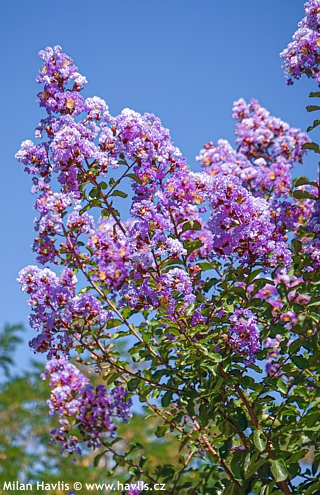
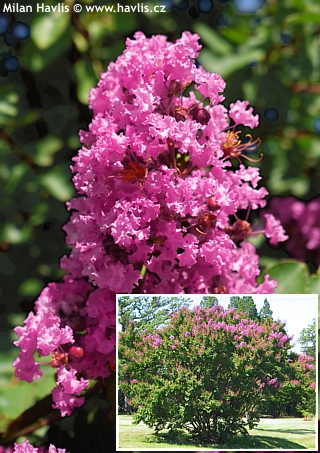
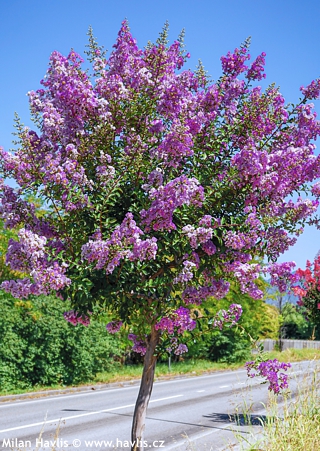
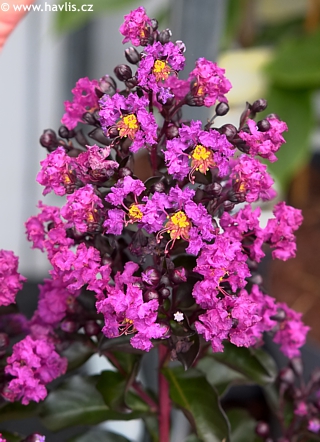
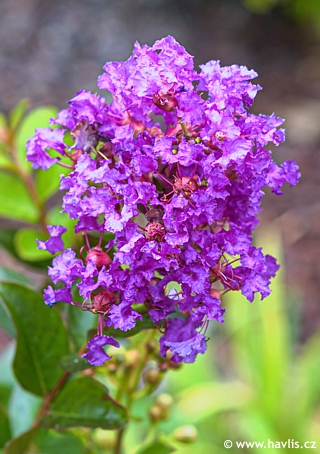
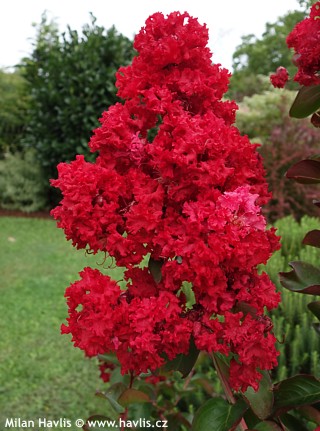
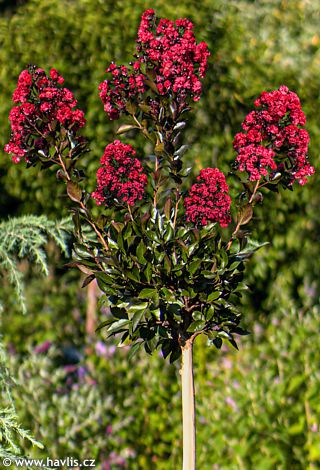
.jpg)
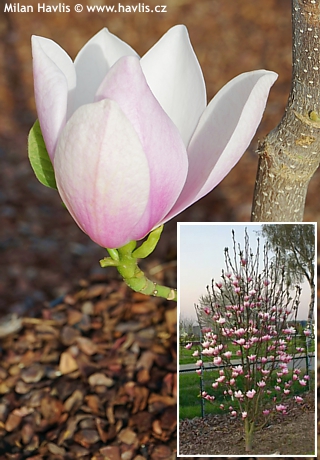
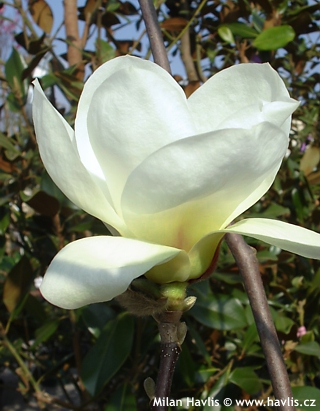
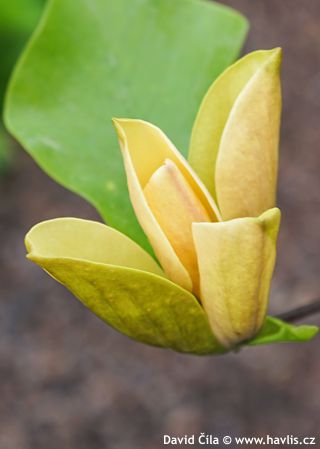
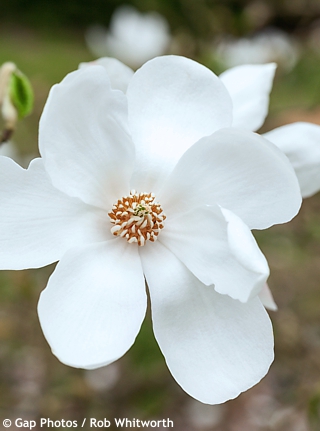
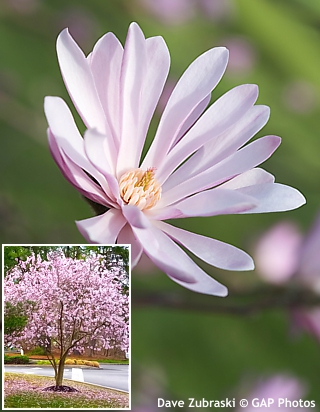
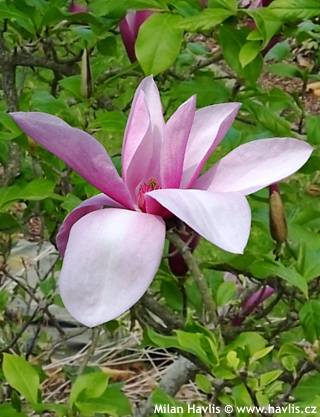
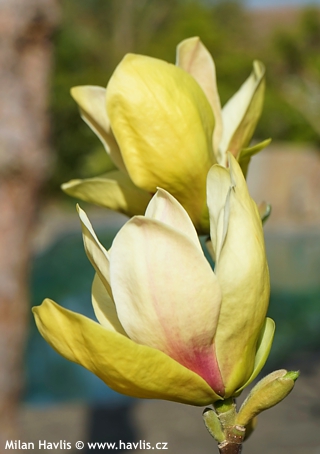
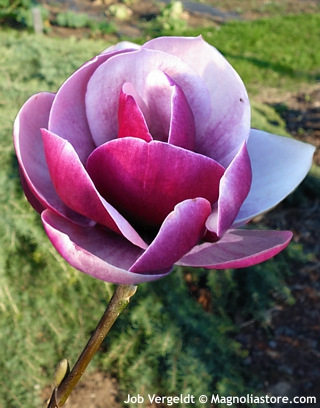
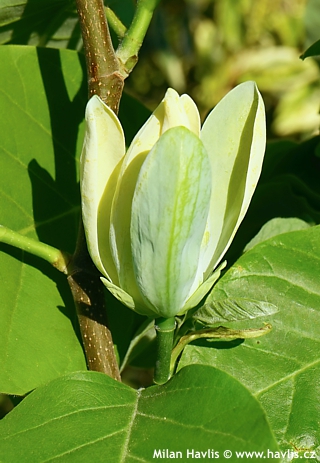
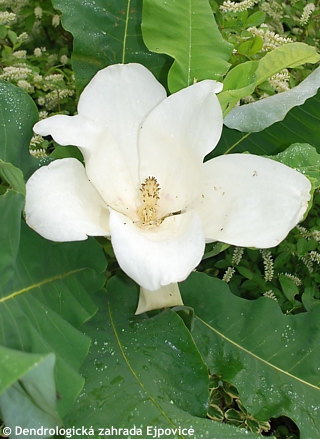
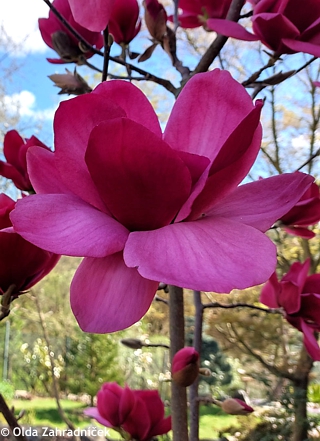
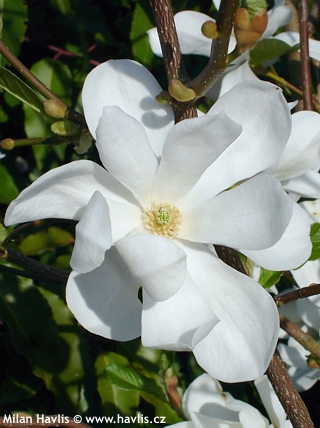
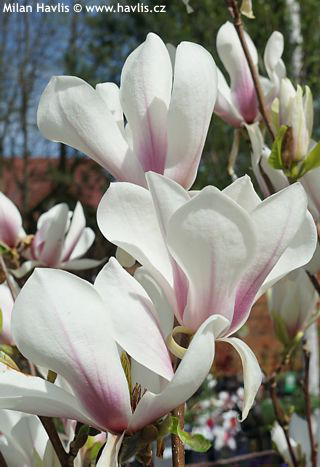
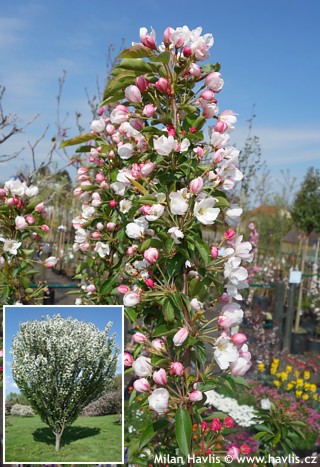
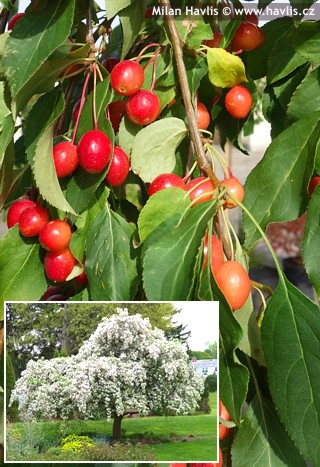
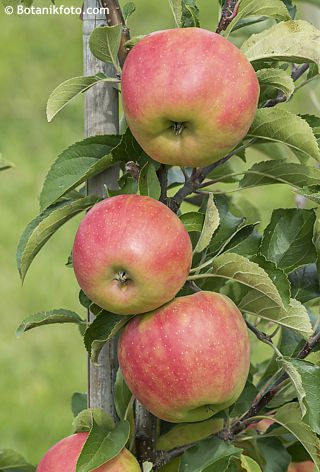
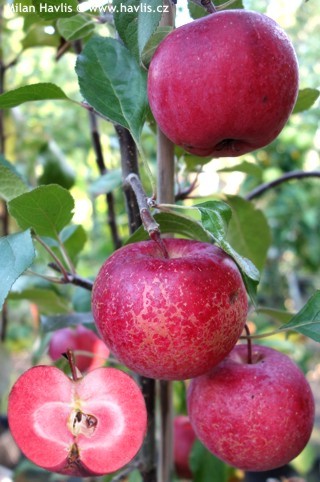
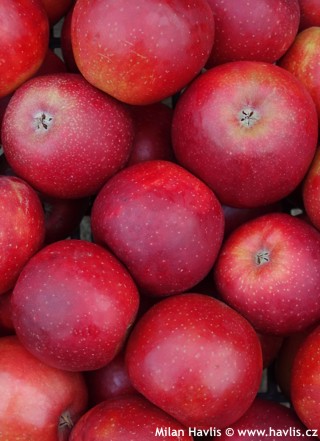
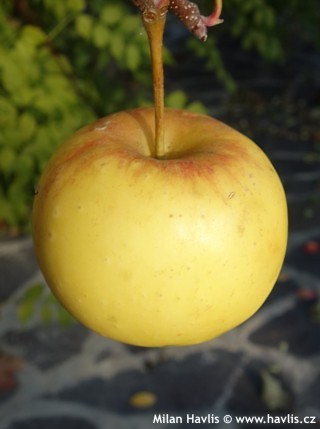
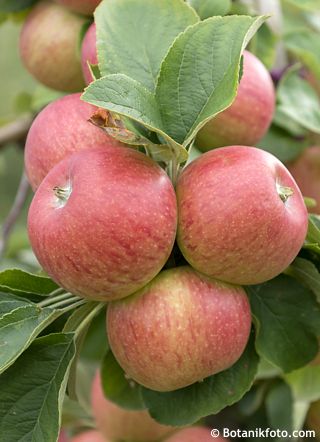
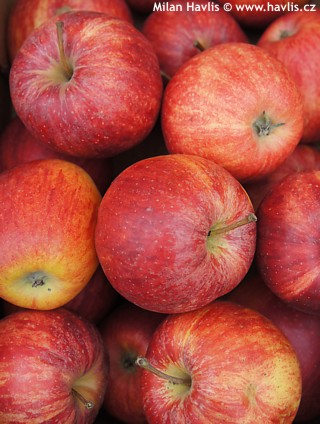
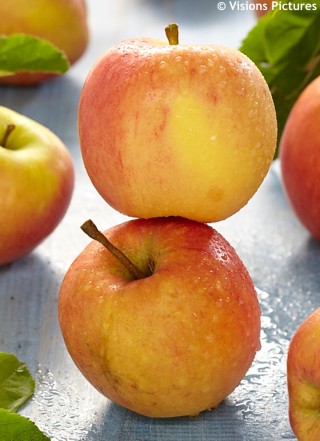
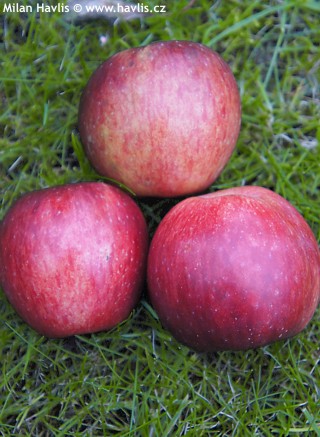
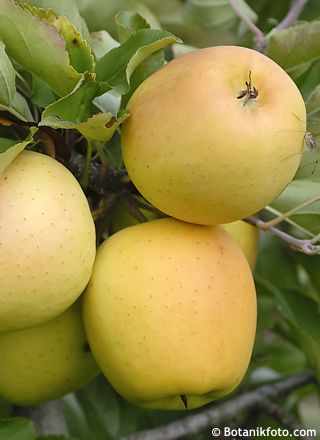
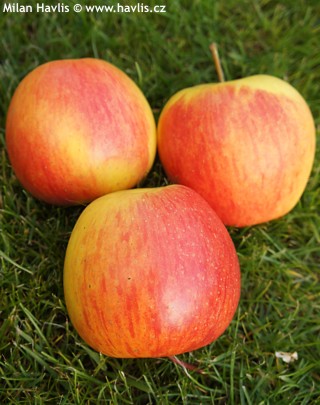
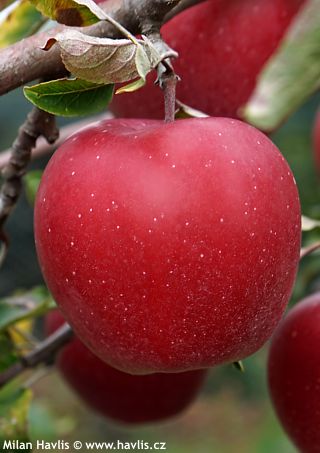
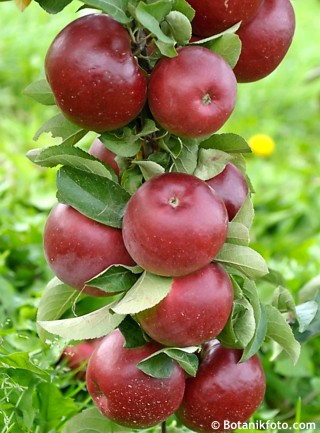
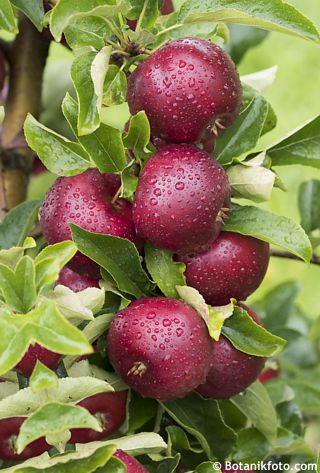
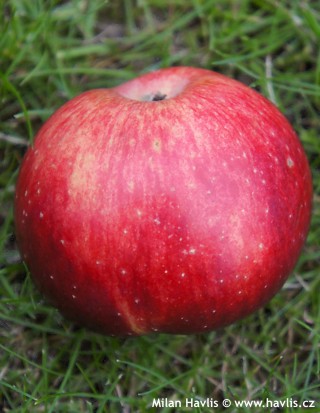
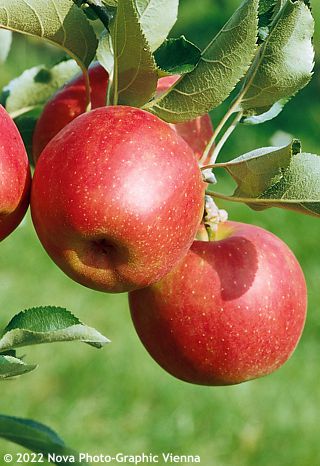
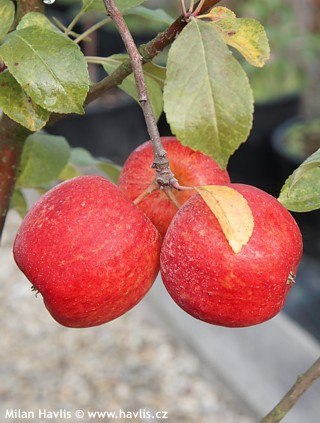
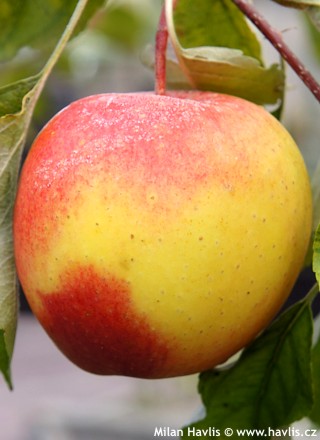
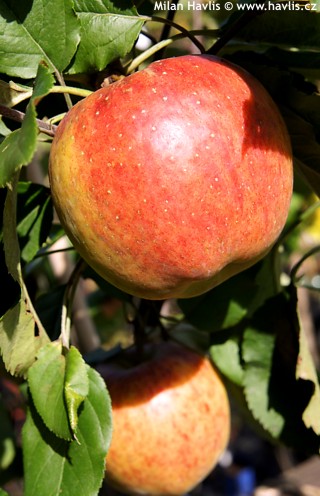
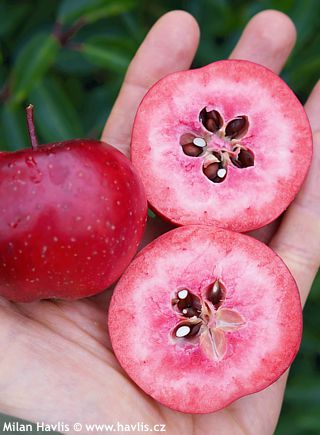
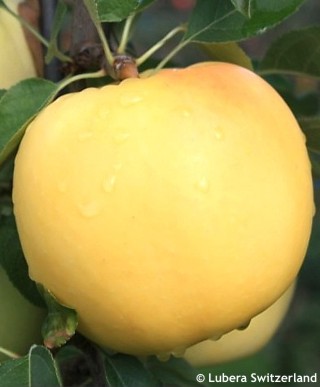
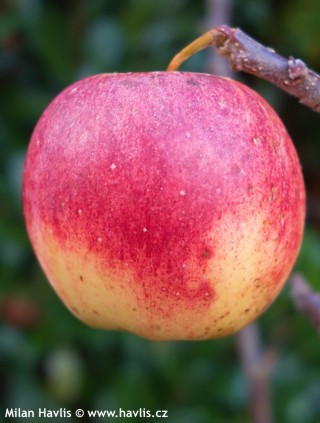
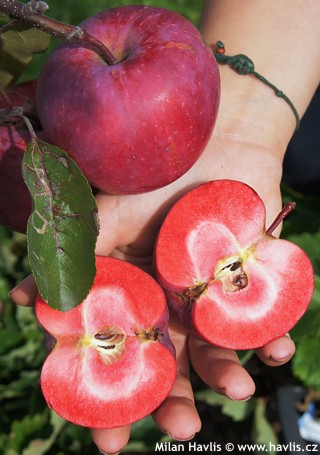
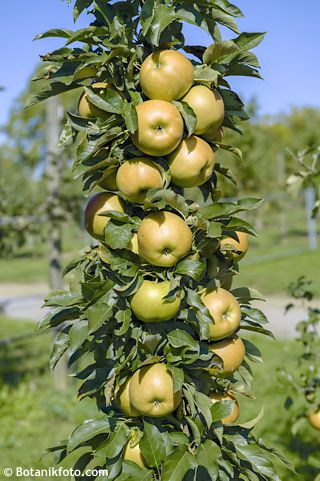
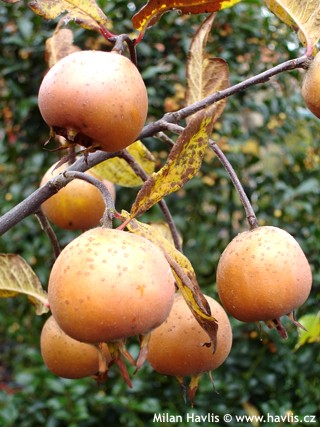
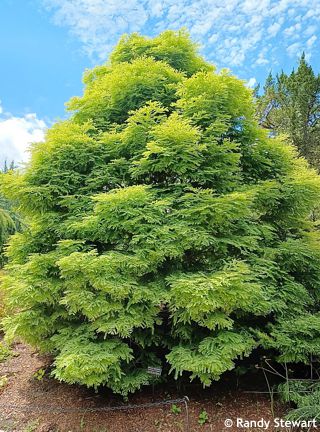
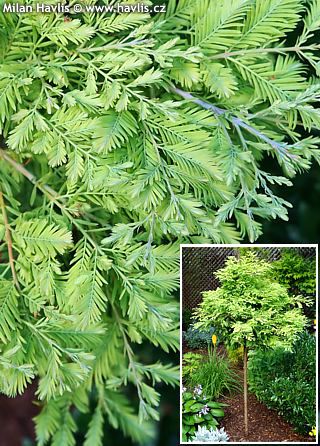
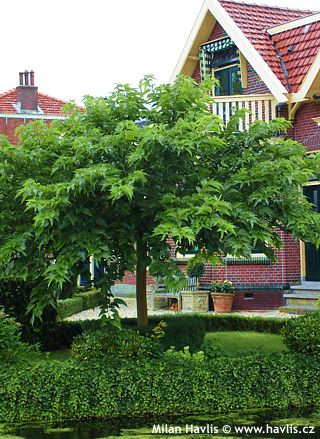
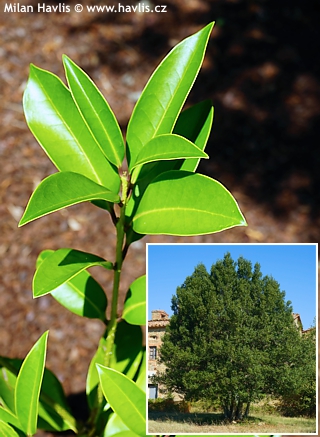
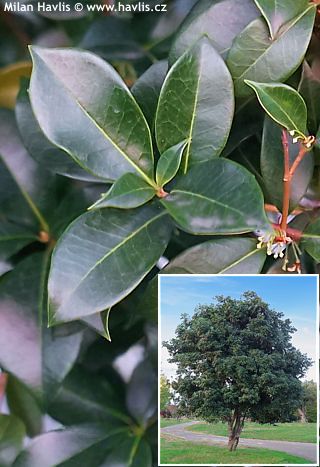
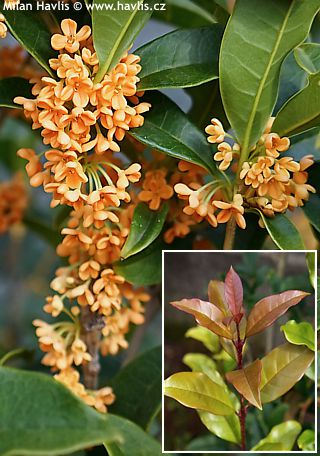
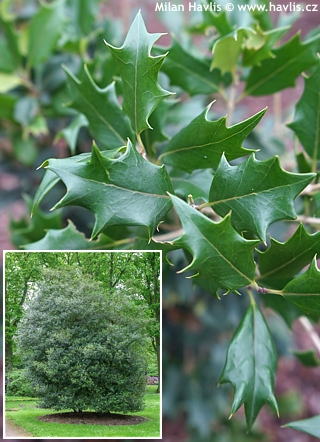
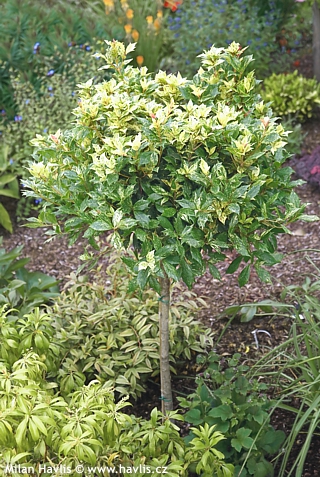
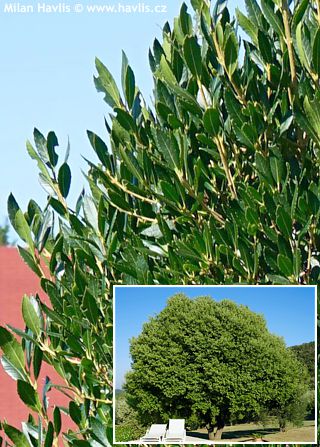
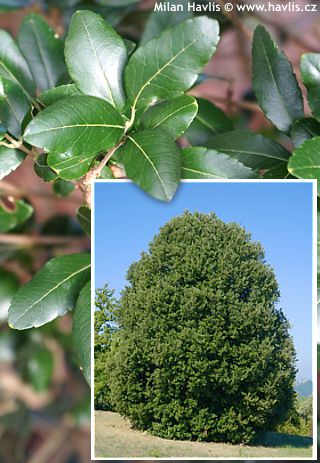
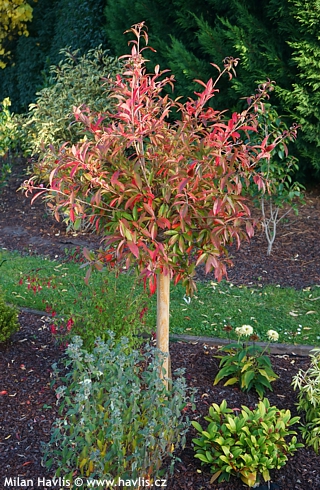
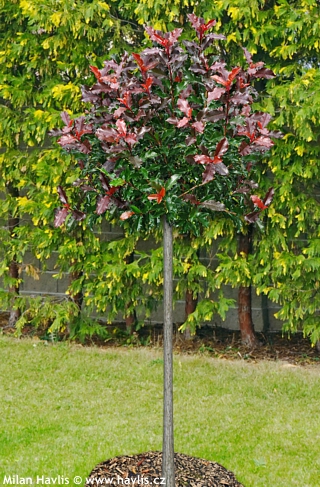
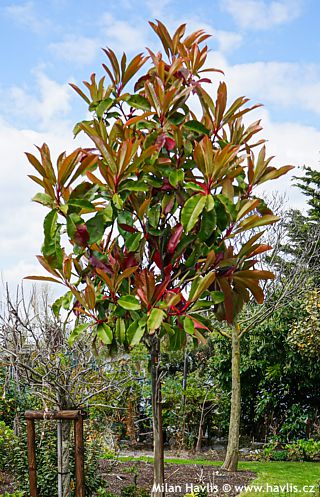
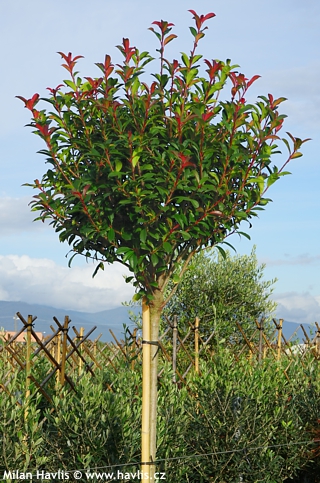
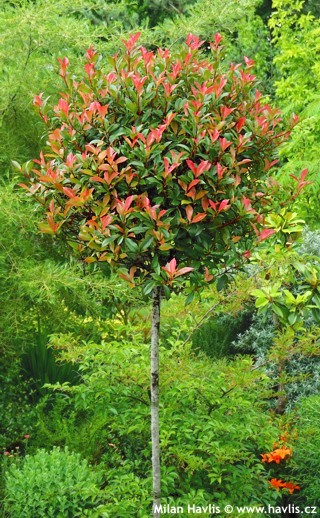
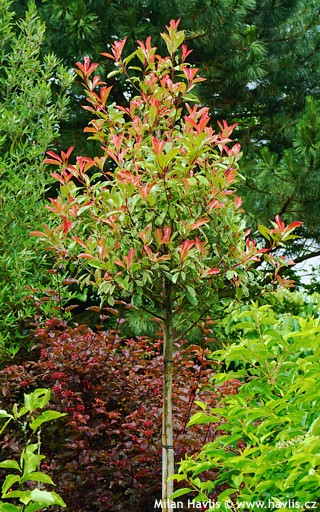
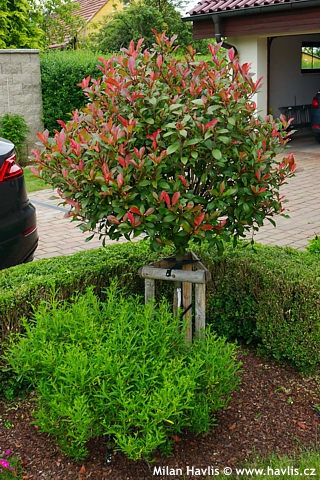
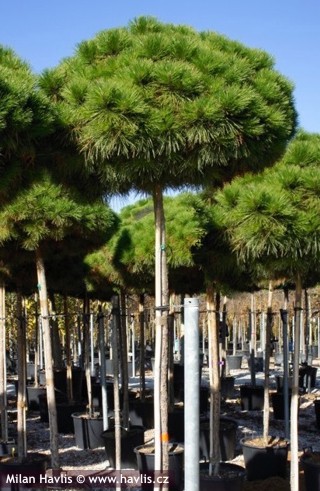
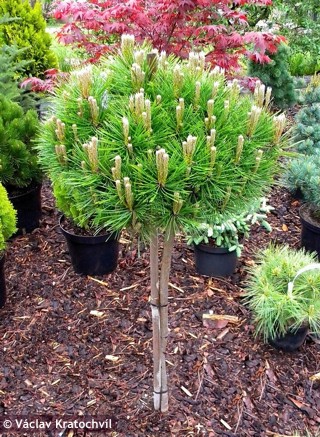
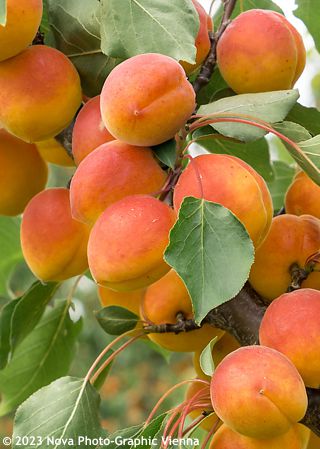
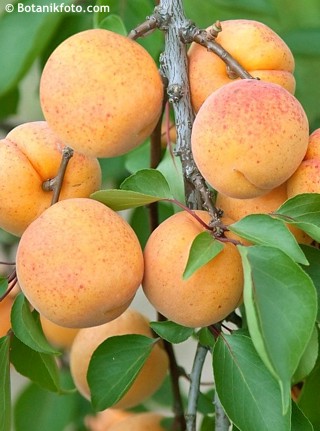
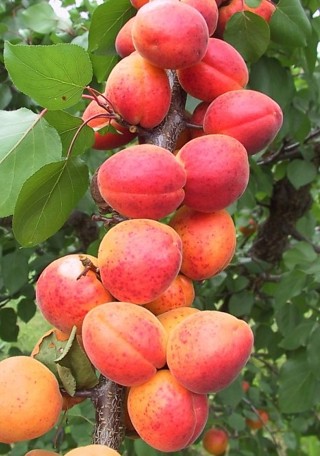
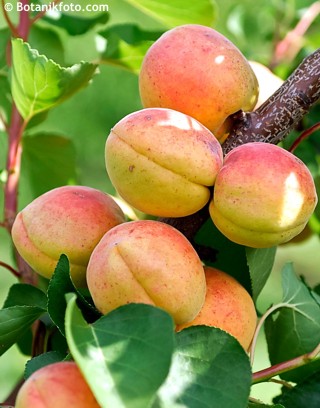
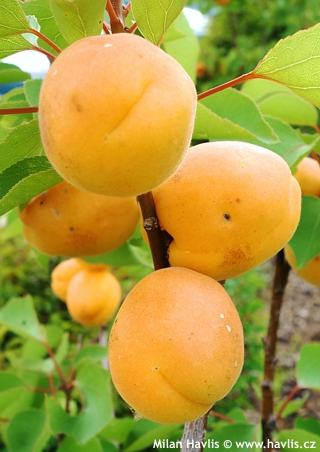
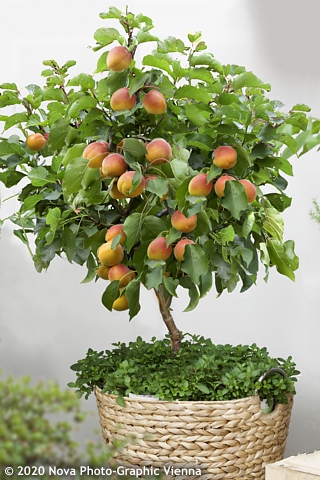
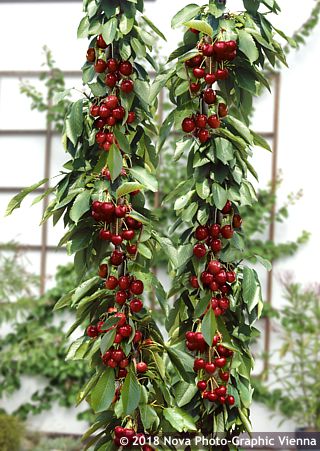
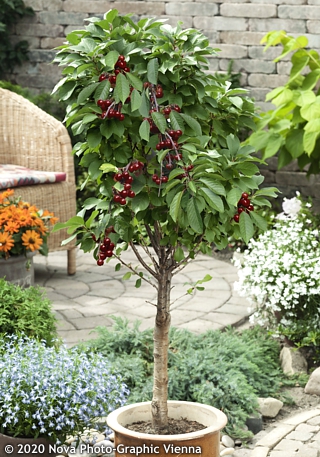
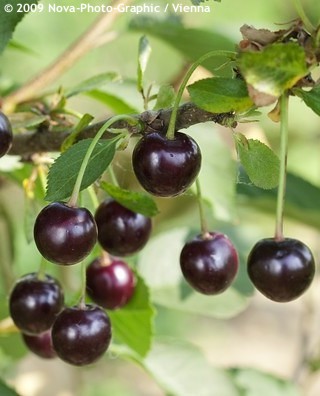
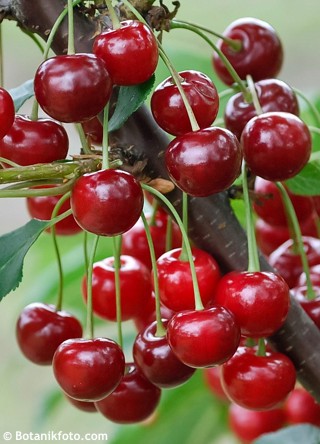
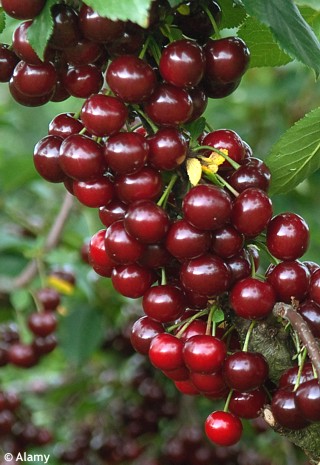
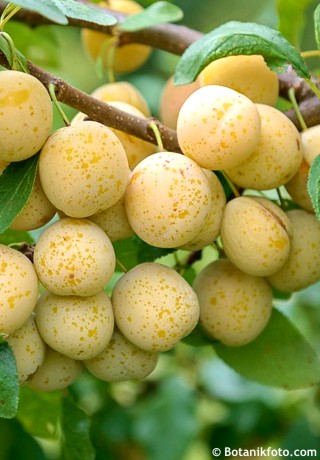
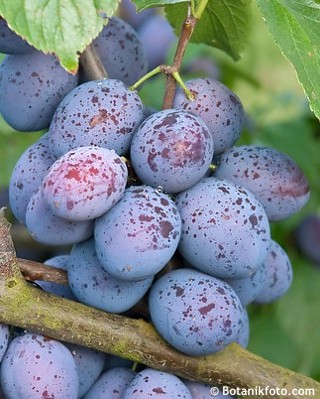
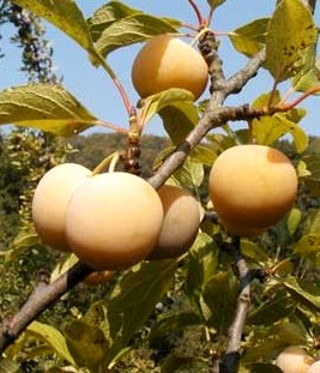
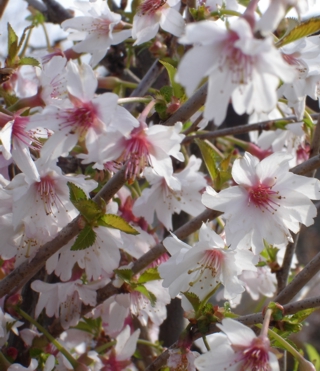
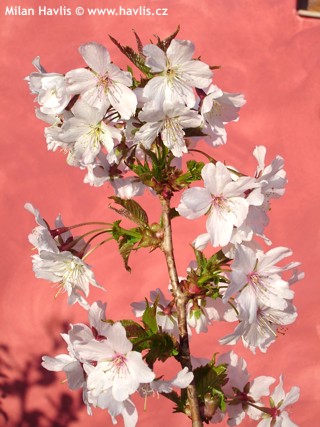
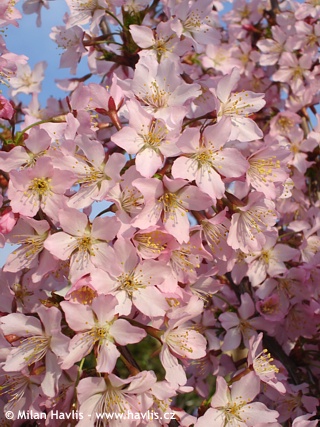
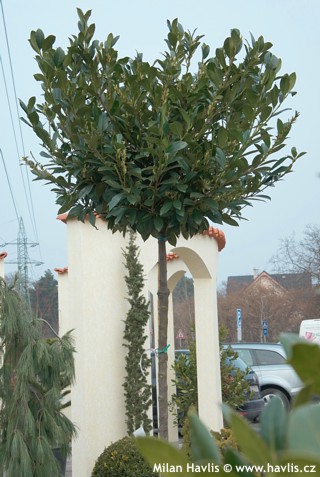
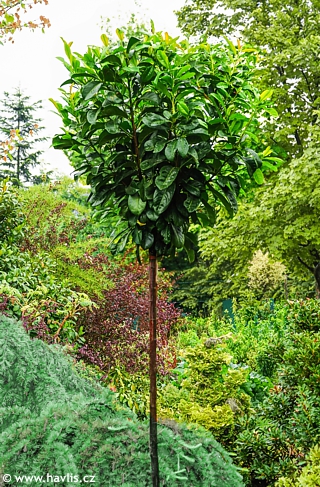
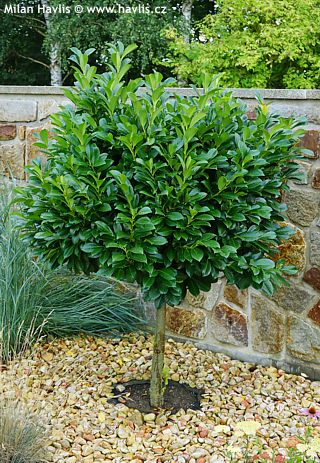
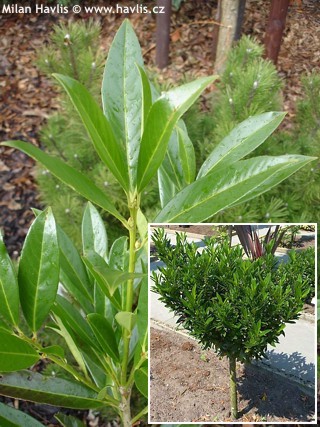
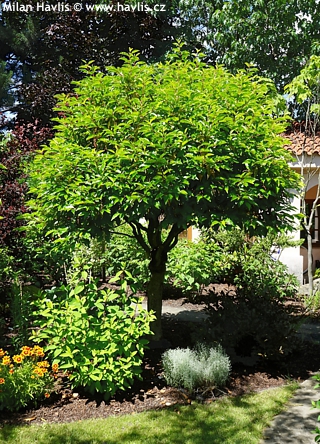
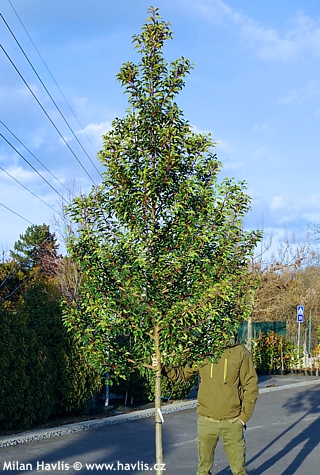
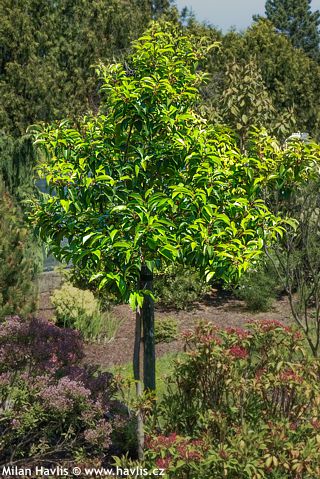
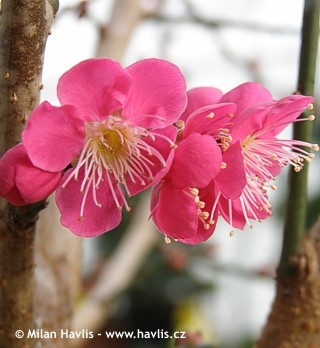
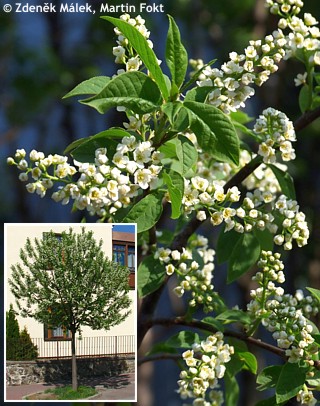
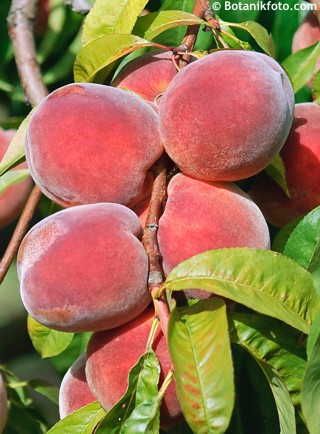
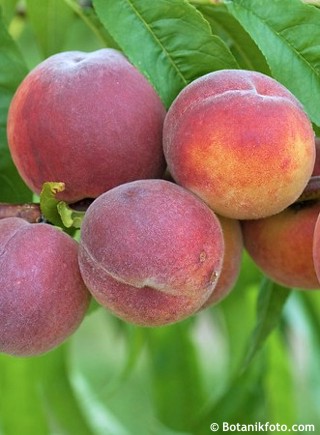
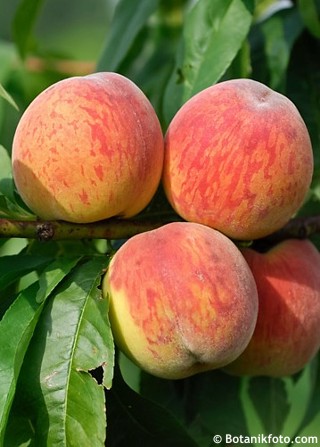
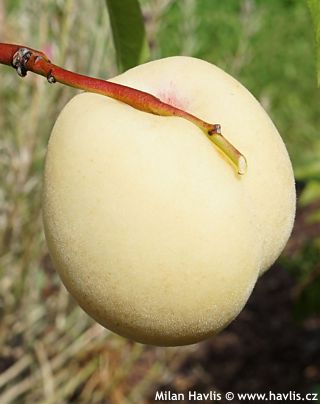
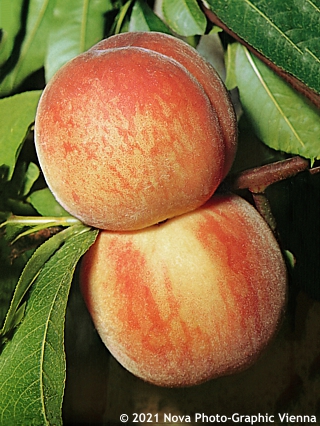
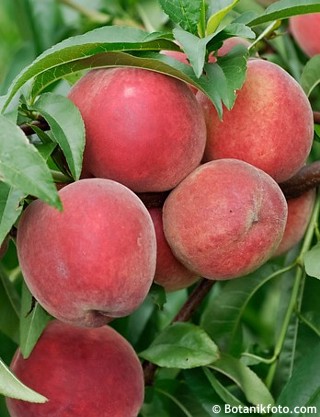
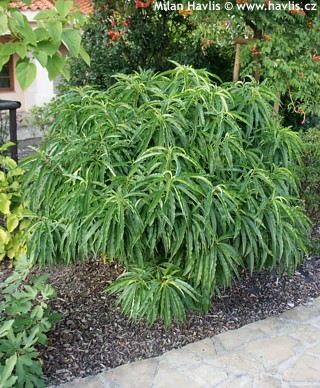
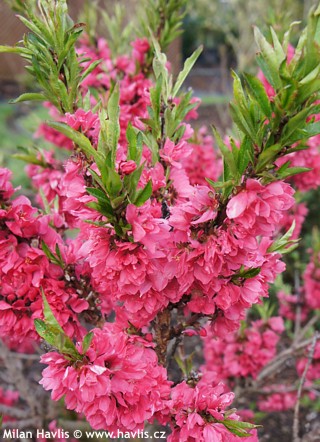
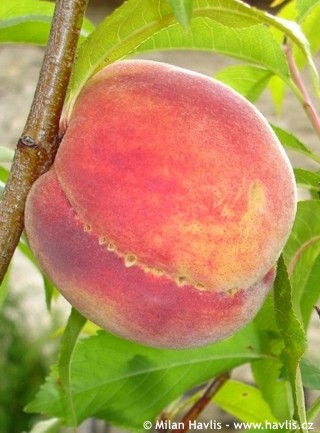
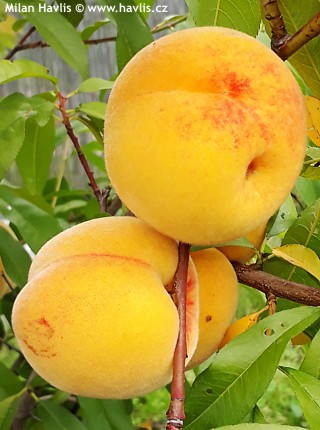
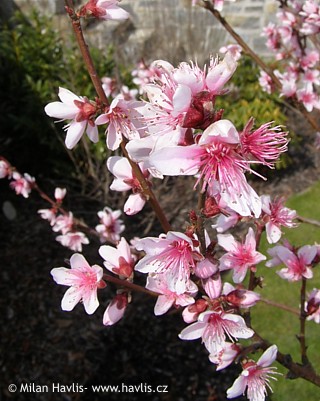
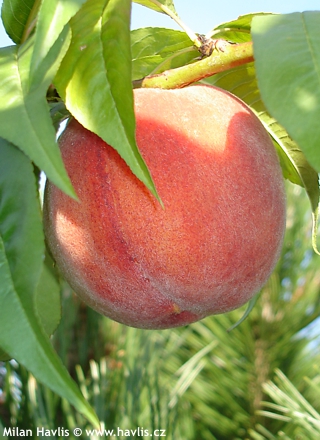
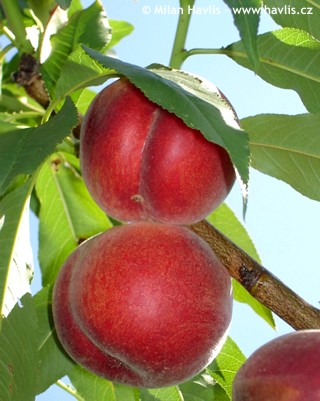

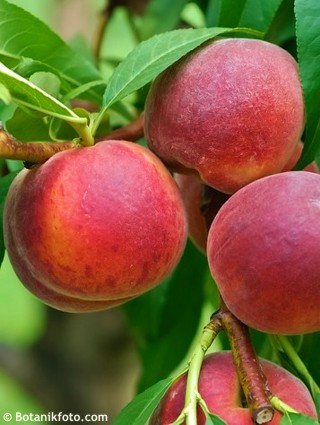
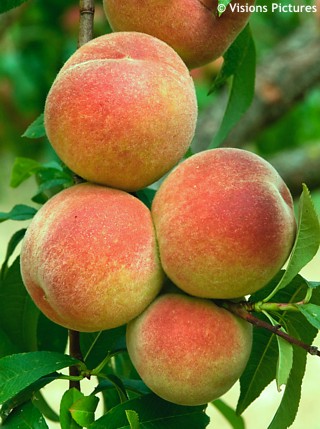
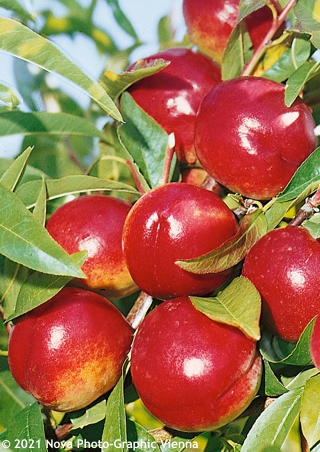
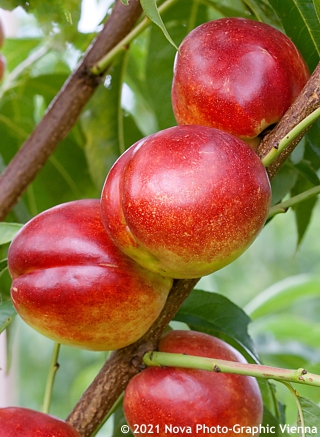
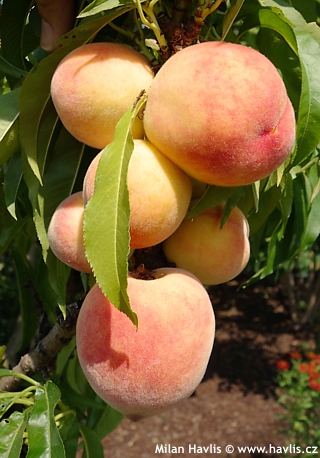
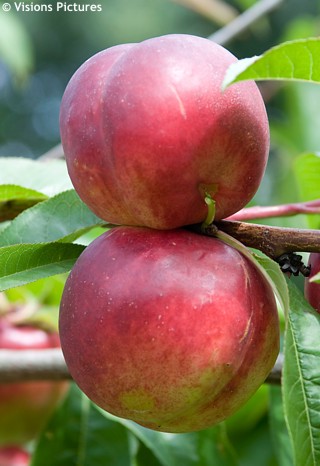
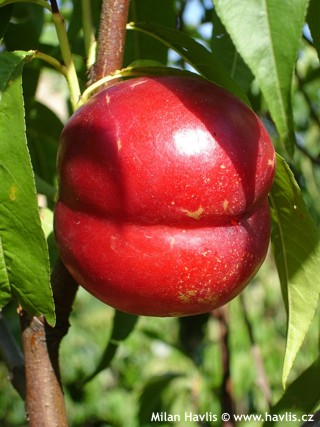
.jpg)
